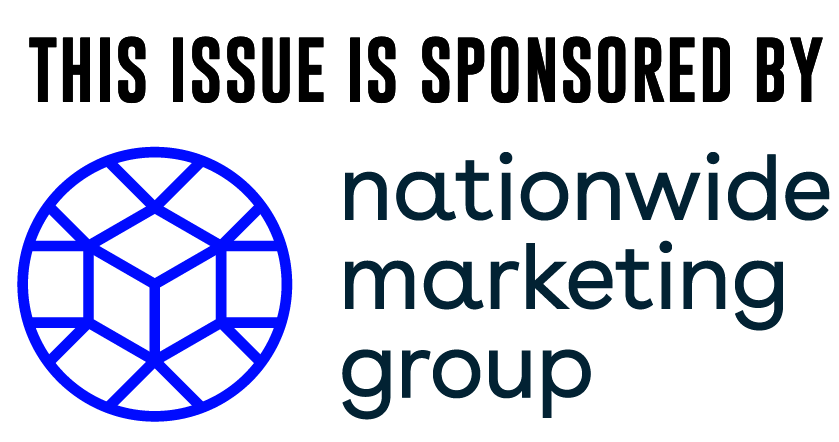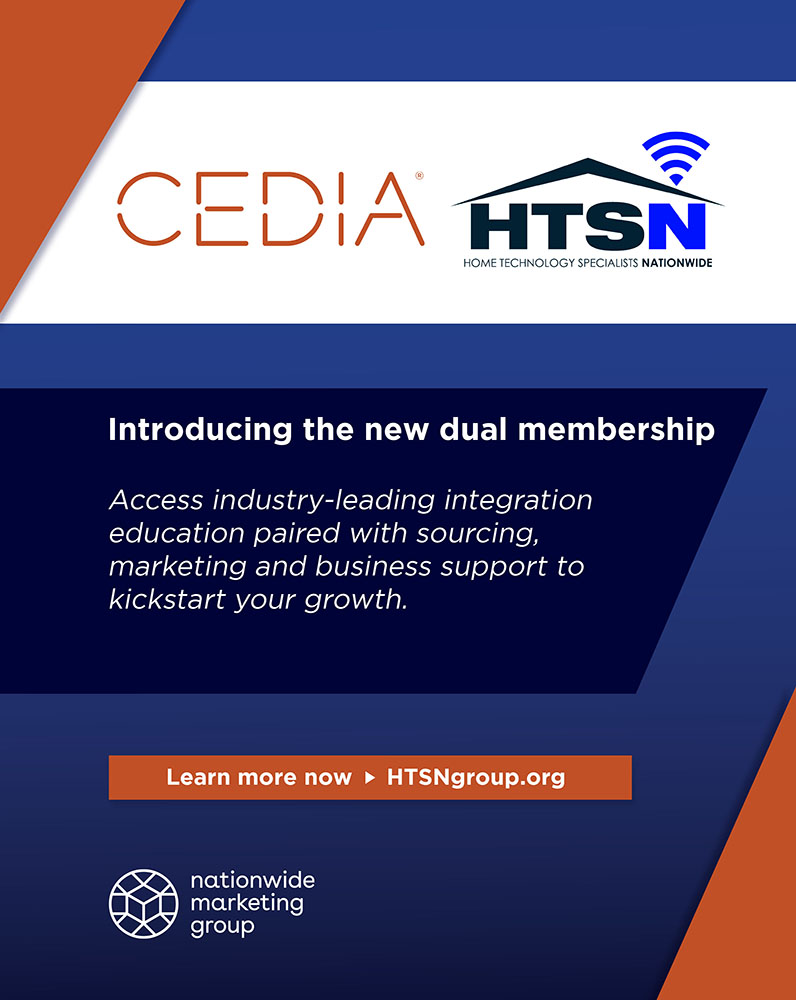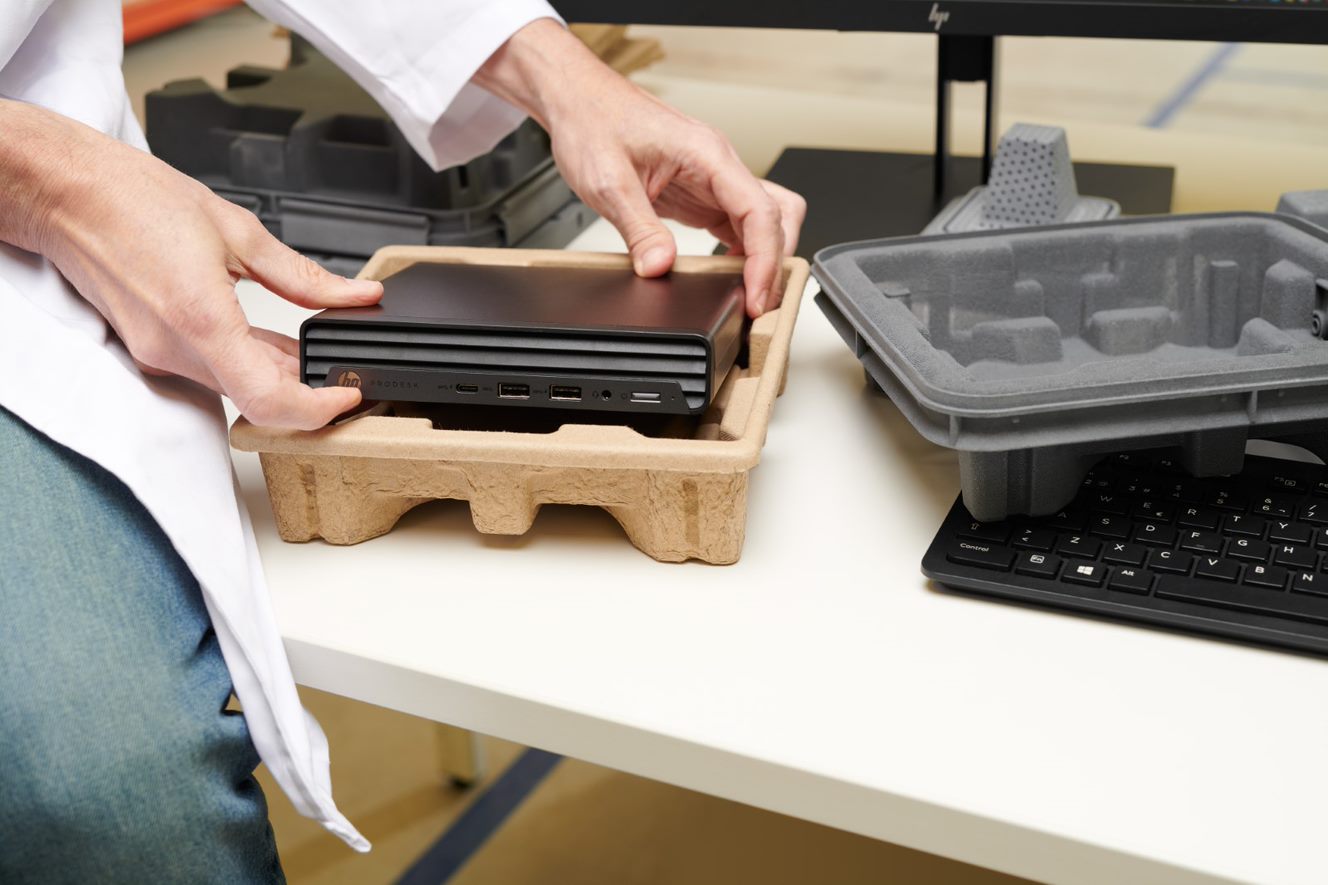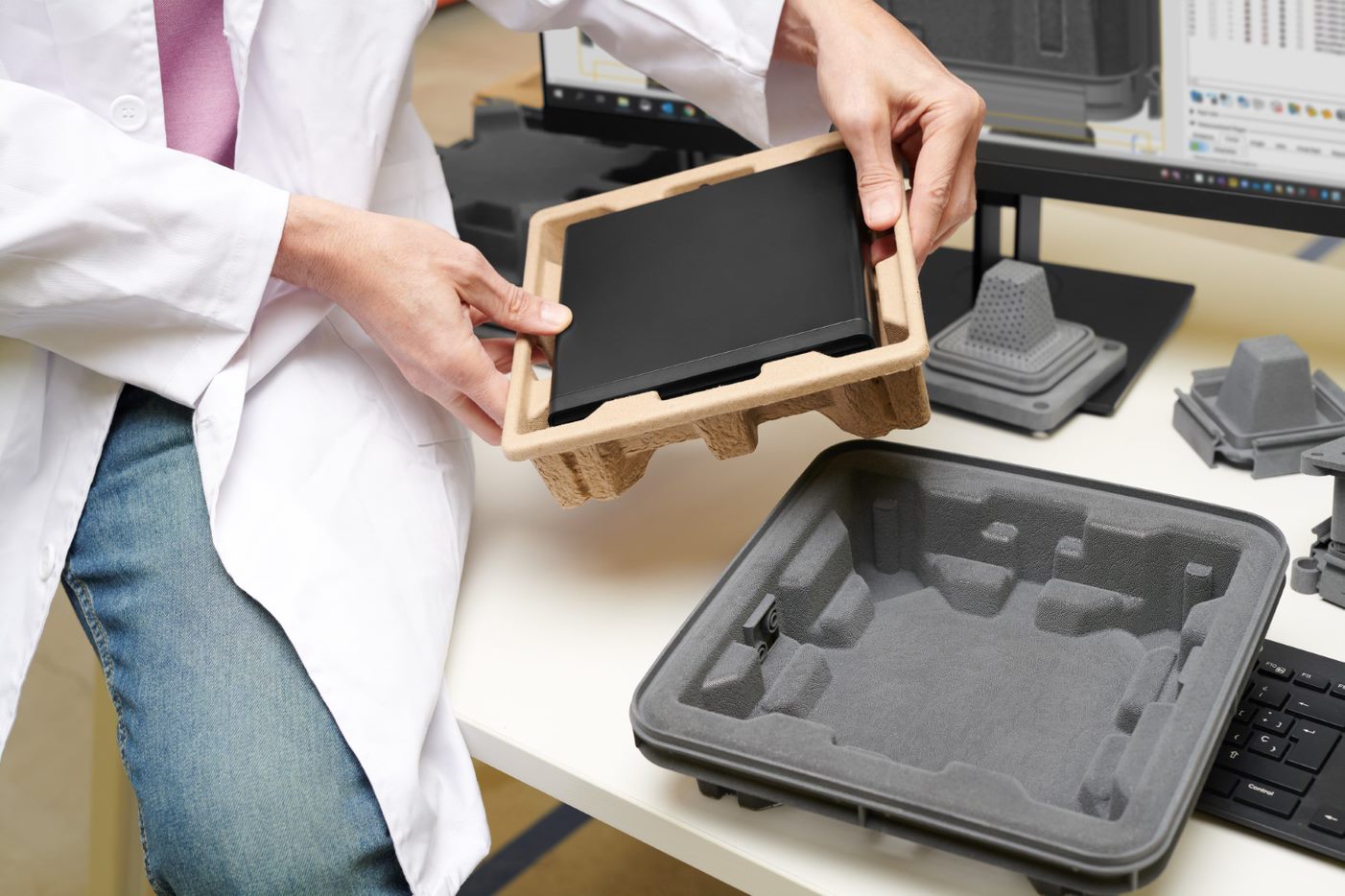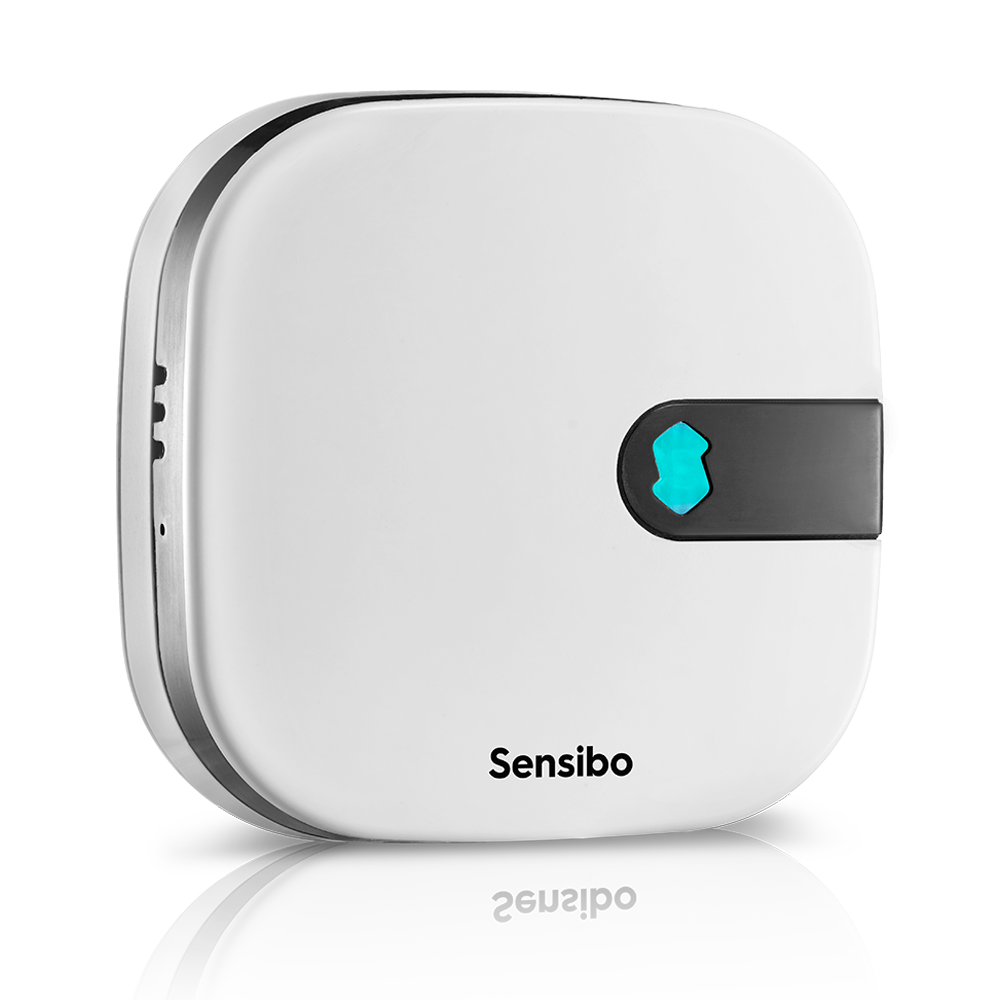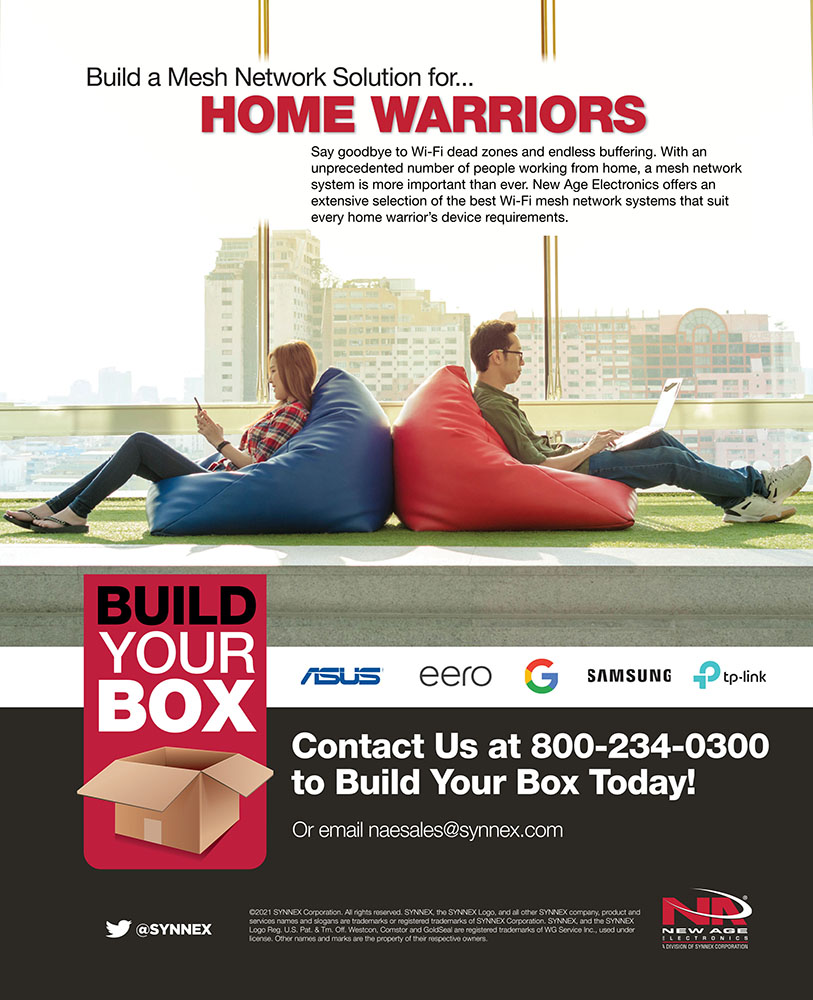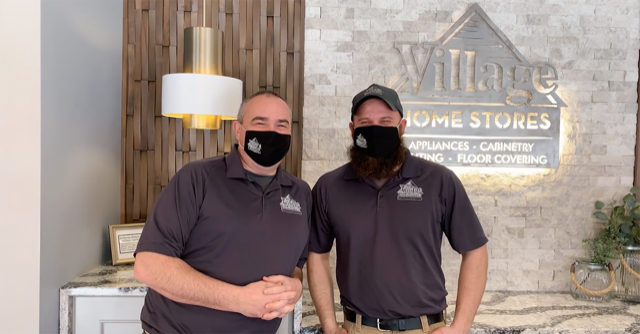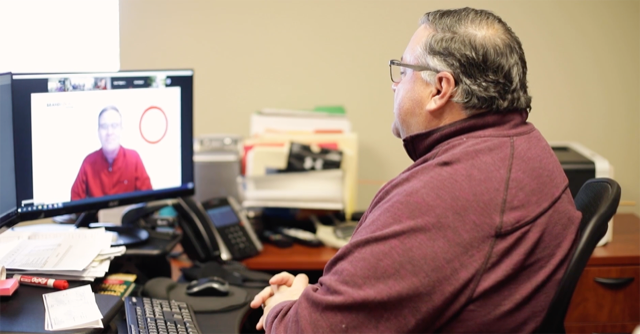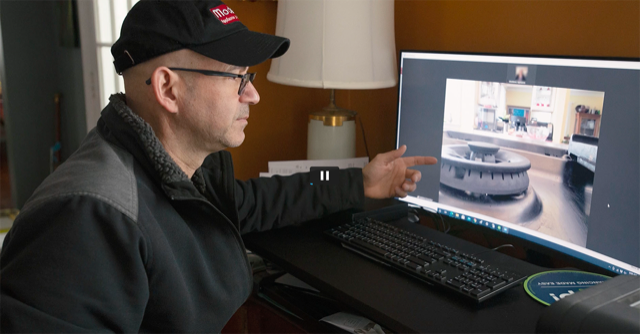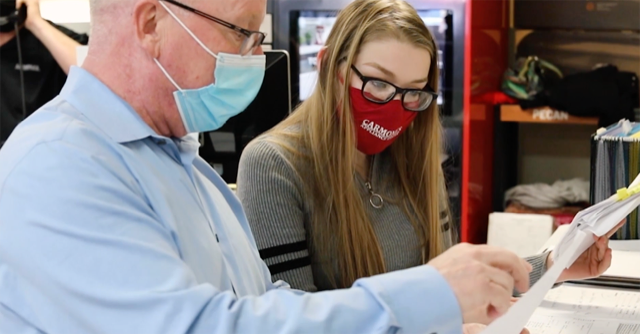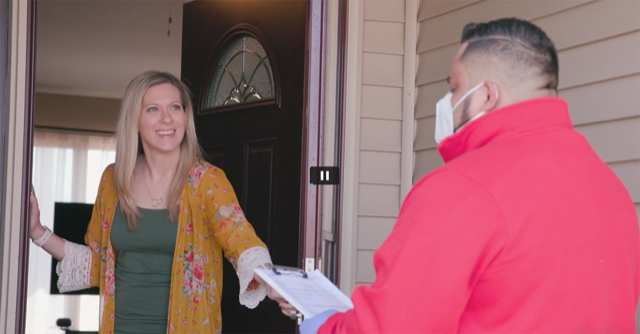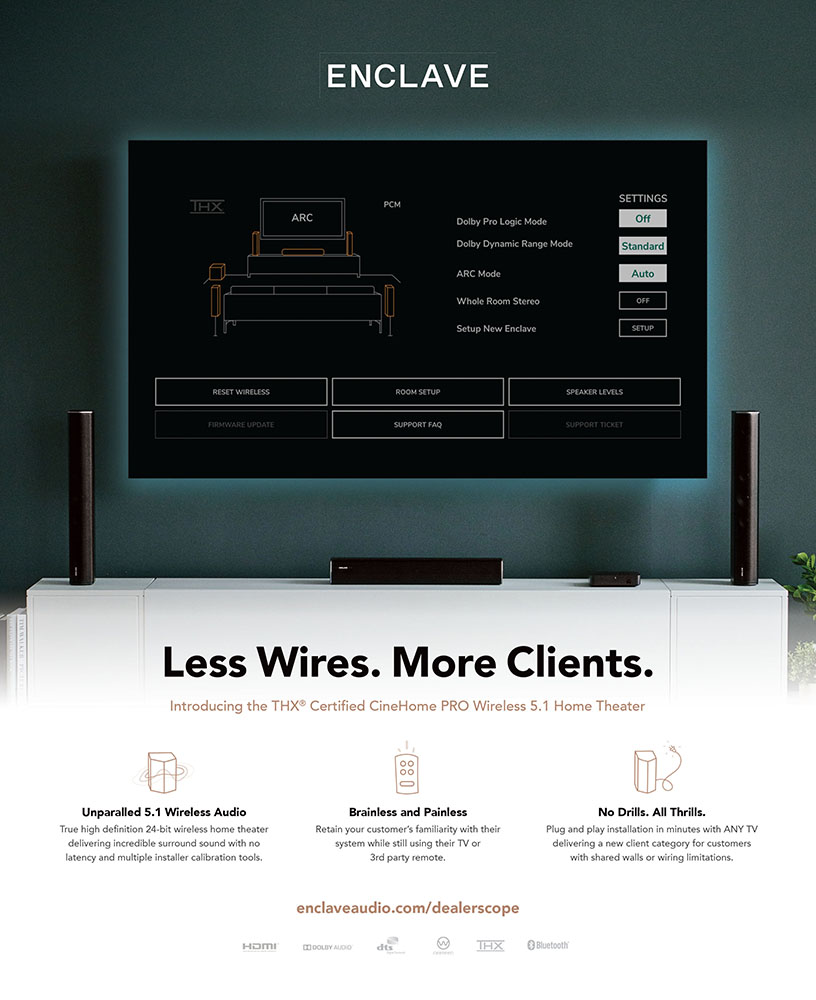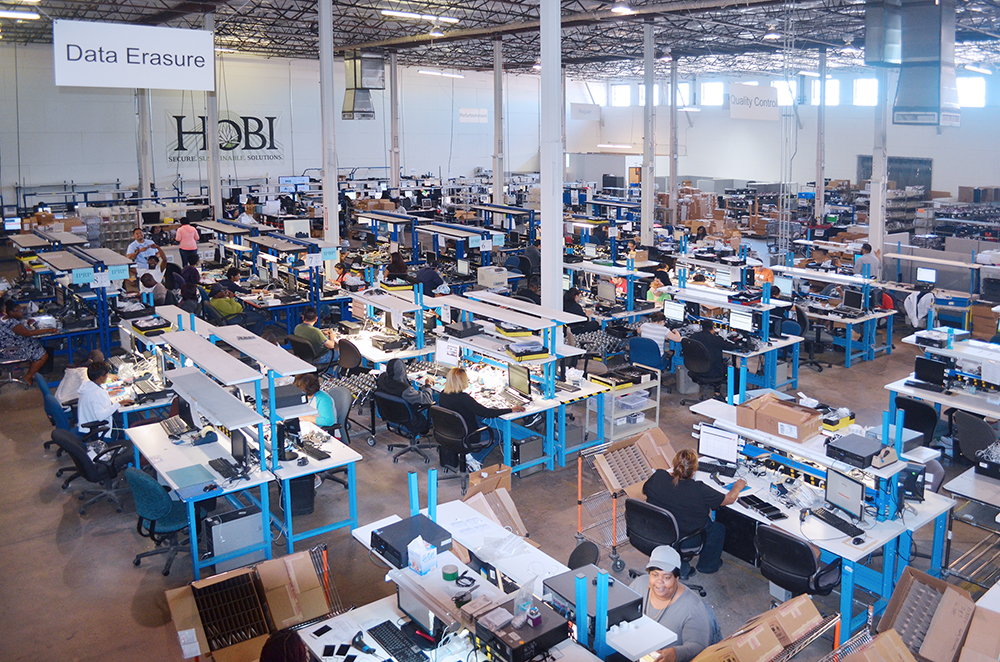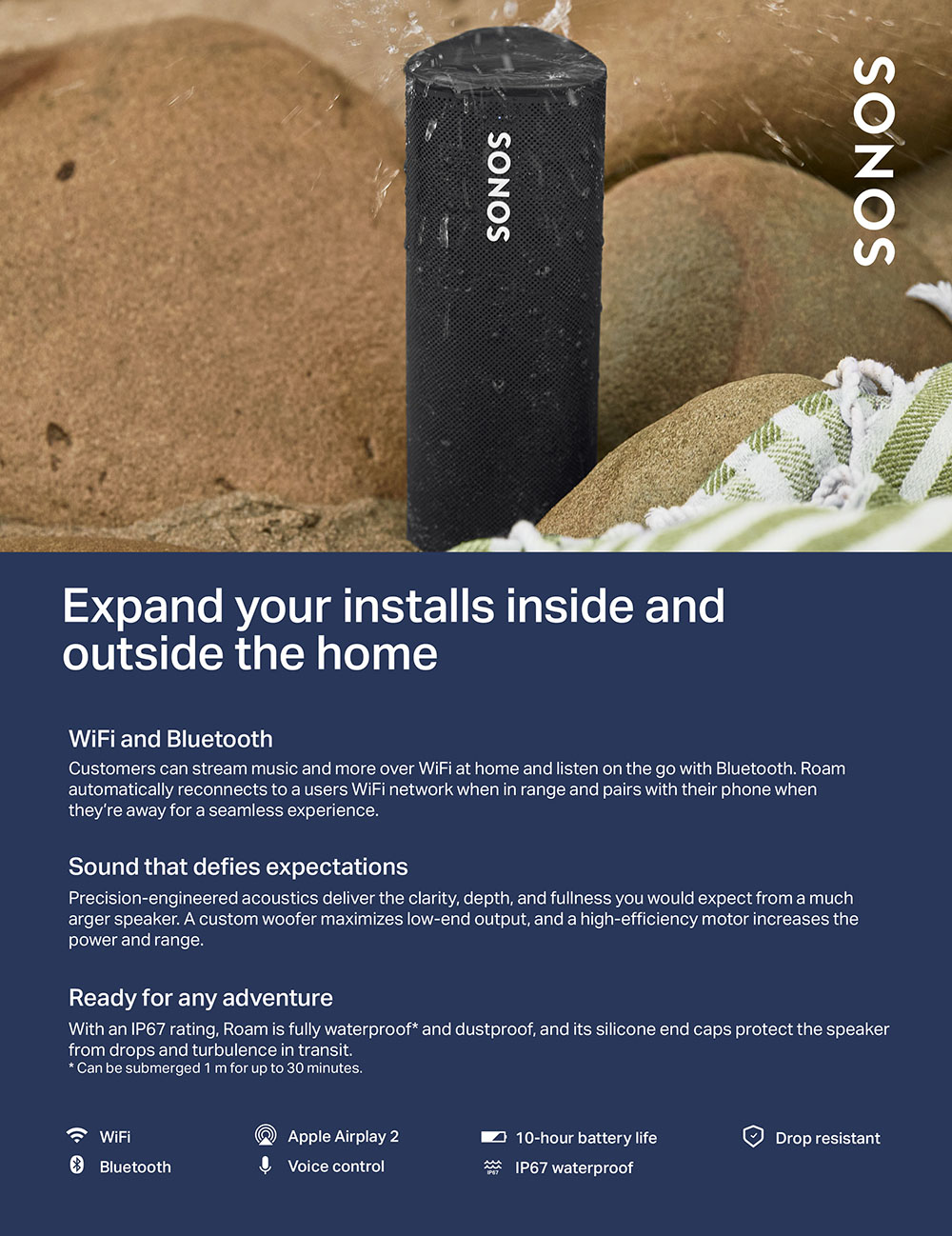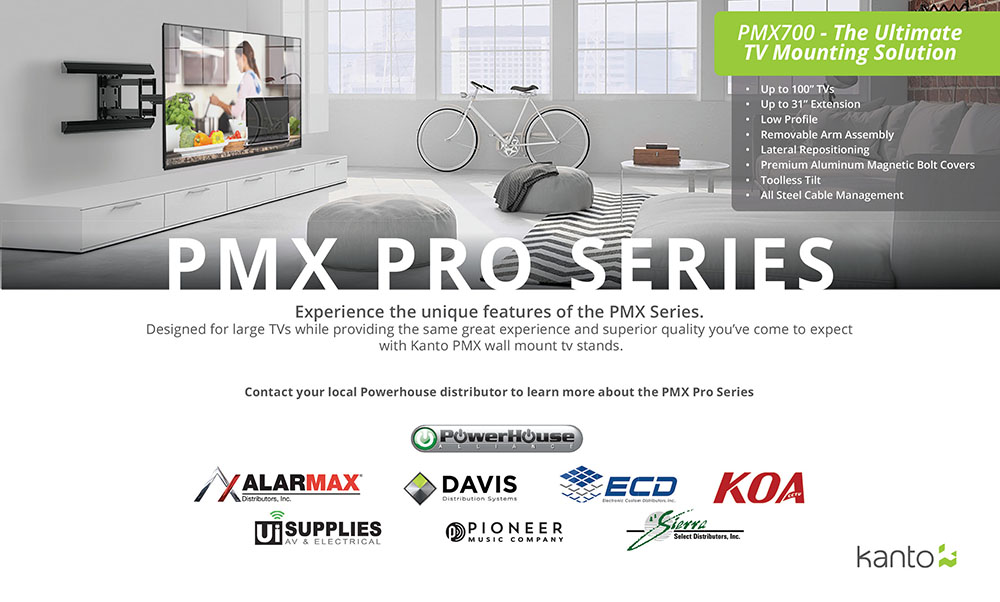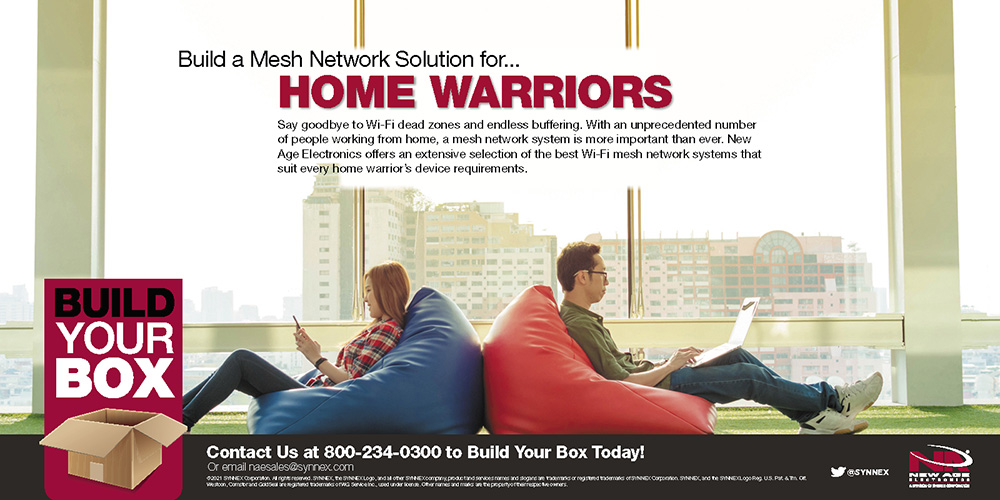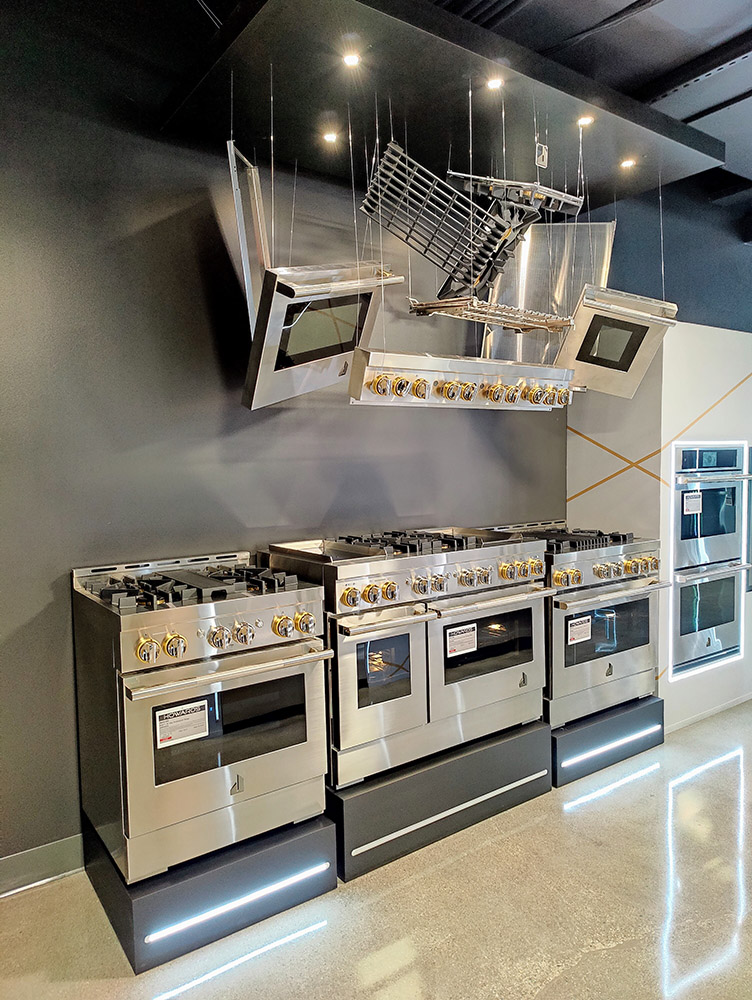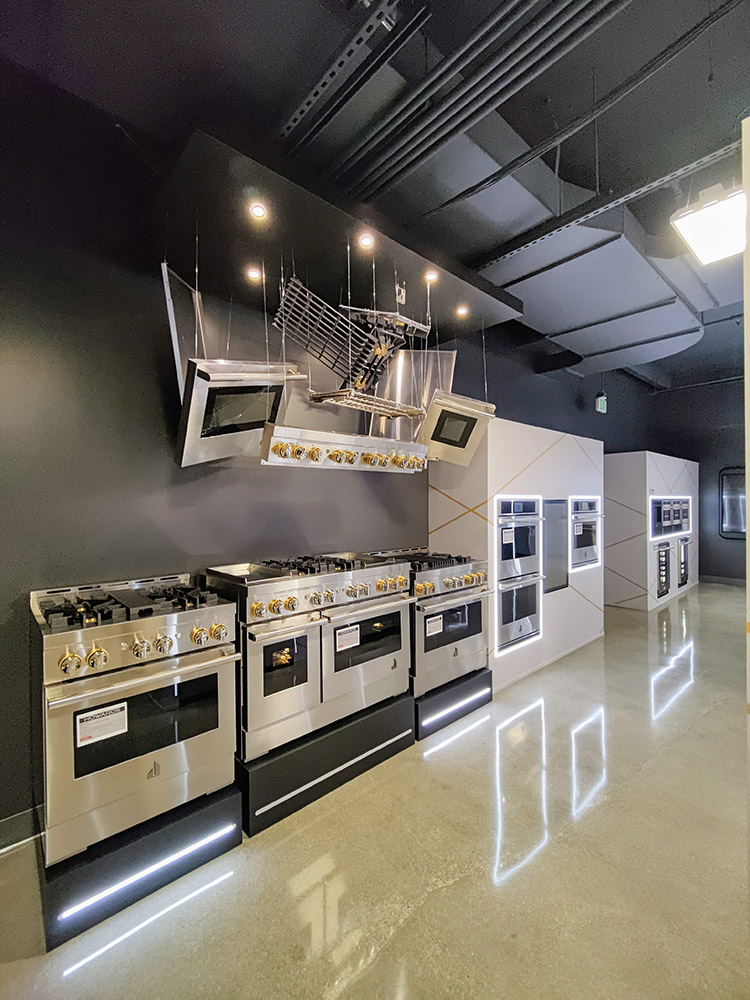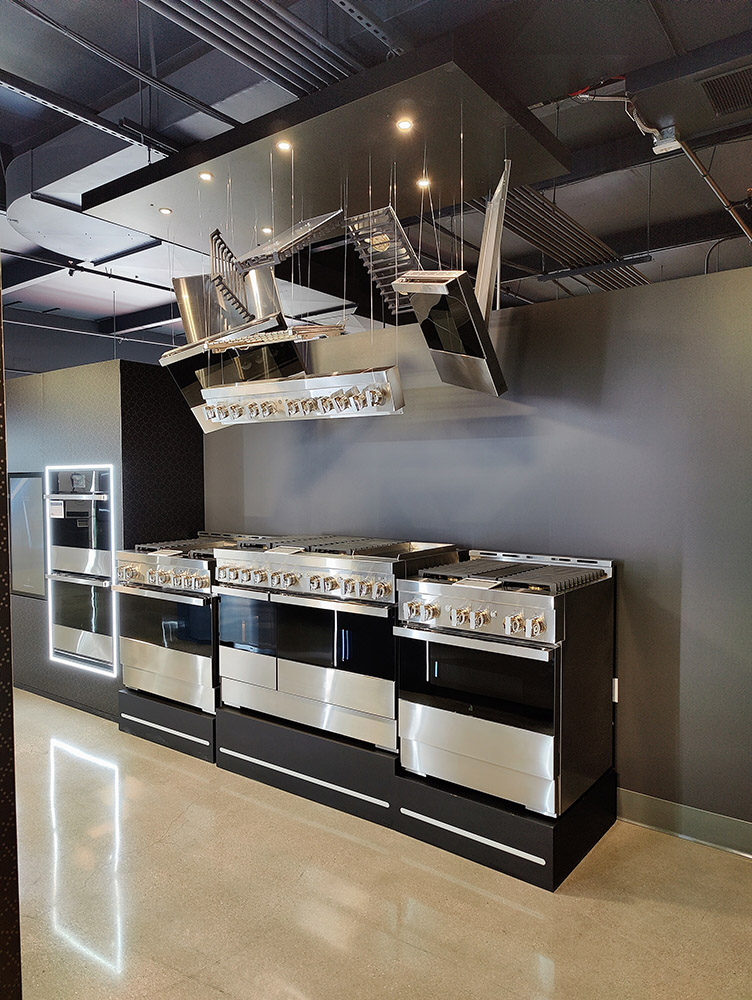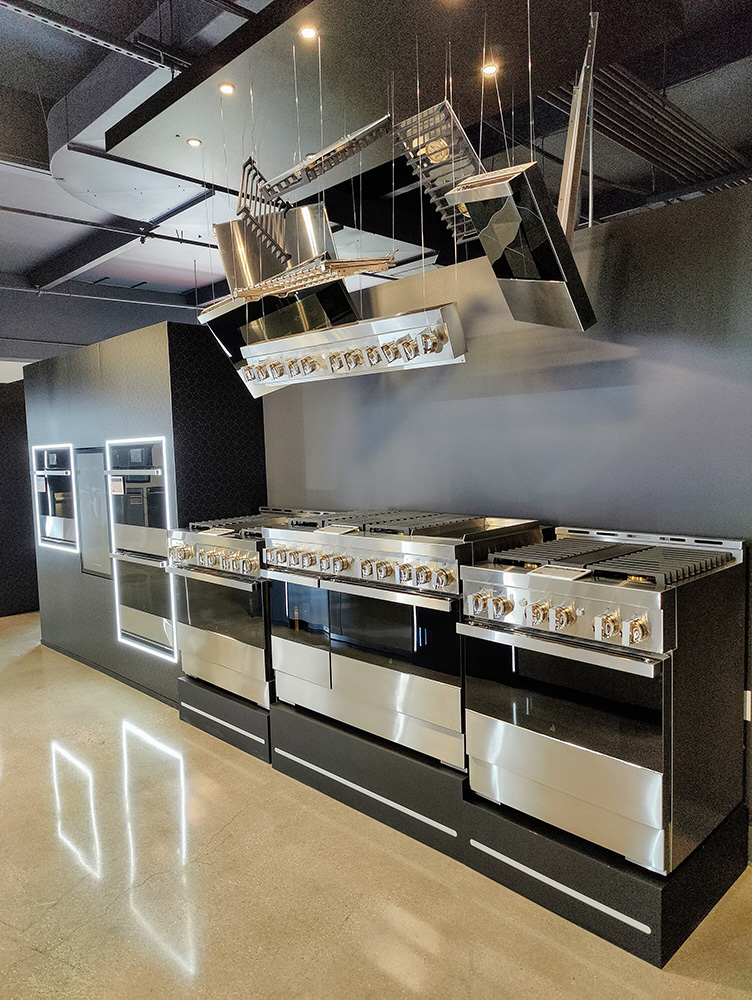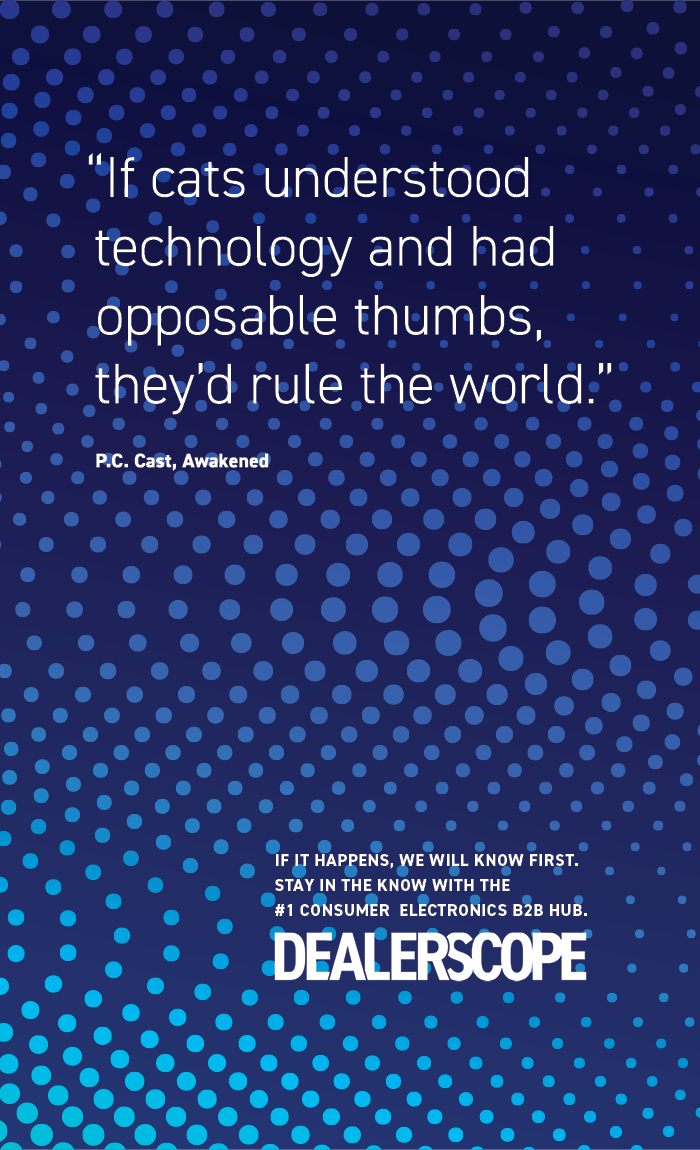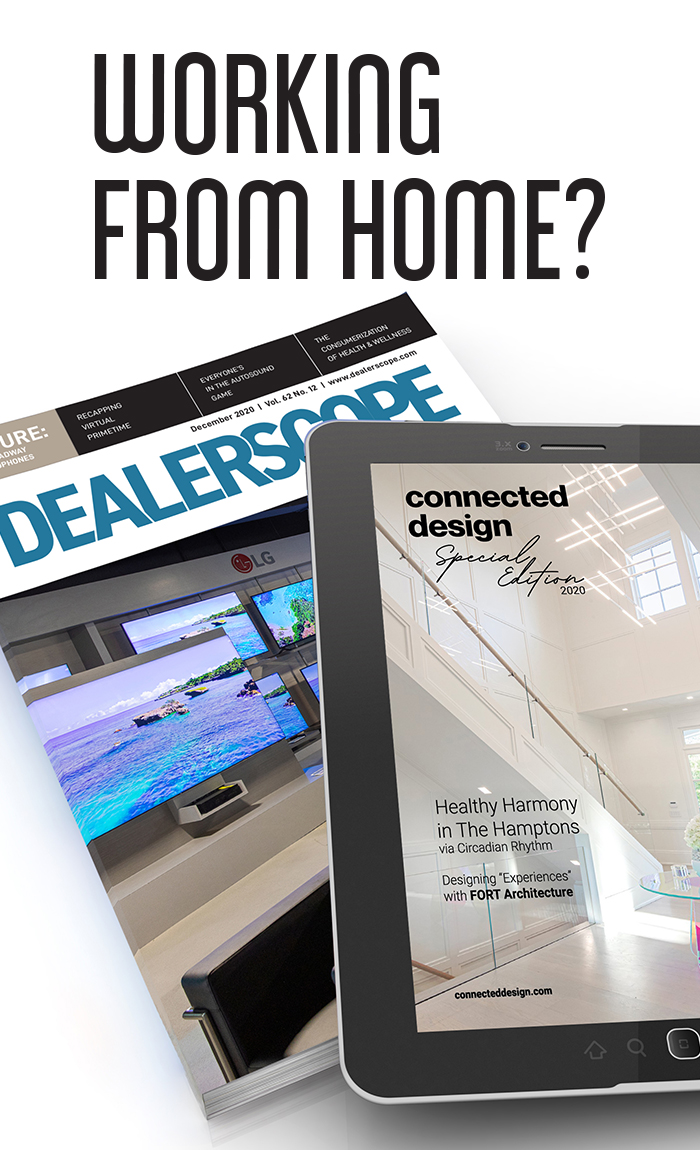Inside “The Sustanability Issue”: Our cover story focuses on which appliance and consumer electronics manufacturers, along with retailers, are leading the way in terms of “closed-loop” and other green initiatives. Plus, the future of AI assistants, a visit to the coolest appliance store in Southern California, and coverage of BrandSource, Nationwide PrimeTime, and SXSW.

Sustainability, as We Move Toward the New Normal in 2021

We are excited to have most of our April issue feature content on Sustainability. In this Dealerscope, you will find covered all aspects of Sustainability as they impact the consumer technology business. We zone in on sustainability leaders in the consumer electronics and retail spaces, look at innovations in packaging and offer profiles in “eco-courage.” We bring this theme as well into a feature on mobile phone recycling, view a great buyback and recycling car audio equipment program, and we look at how Sustainability is handled around the globe.
March industry events included Nationwide Marketing Group’s Primetime and BrandSource, both virtual. Please look in our issue and on our websites for in-depth coverage of these happenings; a lot of significant announcements were made at both. In addition, we are covering the virtual edition of SXSW. I have gone to this event in the last several years, and it is a wonderful gathering of panels and exhibitions on technology and innovation.
Our newest freelance contributing editor, Nancy Klosek, provides a financial services roundup where we see how that business sector has been impacted. (You didn’t think I would let Nancy get away…) Look in this issue, too, for articles on why consumers prefer buttons over touchscreens, on the new Alexa capabilities, on promising trends in audio, and much more.
Jessica Guyon, our Digital Diva, looks at the Clubhouse app and how to use it for business, and she unboxes the latest ECOVACS robotic vacuum. And, starting this month, we’ll introduce an “Events Section” in our issue and on our website where we will keep you informed on what’s taking place in our business that’s worthy of your attention both now and in the future.
Finally, I would like to introduce you to our new Editor in Chief, Tom Samiljan. I worked with Tom when we launched Time Out New York. Tom is a great writer and editor and a wonderful addition to our Dealerscope team. I am super excited to have him onboard and look forward to him sharing his vast knowledge on the technology and retail sides with you. I am sure you will see his influence in the months to come.
As ever, please send us your feedback. We want to hear from you.
Best always,
Tony Monteleone, Publisher
A WORD FROM OUR EDITOR IN CHIEF
It's Not Easy Being Green

When Dealerscope publisher Tony Monteleone and I last worked together on the launch of Time Out New York in the mid-’90s, little did we know that we’d be sharing the same masthead again well into the new millennium. Tony was Time Out’s ad director in charge of healthcare and national accounts and I was the editor of the “Byte Me” technology section. I left Time Out in 1999 to write about tech for Rolling Stone and Us Weekly, but Tony and I ran into each other at various consumer events over the past decade or so.
While at Time Out, I attended and covered my first CES, and have made the early-January trek to Las Vegas every year since then. I also went to my first IFA in 2005, as Technology Director of Cargo, Conde Nast’s men’s shopping magazine, and have attended one of the world’s oldest electronics and appliance trade shows several times ever since. I have covered technology from every which angle, at a variety of media outlets from glossy lifestyle magazines such as Men’s Journal and Travel + Leisure to tech blogs at Yahoo! and AOL. Even so, Dealerscope is a new direction and adventure for me. You could say I’m still a little green (more on that later).
While I haven’t spent as much time covering B2B topics, CE retail is in my blood. In the 1940s, my grandfather started the Mass. Motion Picture Service out of a storefront next to the Warwick Theater in Marblehead, Mass. — literally renting out (and running home screenings of) 16mm movies such as Algiers, Casablanca, I Married a Witch, and anything starring Laurel and Hardy, to name a few. Later, he went into business with two of my uncles, moving the store to a larger location in Lynn, Mass., where the renamed Mass. Camera Center sold everything from projectors and audio equipment to TVs and turntables. Here’s my late uncle, Ed Samiljan, who can be seen around the 14:38 mark in one of Polaroid’s early dealer announcement films from 1964. While that store has been no more for many years, I remember getting some of my first vinyl records, a Superman-shaped AM radio, and a turntable there as a kid.
Times have changed, and technology along with it. I’ve been happy to ride that wave ever since that first tech gig at Time Out New York all the way to Dealerscope today. As such, you can expect that we will continue to cover a lot of the industry news and trends that you have come to expect from us, as well as tap into the future of technology and its role in consumer electronics, appliances, and increasingly, omnichannel retail, which has become table stakes over the past 12 months of remote shopping. Stuck-at-home consumers are more tech-savvy than ever, and as adept at shopping for the best deals online as they are informed about TV resolutions and IoT. Smart manufacturers and retailers will need to stay on top of new technologies in order to maintain an edge.
Thanks to the stellar editorial chops and thorough professionalism of my predecessor, Nancy Klosek, I was fortunate to have inherited half of this April 2021 issue already taken care of when I arrived at Dealerscope last month, so the following pages are a bit of a hybrid. Even though she is no longer overseeing the magazine day to day, Nancy remains an integral part of Dealerscope as a contributing editor, and will continue to write for us every month. It will be tough to fill her shoes not only as editor of this publication, but also as someone with deep industry relationships. On that note, I look forward, as soon as this pandemic subsides, to connecting in person with the many people behind the products, brands, retailers, and technologies that are featured in Dealerscope issue after issue.
With Earth Day coming up on April 22, I managed to squeeze in a few articles on sustainability, a topic that may not seem that new, but is nevertheless an essential element of any business playbook today, not to mention a direction in which we must all go to help reduce the effects of climate change. Sustainability is also an increasing expectation from consumers. They may suddenly be more tech-savvy today, but tomorrow they will also be more eco-savvy — and demand that the products they buy and the stores where they shop are, too. On that front, smart manufacturers and retailers will also need to make sure they are proactive on everything from carrying sustainable products and offering trade-in programs to making their offices and stores more energy efficient. As you’ll read in this issue’s sustainability-focused articles, many companies are already doing it. It’s not always easy being green, but rest assured, you won’t have to do it alone anymore.
Yours sincerely,

Tom Samiljan


Green Lights
Corporate sustainability has come a long way in the past decade. Here is how it’s rolling out in the appliance, consumer electronics, and retail spaces.
BY TOM SAMILJAN
Sustainability is such a buzzword these days that it can seem meaningless, especially when big tech and retail talk pledges to reduce emissions, invest in eco-technologies, or pay for carbon offsets. But brush off those self-satisfied marketing messages and seemingly hyped-up initiatives as just more “greenwashing” would be a mistake, especially for the retail sector. On a straight-up, save-the-Earth level, it’s essential: In January, research by the Boston Consulting Group and the World Economic Forum found that eight supply chains, including electronics, freight, and automotive, accounted for more than half of all global emissions. That’s why big retail from Amazon to Best Buy to Walmart, along with appliance and consumer electronics manufacturers, are doubling down and accelerating their sustainability initiatives.
Another motivator, of course, is the Paris Climate Agreement, which the United States recently rejoined, and its goals of reducing global emissions in half by the end of this decade. But the Paris Climate Agreement is not even the most ambitious of accords, some of which are coming from the private sector. Just last month, a consortium of tech companies including Dell, Google, Microsoft, and Vodafone, announced the formation of the Circular Electronics Partnership (CEP). This new platform aims to encourage, facilitate, and invest in systems that develop and implement “closed-loop” products and services — think recyclable packaging, materials, and gadgets — in the electronics sector.
But it’s not just a concern for the environment: Not only is it estimated that unchecked climate change will affect the bottom line — approximately $1 trillion is at risk due to climate change through 2024 per 215 global companies surveyed in a 2019 CDP report — but consumers young and old also increasingly demand sustainability when shopping. Over the past year of mostly mail-order e-commerce, more than 72 percent of Americans said they would be more likely to buy from companies that have sustainable shipping practices, according to a 2020 Harris Poll, while a 2020 IBM and National Retail Federation study found that 70 percent of shoppers in the U.S. and Canada place a high value on eco-friendly brands.
And there’s progress from the consumer technology sector. Even though the consumer electronics industry grew by 11.4 percent between 2017 and 2018, it was responsible for 7.4 percent fewer emissions, according to the Consumer Technology Association (CTA).
These days, it’s hard to find a company in any sector that hasn’t deployed some kind of sustainability practice — just go to that tab on its website and you’ll find an entire section devoted to eco-practices. That goes for many appliance and CE manufacturers and retailers, as the entire subsection on sustainability at CES 2021 demonstrated. Some companies in this sector have been focused on sustainable practices for more than a decade, while others are just getting started. Here are some current highlights in the space.
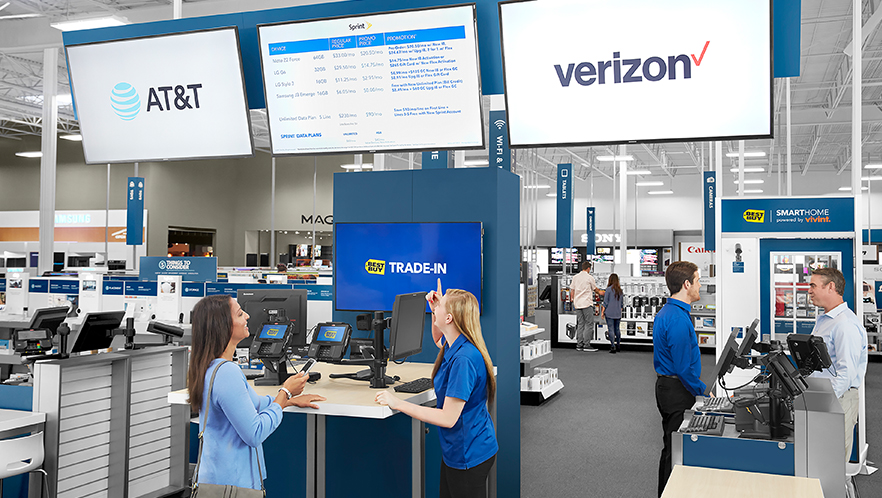
Trading Out and In
Best Buy has singularly addressed its role as an electronics retailer in the proliferation of e-waste by leading on eco-trends for more than a decade; its well-known trade-in and recycling program has processed more than two billion pounds of both appliances and electronics since it was first launched in 2009. The program is the largest electronics and appliances program in the U.S. and also the most comprehensive: In exchange for gift cards on newer products, anyone can trade-in or submit a wide range of items including TV and audio, cell phones, cameras, car audio, CDs and DVDs, and appliances. For ink and toner, the store will provide $2 in credit toward the next purchase. And even though it’s not free, Best Buy makes disposing of bigger items a cinch with its haul-away service that’ll go to homes and pick up everything from big TVs treadmills to dishwashers and wall ovens.
The store has added a boatload of additional initiatives over the past 10 years, including a special shopping category devoted to sustainable products, a marketplace for pre-owned refurbished gadgets, energy-saving LED lighting in its stores, and a fleet of hybrid GeekMobile vehicles for its GeekSquad house calls.
Corporate Collaboration
As with many tech companies of late, Best Buy has also signed on to The Climate Pledge, a global pact among companies to reduce carbon emissions to net-zero by 2040. Founded by Amazon and political and communications strategy organization Global Optimism, the Pledge has already been signed by 31 companies, including other tech firms such as IBM, Microsoft, Rubicon, Schneider Electric, Siemens, and Verizon — all of which have agreed to collaborate on the 2040 goal by updating their business and manufacturing methods, as well as quantifying, sharing, and offsetting their greenhouse emissions “Our ambition in joining forces with Jeff Bezos and Amazon was to get large, tip-of-the-spear companies together at a pre-competitive level to establish a framework for cutting operational emissions across supply chains with the greatest ambition,” says Global Optimism’s founding partner, Tom Rivett-Carnac, who previously worked the Paris Climate Agreement in his capacity as Executive Secretary at the UN Climate Convention. “Time represents ambition because it improves the chances of staying below 1.5 °C (34.7 °F), according to scientists.”
Besides its work on The Climate Pledge, Amazon is active on many sustainability fronts around electronics and appliances, including reducing the immense amount of waste inherently involved in shipping packages. As anyone who has ever had to pry open a shrink-wrapped box containing a smartphone or earbud can attest, e-commerce and consumer electronics businesses — despite some advances in eco-packaging — still use a lot of cardboard, plastic, polystyrene, and paper to store and transport products in a safe way.
Amazon has cut down the packaging it uses by 900,000 tons, or about 1.6 billion shipping boxes, since 2008.
In addition to making packages and product boxes easier to open, Amazon’s Frustration-Free Packaging program collaborates directly with manufacturers on innovative e-commerce-optimized packaging designs that reduce the use of materials. For example, Hasbro, which started phasing out plastic packaging in 2020, developed with Amazon a sustainable, mail-order-friendly container-cum-shipping box for its Baby Alive doll that reduces the open space around the toy inside and eliminates the see-through plastic window, which is no longer necessary since it won’t be sitting on a store shelf. Corporate collaborations such as these have helped the e-tailing giant cut down the packaging materials it uses by 900,000 tons, about the same as 1.6 billion shipping boxes.
On a product level, the Amazon-owned Ring has recently released a series of nifty solar-powered products, including a solar panel to power its Spotlight Camera, a solar charger to power the Ring Video Doorbell, and the new, motion-sensitive Smart Lighting Solar Pathlight, several of which can be staked into the ground to illuminate walkways with no need for complicated wiring or custom installations.
What about all those carbon-emitting delivery trucks that aren’t doing climate change any favors? As part of its Climate Pledge activities, Amazon bought 100,000 electric vans from Rivian to use in its home delivery operations. Already the Rivian delivery EVs are rolling out in Los Angeles and San Francisco, with plans to get 10,000 on the road in 16 U.S. cities by the end of 2021. With Tesla and GM working on higher-capacity battery platforms and bigger electric vehicles, it’s only a matter of time before getting delivery ceases to be a carbon-emitting issue.
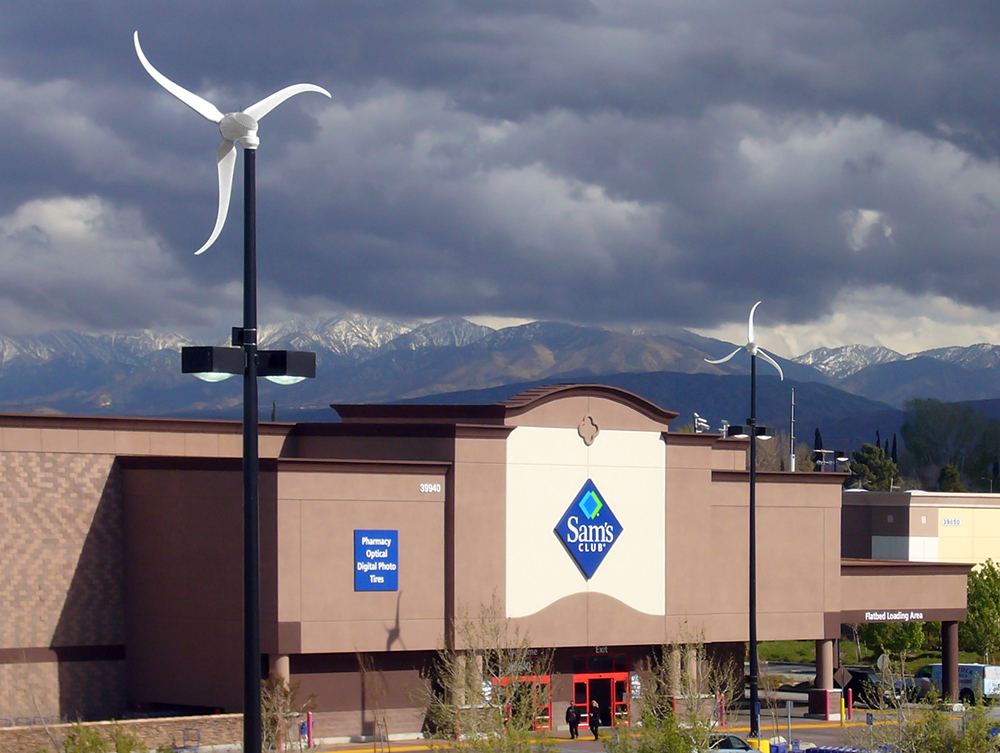
Supplier Side Sustainability
While it hasn’t signed the Climate Pledge, another e-commerce and big-box giant, Walmart, has been working on sustainability initiatives since 2005, when it set a goal to one day transition to 100 percent renewable energy. Through investments in renewable energy technologies and companies, along with upgrading to solar- and wind-power infrastructure at many of its stores, Walmart is moving forward on its goal to get to at least 50 percent renewable energy by 2025.
Part of the solution not only for the renewable energy goal but also broader aim to achieve net-zero emissions by 2040 is Walmart’s Project Gigaton, which is a coordinated and collaborative program to help the company’s more than 3,000 third-party suppliers implement everything from eco-packaging and e-waste management to energy efficiency and climate-friendly manufacturing and supply chain upgrades. At his CES 2021 keynote in January, Walmart CEO Doug McMillon detailed his vision for the company not only as a force for carbon offsets to zero out emissions, but also as a regenerative company that would proactively help reverse climate change.
Independent Thinkers
But it’s not just big-box stores that are leading the charge. Many independent retailers have been more quietly but consistently running sustainability practices throughout their operations. Crutchfield, for example, eschews polystyrene packing peanuts in favor of corn-and-potato-starch-based biodegradable peanuts, which it manufactures on-site from expandable pellets that have an added cost-saving bonus: They use less truck space on deliveries than pre-made polystyrene peanuts. In addition, Crutchfield ships all of its purchases with Packsize’s On Demand Packaging tool, which ensures that products are shipped in the smallest possible box size. Smaller freight sizes, whether from expandable pellets or smaller boxes, means fewer trucks and therefore reduced diesel emissions in general.
In addition to next-gen, eco-friendly packing materials, there is plenty of actionable low-hanging fruit with the boxes being used already. Audio-video retailer HiDEF Lifestyle, for example, reuses boxes that contained shipments to its facilities for sending out products to customers. “If we order a case of Sony car receivers, they’re going to ship eight or 20 in a box,” says HiDEF Lifestyle President Aaron Sholtis. “We’re not going to ship car stereos in that box again, but a receiver might fit in there perfectly. We won’t send something out that’s been used five times already, but so many manufacturers over-box their products when they send them, and when a box is in pristine condition, it just seems it’s something that shouldn’t just be thrown away.” Sometimes, the circular economy is right in front of you.
“‘When a box is in pristine condition, it just seems it’s something that shouldn’t just be thrown away,’ says HiDEF Lifestyle President Aaron Sholtis.”
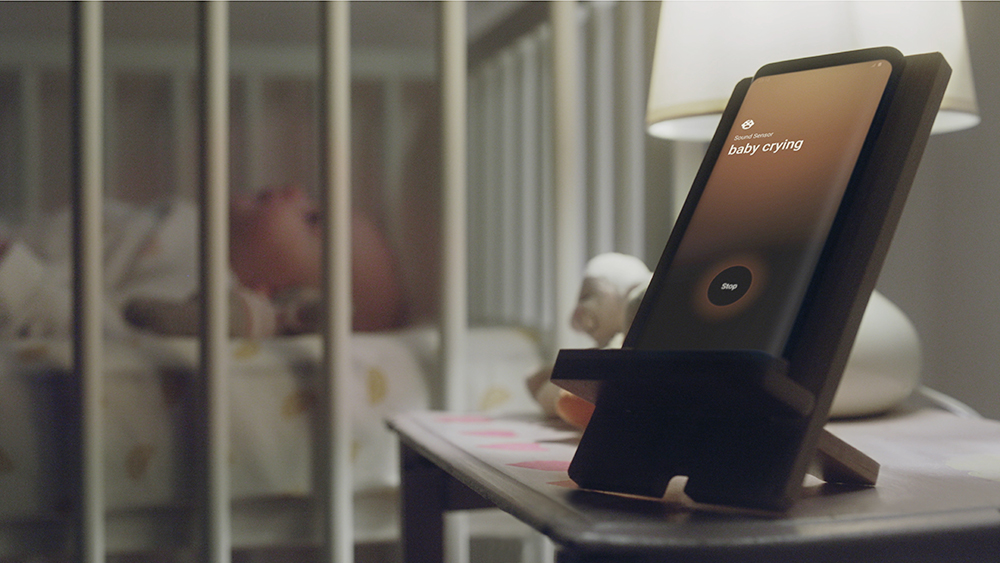
Phasing Out of Upgrade Mania
There are more than five billion, and counting, mobile phone users in the world, according to GSMA Research, and it’s estimated that 151.8 million phones are thrown away each year in the U.S. alone. These statistics are not lost on consumer electronics manufacturers, which also have to contend with all the waste that comes with cardboard and plastic packaging.
“What I’ve seen over the last decade is an awareness and acknowledgment of climate change and a commitment to doing something about it across the industry,” says Walter Alcorn, vice president of environmental affairs at the Consumer Technology Association (CTA). “That’s new, and there is now a consensus in the technology industry that not only is this a global crisis, but also that we as an industry have a responsibility to do something about it.” Indeed, one of the main themes at this year’s virtual iteration of CES was sustainability, and many of the show’s biggest exhibitors — Microsoft, Samsung, LG, GM, Schneider Electric, Bosch, Panasonic, and Mercedes-Benz, to name just a few — were demonstrating their carbon- and electronic-waste technologies and strategies.
When the Samsung Upcycling program launches later this year, consumers who are planning to replace their Galaxy smartphones will have the option to download software to repurpose and convert their smartphones into everything from baby monitors to motion sensors for activating lights. There’s nothing new about using your old phone as a music player or security camera, but by simply offering software for that very purpose, Samsung is making the process user-friendly, enticing, and seamless. Earlier this year at CES, Samsung also announced that its innovative eco-packaging, whereby boxes containing products can be easily repurposed into small-scale furniture, would be rolled out to its audio products, computer monitors, and QLED and UHD televisions (see sidebar).
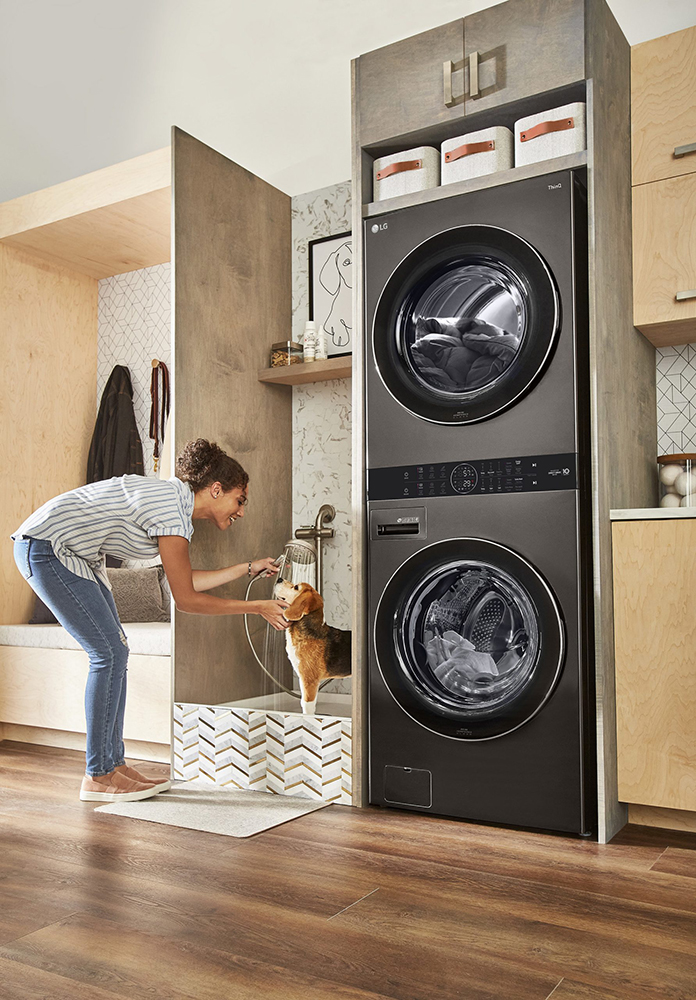
A Cleaner Way to Clean Clothes
Besides the cursory commitments of carbon-reduction and the like, LG has always been on the cutting edge of efficiency in its appliances, from refrigerators and air conditioners to refrigerators and washing machines. Its recent line of ThinQ appliances includes the LG WashTower, an all-in-one unit that uses AI to optimize washing cycles, drying temperatures, and more to not only save water and energy, but also wear-and-tear on clothing.
Besides electronics and appliances, LG is also a player in solar energy. Its LG Business Solutions division recently unveiled two new solar panels, both of which are aimed at homeowners, at the virtual International Builders’ Show.
Something Old, Something New
PC and PC peripheral manufacturers also lead the way when it comes to sustainability, in particular with “closed-loop” circular practices. HP, for example, has run its Plastic Partners recycling program since 1991. The closed-loop program accepts various types of plastic — bottles, apparel hangers, and printer ink cartridges — then recycles the plastic and reuses it in new printer ink cartridges. In addition to printer ink cartridges, HP now also incorporates recycled plastic into hardware, including the HP Tango printer, the HP Elite Dragonfly laptop, and HP Pro desktops and laptops, to name a few. Last year, the company unveiled new biodegradable packaging made from molded fiber, which itself is created out of paperboard, newspaper, bamboo, and wheat straw.
At CES this year, Dell, which has been incorporating recycled carbon fiber and other material into its laptops for the past decade, introduced a line of commercial laptops — the Latitude 5000 and Precision 3560 series — both of which feature lids made from a new bioplastic polymer and bodies made from recycled plastic. And Razer, which makes high-performance gaming laptops, headsets, and mice, announced at the end of March that all of its products would be made from recycled plastics and use FCS-certified biodegradable packaging. Logitech, which also makes keyboards, mice, and other peripherals for gaming and work, announced a similar initiative in 2019, with goals to incorporate recyclable materials in all of its products by 2030.
Going Green from the Ground Up
Big companies and their flashy pledges about carbon offsets, eco-investing, and climate neutrality goals aside, several startups and smaller companies are walking the walk with products that are designed to be sustainable from the ground up or help manage resources better. Sensibo, for example, is an innovative, user-friendly, and inexpensive system of Wi-FI-connected sensors that not only let you remote control your existing “dumb” air conditioners remotely via Alexa, Google Assistant, and Siri, but automatically maintain temperatures (thanks to a combination of real-time, cloud-connected weather information, as well as built-in motion and temperature sensors). The company also makes a line of air purifiers that behave similarly based on real-time outdoor air quality reports. Meanwhile, Goal Zero has long made a line of solar-panel-embedded chargers, power stations, and lights, among other products, that have been a favorite of adventurers, campers, and disaster preppers alike. Founded by veterans of Mophie, which made innovative portable chargers and batteries, Nimble is an eco-first manufacturer of sustainable charging products.
‘What we’re seeing with a lot of, let’s say, new companies, is that they’re doing cooler stuff and are willing to put money into innovation, and to new ideas coming out,’ says Dr. Deborah Brosnan.
“What we’re seeing with a lot of, let’s say, new companies, is that they’re doing cooler stuff and are willing to put money into innovation, and to new ideas coming out,” says Dr. Deborah Brosnan, whose eponymous scientific consulting firm pools government, business, and communities to address environmental and climate change crises. That innovation extends to software companies that power retail experiences. It doesn’t always have to be massive or cost $1.2 billion, as is the case with Amazon’s Climate Pledge Fund. Shopify, for example, has established a Sustainability Fund, which invests in truly next-gen approaches that aren’t your typical carbon offset program. Case in point: The e-commerce platform invested in Running Tide, an organization that grows kelp and submerges it to the bottom of the ocean, where it sequesters carbon for thousands of years, at scale, for much less than building a pricey wind or solar farm, as every behemoth retailer from Amazon to Best Buy to Walmart has done.
Actual and vital need aside, sustainability has become such the norm in any corporate organization and messaging that sometimes it runs the danger of being just theater, or “greenwashing.” Pledging to carbon offsets is great, but it’s not always stopping the original carbon-emitting practice that it’s offsetting. Moving the needle on climate change takes more than sustainability pledges and eco-investments; it requires monitoring, transparency, and cooperation among the private and public sectors. “There has been a great deal of greenwashing over the years — now is the time for real action,” says Rivett-Carnac. “We have the tools, technologies, and resources to make the changes to operations — there is very little we don’t yet have or cannot collectively develop and invest in.”
Sustainability Summary:
- Sustainability is an essential part of doing business today, helped in part by both public and private initiatives including the Paris Agreement and The Climate Pledge.
- Some of the biggest names in big-box retail, consumer electronics, and appliances have been working on sustainability initiatives for more than a decade.
- Both independent retailers and tech startups alike can easily incorporate sustainability initiatives around packaging, product design, and “closed-loop” recycling programs.
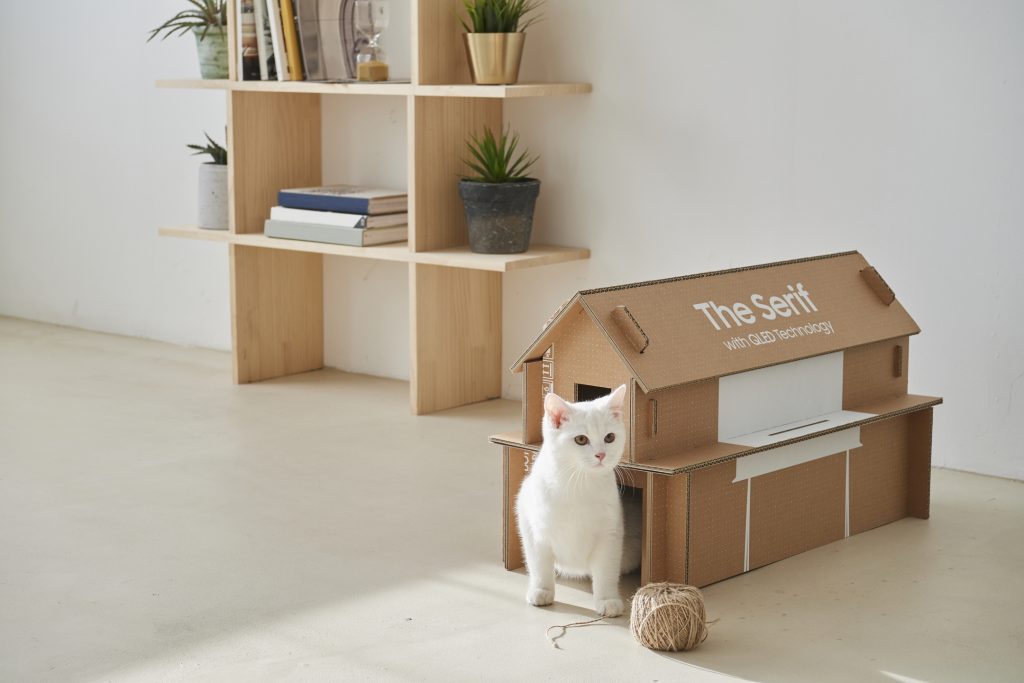
Thinking Out of the Box
Samsung’s ingenious eco-packaging gives TV shipping boxes a second life as small-scale furniture
Continue to read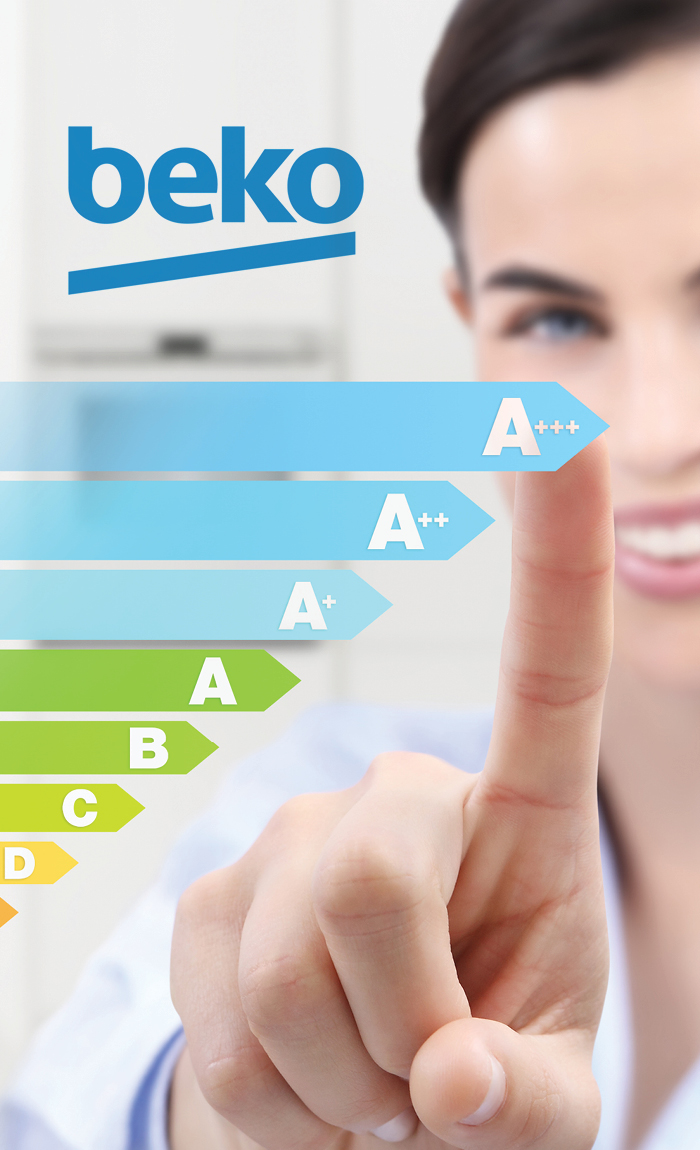
SPONSORED CONTENT
The Best Earth Day Ever:
Solutions for Personal and Planetary Health

By Zach Elkin, President, Beko US, Inc. | beko.com
Home appliances have the opportunity to be a part of the global sustainability solution like never before – and I’ve never been more optimistic about my industry’s contributions to a greener, healthier future than I am on this Earth Day.
I’ve also never been more excited to communicate this reality with dealers.
One of the reasons I made the move to Beko last year was because of the brand’s unapologetic, company-wide commitment to sustainability. Actually, Beko is guided by a dual-commitment to personal and planetary health – and is backed by the people, products and proprietary technologies in the U.S. and globally to make it happen.
This dual-focus is crucial, I believe, and exactly what consumers are looking for, even in the U.S., which has been slower to embrace sustainability as part of a daily routine. While Americans genuinely want to be part of a larger green story, their bigger need is a lifestyle that embraces health and wellness, a phenomenon that has intensified since the pandemic. Now, more than ever, health is the new wealth.
And this trend is entirely compatible with Earth Day, assuming manufacturers are committed to products with tangible features that encourage healthy living as well as energy savings and sustainability, and dealers are willing to communicate this dual-focus to buyers.
One example is EverFresh+®, a proprietary Beko refrigerator technology that uses revolutionary new crispers made with breathable smart materials to maximize humidity and minimize moisture loss, thus prolonging the life of fresh fruits and vegetables for up to 30 days. We pair this with Active Fresh Blue Light, which recreates photosynthesis conditions to preserve vitamin C and fruit and vegetable taste, and Neo Frost Dual Cooling, which eliminates air transfer between fresh and frozen compartments to prevent unpleasant odors and tastes – like ice cubes that taste like fish! – associated with many refrigerator-freezers on the market.
But that’s only half the story. All Beko refrigerators also feature a ProSmart inverter that allows for a constant cooling temperature at reduced speed, quieter operation, greater energy savings, fewer temperature fluctuations and maximum food preservation in fresh and freezer compartments. With Neo Frost, our engineers created a unique valve system that generates multiple-compartment evaporation using only a single, energy-saving compressor and made it standard on every Beko refrigerator, regardless of price.
At the end of the day, these advances keep fruits and vegetables fresh for up 30 days, preserve nature’s essential vitamins, minerals and fresh produce tastes, and offer maximum quietness and energy savings.
For the consumer, the potential is dramatically less food waste, healthier eating and a reduced carbon footprint thanks to energy efficiency and less frequent shopping trips. And what’s good for buyers is good for the planet – and good for dealers on the lookout for a truly differentiated product that hits consumers right where they live.
It goes without saying that it’s ultimately up to manufacturers to create the programs and promotions at retail that will help dealers, builders, architects, designers, and others influencing the home and kitchen appliance decision to tell a compelling story to their customers. That’s why Beko will be highlighting EverFresh+® with an aggressive consumer promotion and all-industry educational campaign later this year targeting the growing percentage of Americans passionate about living a healthier, more sustainable life.
And later this year, we’ll introduce the Beko 36” French 3-Door Refrigerator, featuring EverFresh+® with Active Fresh Blue Light technology and a new, environmentally friendly refrigerant that will be extended to Beko’s entire cooling lineup to deliver Zero OPD and Very Low GWP.
Of course, Beko is just one of many examples of this new fusion between health, wellness and sustainability. What excites me most are the countless other instances throughout our industry of manufacturers simultaneously doing what’s right for customers, dealers, the sales channel and the planet we all call home.
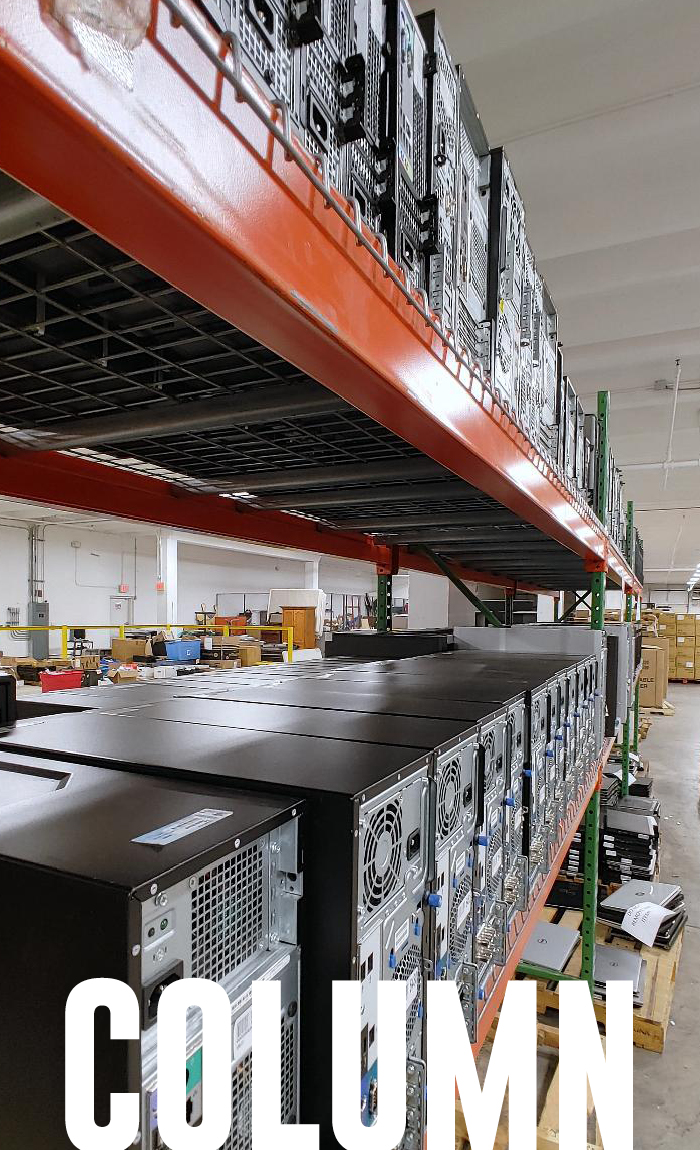
CONNECTED CAR
Trading In the Old Car Stereo: It’s Easier Than You Think
From aftermarket amplifiers to OEM head units, pre-owned 12-volt electronics help expand retail refurbishment and recycling programs.

BY BRETT SOLOMON
Brett Solomon is the lead reporter and writer on 12V products and retailers for Dealerscope. He has been covering the mobile electronics industry for over 20 years.
If you ever inspected a car door jamb on a factory-fresh new car, you were likely greeted by a sticker stating that the OEM electronics equipment — say, the infotainment system or the HID headlights — must be recycled when the vehicle is finally put out to pasture. Not many people think about junking a vehicle at the time of its purchase, but give it 20 years, along with the effects of Mother Nature, and most vehicles are ready for the crusher.
Unfortunately, the same thing happens with car audio components – especially head units, where feature sets get dated quickly. From 10 short years ago, “iPod compatibility” just doesn’t cut the mustard when the standard is Apple CarPlay and iOS for the car today. Even traditional USB-connected Apple CarPlay might not make it much further when wireless CarPlay is increasingly an option for those who want to leave their phones in their pocket.
Is the same true of aftermarket electronics? Not necessarily, but we do know the hurdles involved in selling used car audio components on eBay. It is a hassle most customers are not looking to go through. An amplifier is not an iPad – without a test bench, there is no way of knowing if it is working or not. There is too much room for an unscrupulous buyer to complain: “This button does not work,” they might say, or “You didn’t include one of many specific wiring harnesses and now the unit is junk. I am complaining to eBay, getting my money back, and leaving you bad feedback.” Most customers are not looking to go through that — they just want to recover some funds from their last purchase to easily put towards the next one.
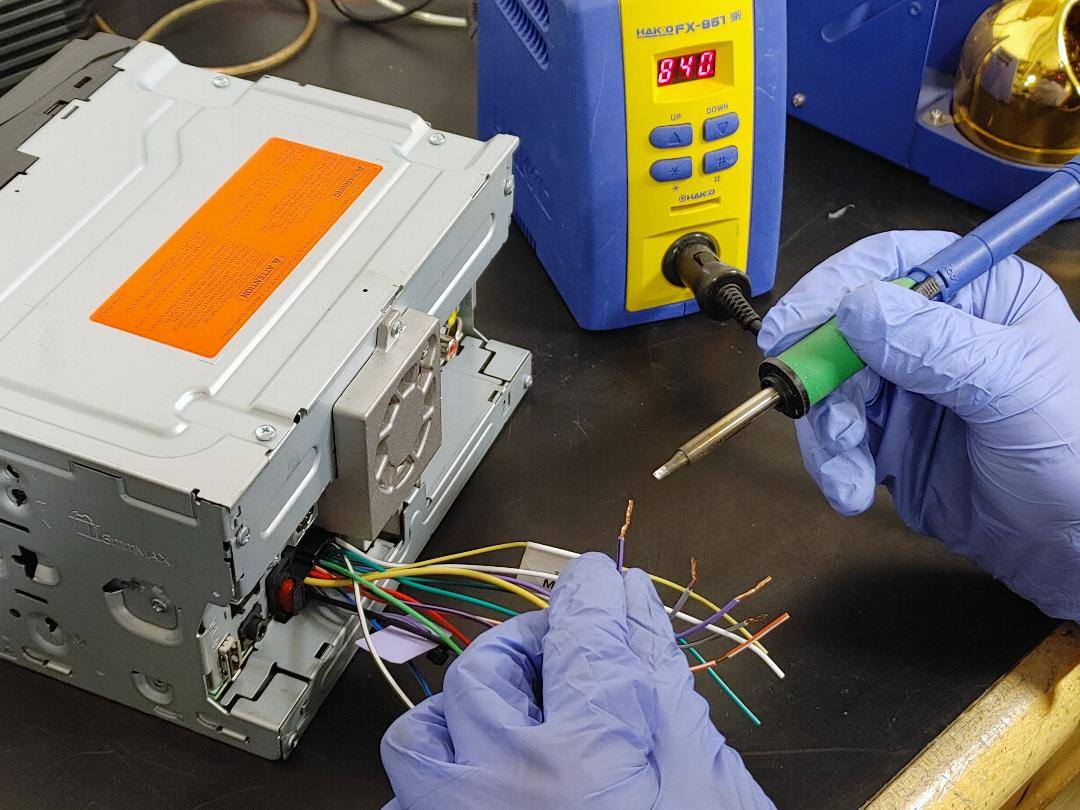
A 2nd Life technician Repairing a car audio head unit to make it ready for resale.
Giving Electronics Another Act
Enter 2nd Life – a company that facilitates the repurposing, reusing, or recycling of legacy electronics for a wide variety of institutions, consumers, and companies, including aftermarket car audio retailers and installers. Daily shipments of used electronics arrive at 2nd Life’s Richmond, Va., headquarters, where they get sorted and tested, then either repaired, cleaned, and refurbished for resale, or responsibly processed for recycling.
With nearly four decades in the consumer electronics space, 2nd Life CEO and Founder Michael Feibelman is no stranger to legacy audio going as far back as original Jensen and Audiovox equipment. “I have experience in the audio/video markets and most facets of the technology business, but my car audio roots go back 38 years,” says Feibelman, who got his professional start in 1983 working for a car audio installer. While many electronics refurbishment companies focus on the low-hanging fruit of pre-owned mobile phones, laptops, and other portable or off-the-shelf electronics, 2nd Life’s car audio offering is more of a rarity in the space.
“The driving force in the global secondary markets over the past 20 years has been computer and mobile technology,” Feibelman admits. “But car audio is a large part of our business.” There is indeed a market for it — just ask anyone who’s ever purchased or restored a car made before the late ’90s, when both factory-installed and aftermarket audio was easier to replace.
One of the biggest hurdles faced when taking in used car audio and other legacy technology is having experts deem what is valuable and what is ripe for recycling. The staff at 2nd Life each have their own expertise. “I am grateful to have a fantastic staff working for the company.
says Feibelman. “Our 12 Volt Project Manager Donald Stotts has expertise in both home and car audio, for example. Our professional team of 20 employees provides amazing support in finding products that can be repurposed.”

A Mobile Electronics Certified Professional (MECP) working.
Partnering with Retailers
On the car audio front, two of the largest retailers working with 2nd Life are Crutchfield and Abt Electronics. Both are mail-order juggernauts with brick-and-mortar footprints. Coincidentally, both retailers are family-owned and have been, throughout their long histories, which may explain why recycling is an important component of their respective business plans. Crutchfield and Abt field used products from their customers both in-person and via their websites, then send them to 2nd Life, which buys anything that is refurbishable and recycles anything that isn’t.
As a result, both Crutchfield and Abt are able to offer gift cards or store credit to customers, which can then be applied to new purchases. In addition, 2nd Life operates 14 white-label consumer trade-in sites on the websites of retail outlets. According to Feibelman, 2nd Life’s presence on retailer websites delivers hundreds of pre-owned car audio pieces a year back to Virginia.
“We receive OEM and aftermarket car audio items, which include head units, amplifiers, and speakers,” he says. “We have developed a trade-in program that includes incentives for retailers, and welcome any stores or chains who would be interested in participating.” 2nd Life also has a pure recycling program available to clients that have become partner retailers and have already worked with their trade-in program. “The trade-in programs can be adapted to just about any business, of any size, not strictly car audio retailers,” he adds.
With the wide scope of brands in the 12-volt aftermarket, especially from boutique manufacturers making equipment for specific vehicles, the task of reselling items can be daunting. 2nd Life does it through its extensive database of legacy products. After a thorough testing process, the items are prepared for resale. “We are exhaustive in our inspections,” says Feibelman of 2nd Life’s proprietary testing process. “That way, the customer is happy, and our return rate stays low.”
Jaguar: Leveraging What’s Learned at the Racetrack to our Driveways
James Barclay is the director of the Jaguar Formula E Team. The company has taken what is has learned at the racetrack and applied it to its all-electric I-Pace that has been very successful. Coincidentally, one of those circuits is Red Hook, Brooklyn, N.Y., where a Formula E race is held. The I-Pace was named the 2020 World Car of the Year by automotive journalists.
In the Formula E racing rulebook, there are some items that teams are allowed to modify and develop, and some items that must be left unchanged. The aerodynamics are similar among the cars, but the teams can bring the electrification technology to the next level. Barclay notes, “We can develop the powertrain: the electric motor, the inverter, gearbox and all of the software and controls – the brains that drive that powertrain to gain maximum performance. From last season to this season, we have refined over 1,000 components. It is essentially a new racecar every year, and we bring what we learn to our consumer vehicles. For example, we took the knowledge we learned last year from pushing the envelope on the racetrack and applied it to the I-Pace. This correlated to a 20-kilometer improvement in range on the consumer vehicle.” It also works as a two-way street. Sometimes the road car technology makes its way into the racecar. For example, the Traffic Sign Recognition technology that displays the speed limit in most Jaguar instrument clusters is also used in the racecar. Barclay notes, “We actually use that technology to give us a cloud-based modeling system during a race. It can look at the other racecars ahead, and that allows us live during a race to analyze our competitors and their state of charge to give us an advantage.” Right now, Jaguar just has the fully electric I-Pace road car, but with the big investment in racing we know there will be upcoming all-electric Jaguar and Land Rover models. We are especially excited to see what Land Rover will come out with – rumors abound of the all-electric Range Rover to be released in 2021. It will feature modular architecture that will accommodate for internal combustion, hybrid or all-electric powerplants.
The Missing Adaptor Conundrum
Anyone looking to trade-in aftermarket audio equipment should take note of the following: a lot of 12-volt equipment becomes severely price-diminished because it is missing adaptors that are often simply left in the vehicle. This is not due to nefarious theft, but rather the lazy removal of products. Though the adaptors, or wiring harnesses, are usually proprietary, they are often easy to replace. “Typically, wiring harnesses are handled by the customer, since they would be specific to the vehicle or unit,” Feibelman says. “However, our partnerships with retailers help to supply whatever items are necessary for the next installation.” If a replacement isn’t found, you’re out of luck, since a product just won’t work if you don’t have the proprietary adaptor or harness.
Still, it’s not for lack of trying by 2nd Life. “Our ultimate goal is to repurpose or reuse any product we get in our warehouse and utilize all segments of the secondary market,” he says. “Car audio products that are deemed to have no value are recycled in bins with ‘like’ items including amps and speakers.” The worthless pile gets broken down further with other electronics such as old desktops and laptops. It is then shipped to an R2-certified recycler for downstream recycling. The R2 certification means the electronics get broken down responsibly and won’t wind up in any old landfill.
Born-Again OEM
2nd Life is also interested in OEM car audio devices that are removed and replaced with aftermarket equipment. Typically, these devices would usually be packed in the box the aftermarket component came in and then sent home with the customer, who would, in turn, find a damp place in the basement for the OEM unit to collect dust and become worthless. But 2nd Life offers a better solution that delivers a few dollars toward a customer’s new system. 2nd Life gets more than 500 OEM devices traded in every year. Even though it currently doesn’t have any partnerships with OEM manufacturers, “we are always open to new partnerships,” says Feibelman.
In part due to theft or vandalism, the prices of refurbished OEM head units — especially those of 10-year-old Lexus and Mercedes vehicles — continue to rise, so it’s not a bad corner of the refurbishment business to be in, while also providing a much-needed solution to car owners. The reasons for the rising demand are myriad. For example, as dashboard shapes become more complex for traditional installations, an OEM solution can save a lot of time for an installer, especially with older cars. After all, some non-audiophile customers are only interested in AM radio, while the owner of a 2011 Lexus with a damaged or stolen Lexus head unit just wants their car back to normal. It’s just the kind of circular, closed-loop swap that a slightly used OEM marketplace was made for, and a boon to any retailer looking to offer product solutions to their customers.
On-Site Sustainability
Crutchfield adds in-store trade-in events to its roster of eco-friendly programs

Crutchfield and 2nd Life trade-in event. On-the-spot trade-ins lead to more sales
Crutchfield has been in business since 1974. In addition to its massive mail-order division, the company has made its foray into brick-and-mortar retail with two locations in Virginia, one of which offers in-person 2nd Life-powered trade-in programs for all electronics categories, including 12-volt car audio. “One of our buyers discovered 2nd Life when looking for a place to service drones. He passed me their info and it was easy to pull the strings given our relative proximity…both companies being located in Virginia,” says Ed Stockwell, Crutchfield’s senior manager of operations and services. Crutchfield’s previous recycling partner wasn’t able to provide on-site trade-in-setups, but now the retailer is able to host in-person trade-in events at its Charlottesville retail store, where gives gift cards in exchange for refurbishable car stereo components, while still intaking obsolete components for responsible recycling.
It falls in line with Crutchfield’s longtime commitment to sustainability, which has been using biodegradable polystyrene-free starch peanuts in its mail-order packages since 2008, along with “packsize” boxing that optimizes box sizes based on the products being shipped. The resulting smaller amounts of corrugated cardboard reduces truckloads, leading to lower diesel emissions and ultimately to less material to recycle. “In a seemingly throwaway society, it’s refreshing to promote options to recycle items,” says Stockwell. “It feels right.”
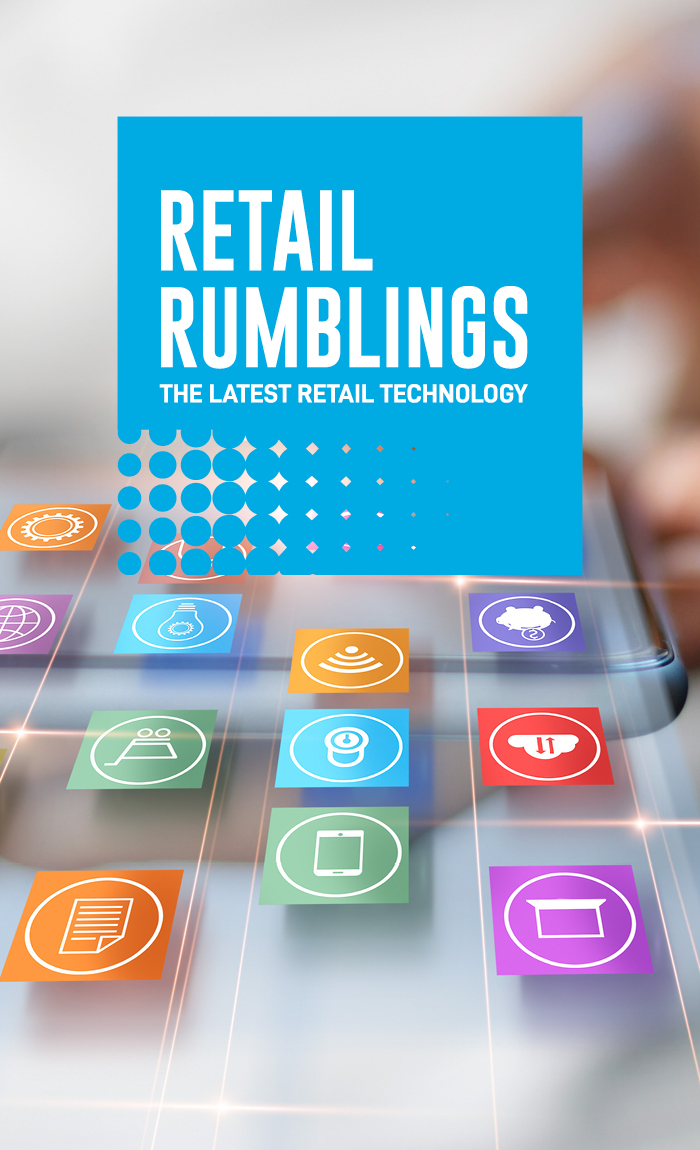
CE RETAIL TECHNOLOGY
April 2021 CE News
Drew Barrymore Launches Retro Kitchen Appliances | Drew Barrymore has launched a retro-inspired line of kitchen appliances that are now being sold at Walmart. The Beautiful line consists of colorful air fryers, toasters, coffee machines, cookware, utensils, and more. Barrymore worked with Made By Gather Founder and CEO Shae Hong to produce this stylish and budget-friendly line. “The reason I wanted to make the Beautiful line — the thing that I thought I could offer into it — was my love of design,” says Barrymore.
Leading Electronics Brands and Global Organizations Team Up to Combat E-Waste | Some of the world’s leading electronics companies and global organizations including Dell Technologies, Google, Microsoft, the Global Electronics Council (GEC), and the World Economic Forum (WEF), among others, have formed an alliance to create a more circular economy for electronics. The global Circular Electronics Partnership (CEP) marks the first time experts, business leaders, and global organizations will co-design “closed-loop” solutions around this topic. CEP says its six-part action plan will generate economic value and have a positive social and environmental impact.
Philips to Sell Domestic Appliances to Hillhouse Capital | Royal Philips, a global leader in health technology, has signed an agreement to sell its Domestic Appliances division to Hillhouse Capital, a global investment firm focused on helping companies achieve long-term sustainable growth. The Dutch conglomerate’s domestic appliances business, which made EUR 2.2 billion in sales in 2020 in kitchen, coffee, garment care, and home care appliances, will remain headquartered in the Netherlands. The transaction is on pace to be completed in the third quarter of 2021, subject to customary closing conditions, including the relevant regulatory approvals.
Razer Commits to 10-Year Sustainability Plan | Razer has announced a 10-year sustainability plan under the banner #GoGreenWithRazer. The gaming PC and peripherals manufacturer aims to achieve 100 percent renewable energy by 2025, produce all products with recycled or recyclable material by 2030, and be 100 percent carbon neutral by 2030. Razer is also rallying the gaming community to be a part of the movement by recycling and being conscious of its environmental footprint.
Sony Faces Class Action Lawsuit for Defective Shutter on A7 III Camera | Sony is facing a class action lawsuit that claims its A7 III mirrorless camera is prone to “mechanical problems with the shutter” that renders it “unusable.” The suit alleges that these issues typically occur outside of the camera’s one-year warranty period, and repairs are costing consumers upwards of $500. Plaintiff John Guerriero filed the suit against Sony Electronics Inc. on March 26, 2021, with the class consisting of all New Yorkers who purchased the Sony A7 III.
INTERNATIONAL PERSPECTIVES
Continental Climate Concerns
How the retail and electronics sectors are tackling sustainability in Europe
BY STEPHEN SILVER

Sustainability, environmentalism, and “going green” have become something of a cultural imperative in the United States in the last decade or two. What used to be the province of underdog environmental groups has, since the turn of the millennium, been embraced largely by corporations and other parts of the business world. This includes the retail industry, the consumer tech industry, and, of course, the places where the two intersect.
But what about in other parts of the world? From government-mandated responsibilities and UN pledges to corporate initiatives and self-imposed customers, here’s a snapshot of sustainability highlights in Europe.

Designing for Sustainability
Back in March 2020, the European Union announced the EU Circular Economy Action Plan, which introduced what was described in official messaging as “initiatives for the entire life cycle of products, from design and manufacturing to consumption, repair, reuse, recycling, and bringing resources back into the economy.”
On electronics products specifically, the Action Plan consists of a Circular Electronics Initiative that will push for more “closed-loop” product rollouts. This includes a “right to repair” regulation, which would require that, say, laptops be designed to last longer and would be easier to repair and upgrade. The plan will also explore pan-European exchange and recycling programs for mobile devices, tablets, and chargers.
It doesn’t appear that any major manufacturers or retailers are in compliance with the initiative, but they’re not yet required to be, as it is still very much in the planning stages.
It’s all part of the European Green Deal, a plan aimed at making Europe climate-neutral by 2050. It’s similar to the Green New Deal that’s been proposed in the U.S., except that the latter proposal has little chance of passage in the near term, while every country in the EU except Poland has signed onto the European Green Deal.
On a separate front, a new EU-wide energy labeling system for appliances has led to a surge in new product launches. For example, launches of new laundry machine models in the EU rose to from 18 percent to 20 percent in 2020, according to a recent report by GfK, due in part to new mandated features such as a 40-60° eco-mode. Most of those new models were from European brands, which accounted for 20 percent of new launched product sales in 2020, versus less than 12 percent for Asian brands, per GfK. In other words, appliance manufacturers that hopped onto the new labeling system requirements early saw immediate sales boosts.
Consumer Demand as Corporate Motivator
With or without EU-wide regulations, retailers themselves in key European countries are nevertheless interested in sustainable practices, not least because their customers are demanding them. According to a 2019 report from the International Trade Centre (ITC), which looked at retail trends in France, Germany, Italy, the Netherlands, and Spain, consumer interest in eco-friendly products is on the rise. According to GfK, the percentage of Germans who consider climate change a top priority nearly doubled over the past decade, from 19 percent in 2010 to 37 percent in 2020. More than 90 percent of retailers surveyed in those countries have seen a rise in the sale of sustainably-sourced products since 2014, with mobile phones and other electronics among the fastest-growing segments.
Even so, it is the fashion and apparel retailers that have been at the forefront of sustainability. Zalando, the leading fashion retailer in Europe, will require all brands on the platform to commit to sustainability by 2023, using the Sustainable Apparel Coalition’s Higg Brand and Retail Module (Higg BRM) as the barometer. Sustainable practices for these brands will encompass everything from lean packaging and energy-efficient retail stores to eco-friendly product materials and reduced carbon emissions from supply chain infrastructure.
But retailers that sell electronics and appliances, among other products, are moving right along. British retail groups such as Dixons Carphone (which also owns Currys PC World and the Norwegian CE retailer Elkjøp/Elgiganten) and Sainsbury’s (which also owns the Argos and Habitat stores), for example, have committed to support the United Nations’ sustainability goals. These goals include similar requirements as the Higg BRM. Dixons, in particular, has been recognized by the FTSE4Good UK Index, which gave it a score of 12 for “responsible consumption and production” and a 13 for “climate action.”
The Dutch retail group Euronics, meanwhile, states that it is committed to “running our operations as sustainably as possible,” while also carrying out e-recycling programs, offering energy-reducing technology, and working with suppliers to reduce packaging.
In Germany, the trend among electronics retailers is similar. “The goal of our company is to offer the best environmentally-friendly products in consumer electronics, household electronics, and toys,” said an unnamed German consumer electronics retailer in the ITC report. “The demand for these products is seen in increasing sales figures over the past years.”
These include energy-efficient washers and dryers. The EU, in early March, announced new energy labels for such products. That product database is available to be scanned by QR code for the first time.
“Retailers have a deep knowledge of consumer behavior and are best placed to influence it to make consumers act more sustainably,” the report said. In other words, with or without regulation, retailers in the EU, as in the U.S., are starting to lead the charge.
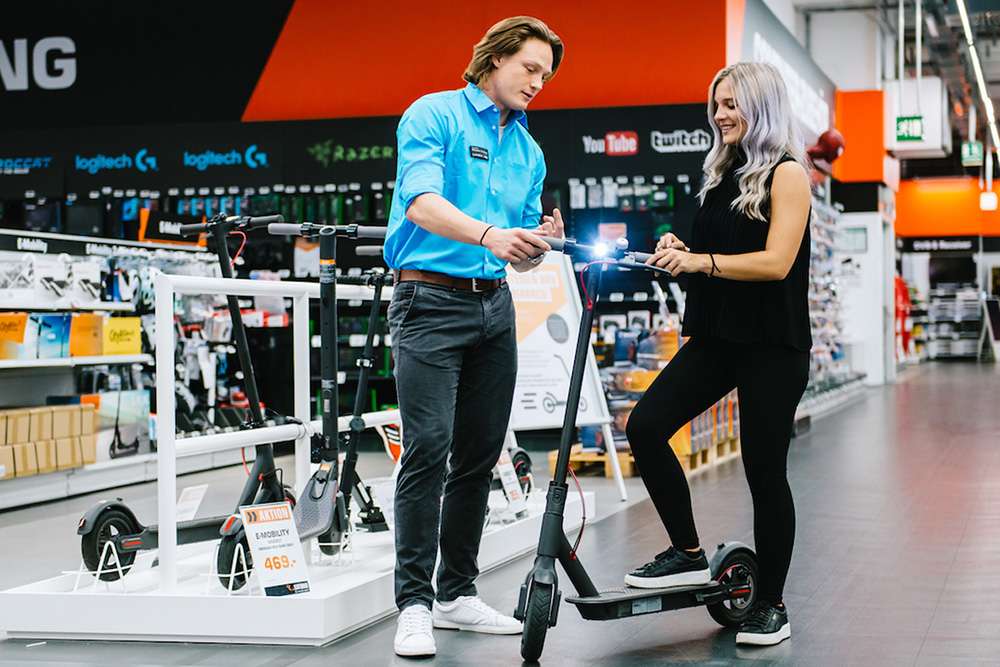
Accountability through Transparency
With more than 1,000 stores across the continent, the MediaMarktSaturn Retail Group, which owns the MediaMarkt and Saturn retail chains, is the largest consumer electronics retail company in Europe. It also places a premium on sustainability. As its website firmly states: “Being Europe’s leading consumer electronics retail company, we’re also a role model in our industry, and we firmly intend to shape and influence responsible, sustainable business.” Indeed, in 2018, MediaMarktSaturn became the first consumer electronics retailer in the EU to sign onto the United Nations Global Compact (UNCG), which means the retailer has committed to reporting every year on its progress in sustainability areas that include not only environmental concerns, but in areas of human rights, anti-corruption, and diversity.
On the environmental front, the company will be transparent about its progress in areas around supply chain emissions reduction, energy-efficient upgrades such as LED lighting at its office and retail locations, cooperation on sustainability with its third-party suppliers, and consumer education around labeling. At the very top of MediaMarktSaturn’s website, for example, is an article about new European Union-mandated energy labels that are starting to hit stores now, and how shoppers can best make sense of it. It also actively promotes new eco-friendly product lines such as eScooters and old-phone-for-gift-card exchange kiosks in its stores. Similarly, in 2018, Danish waste management provider Bramidan illustrated how MediaMarkt stores in the Netherlands improved the sustainability and cut the costs of their trash collection by 40 percent with upgrades to their sorting and compacting machinery infrastructure.

2021 and Beyond: A Global Effort Required
The last year of the pandemic has made it clear that retailers not only have to think about what was environmentally friendly, but also about what was safe under unprecedented conditions.
As full-on reopening becomes closer and closer, perhaps retailers in North America and other parts of the world can find a way to learn from one another. It’s not often that the whole world agrees on something, but at least in this respect, consumers, retailers, and manufacturers everywhere seem to be moving in the same direction.
Summary:
- The EU’s Circular Economy Action Plan aims to do away with planned obsolescence by encouraging manufacturers to design products that can be repaired and upgraded more easily.
- Retailers in Europe are seeing rising consumer demand for sustainable products and business practices.
- Some of Europe’s largest CE and big-box retailers, including MediaMarktSaturn, Dixons Carphone, and Sainsbury’s, have made significant UN-developed commitments to sustainable practices.
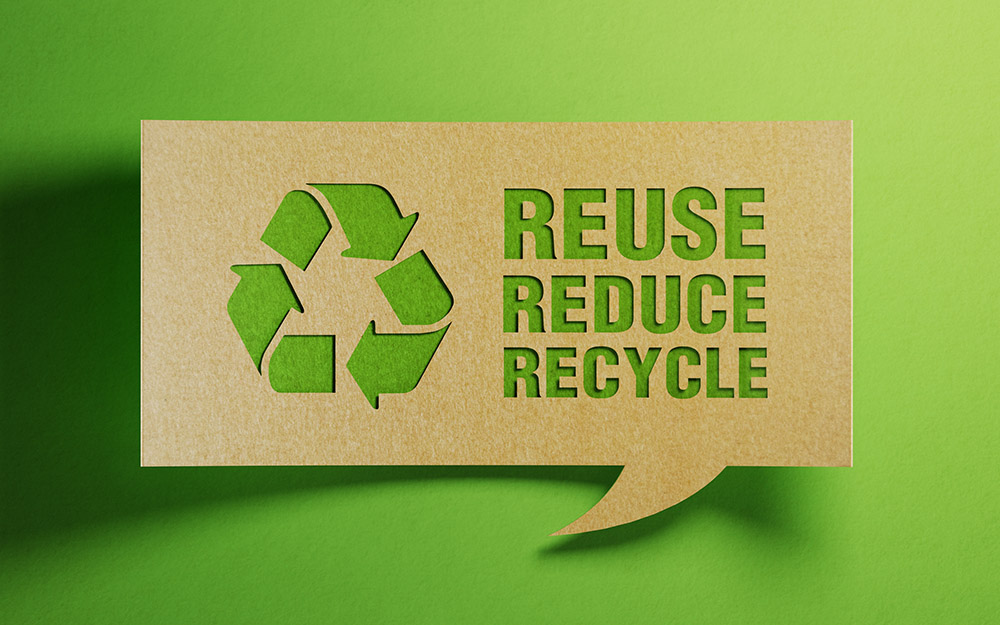
In Asia, Getting the Green Word Out
Sustainability-minded shoppers need to know where to go and what to buy.
Continue to read
UNBOXED
ECOVACS DEEBOT N8 Pro+
From rugs to tiles, the latest N-Series robot vacuum handles any surface with increased suction power and OZMO mopping capability.
BY JESSICA GUYON
Home health experts recommend vacuuming your home at least twice a week, and possibly even more often in high-traffic areas. The same goes for mopping. Some households might be able to swing that but for many, these chores are best saved for the weekend, unless, of course, you have a household companion that could accomplish both of these tasks whenever you needed.
Enter the ECOVACS DEEBOT N8+ and N8 Pro+, the latest in the company’s N-Series of robot vacuums with OZMO mopping. The N8+, the company says, is best suited as a daily cleaning companion while the N8 Pro+ offers a more aggressive daily deep clean.
Dealerscope had the opportunity to review the N8 Pro+ that retails for $699.
![N8_PRO+特写+4[1]](https://digimag-april-2021.dealerscope.com/wp-content/uploads/2021/03/N8_PRO特写41.jpg)
Unlike some of ECOVACS’ previous releases, the N8 Pro+ comes equipped with an Auto-Empty Station that can hold several months’ worth of dirt before it needs to be emptied – an add-on that used to cost an additional $250.
The company also boosted the vacuum’s suction power to 2600 Pa, one of the most powerful suction capabilities at retail. Even with all that might, the noise level was kept to a minimum, and sounded no louder than a standard air conditioning unit.
Considering the increased suction power and the added convenience of the emptying station, the N8 Pro+ seems to be the most effective and cost-friendly option we’ve seen yet from ECOVACS.
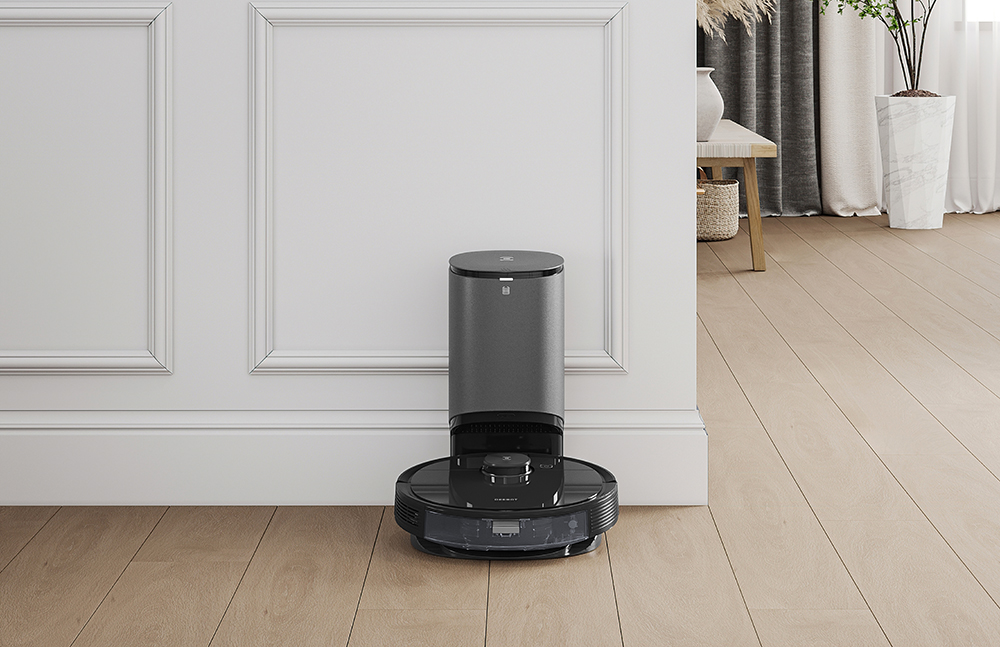
But it doesn’t stop there.
The improved TrueMapping technology is powered by a dToF laser sensor commonly found in drones and self-driving cars. That means the N8 Pro+ has better obstacle detection and collision avoidance – a necessity in a house with small children. Even if they leave their shoes lying on the floor or forget to put away their toys, the N8 Pro+ navigates around these obstacles to provide a thorough clean.
Although you can get away with leaving a few items in the N8 Pro+’s path during a vacuuming session, it is best to pick up all items on the floor when switched to mopping mode or you may just end up with some wet shoes. In most instances, though, you can rest assured that your carpet will stay dry. OZMO’s carpet detection is paired with virtual boundaries that can be created in the ECOVACS app, which allows for greater piece of mind while the N8 Pro+ tackles the floors.
ECOVACS says the OZMO Mopping System can remove up to 99.26 percent of bacteria from the floor. While the N8 Pro+ is not ideal for caked-on messes — it’s certainly not on the same level as hands-and-knees type of scrubbing — it does leave a nice shine, and the evidence of its abilities is clear from the mopping pad.
The N8 Pro+ seemed to have no issue handling several different types of floors it was presented with, including laminate, hardwood, throw rugs, and deep pile carpet. There were a few instances when the vacuum struggled to climb a decent sized lip connecting my kitchen and the dining room, but it was able to transition from hardwood to rug easily every time.
The vacuum was also able to accurately detect which type of floor it was on and adjust accordingly, but the ECOVACS app allows you to take it a step further. To optimize cleaning efficiency, you can assign cleaning modes to different rooms within the app so every part of the home gets the attention it needs.
This all-in-one floor cleaner has allotted me more time for other daily chores and created a much healthier living environment. I’ll probably always hang onto the old-fashioned methods of dustpans and mops, but with the N8 Pro+, I find that I am reaching for them far less.
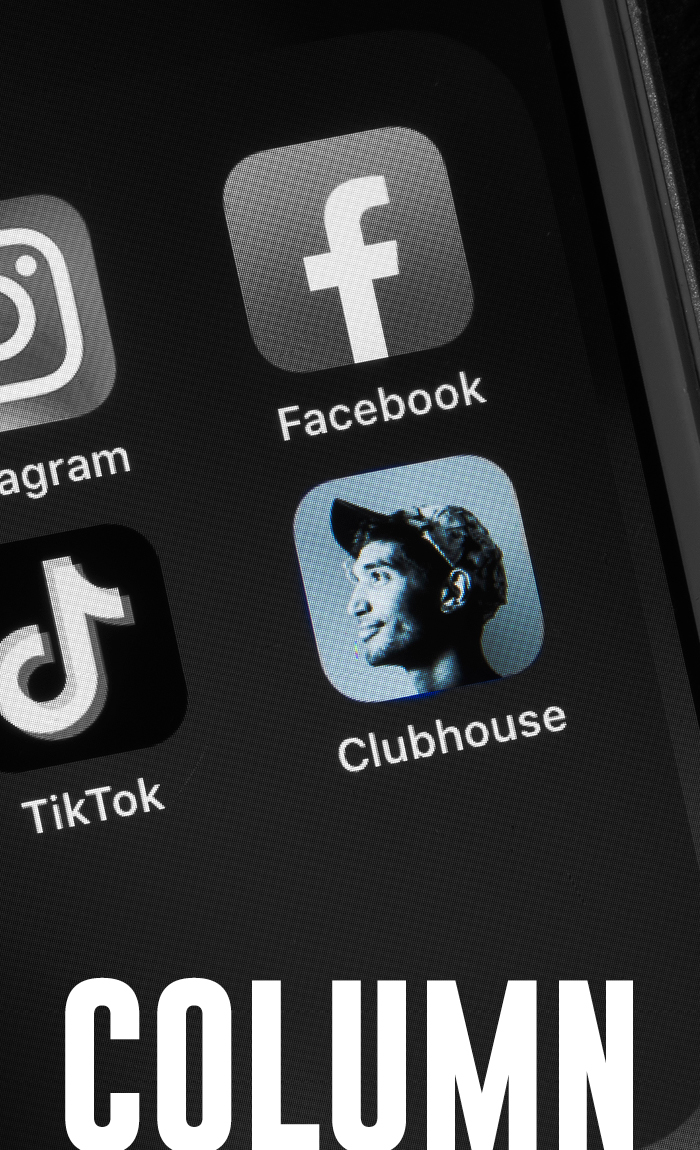

Harnessing the Power of Clubhouse for Your Business
The popular new app is attracting millions each month, and there is huge untapped potential for businesses to leverage this new user base.
Everybody who’s anybody is talking about Clubhouse right now, and for good reason. The audio-only, invite-only iPhone app is unlike any other social media platform we’ve seen because it is built solely on human connection.
Aside from a profile picture, no other photos or videos exist within the app; there are no blue check marks to verify accounts; you can’t even DM someone! You also won’t find any brand accounts or in-app advertising on Clubhouse.
So how’s a business supposed to leverage this popular new platform? By branding the faces of its business and getting creative with advertising.
While Tesla doesn’t have its own account, its leader, Elon Musk, certainly does. His first-ever live session on the app exceeded the 5,000-person limit for a room, and he hardly talked much business. He was asked a series of laid-back questions about whether he believes in aliens and what he thinks we should be teaching children in school.
Other business owners can do the same thing.
Humanizing your company builds trust with your consumers and, in turn, helps you connect with them in a meaningful way. You don’t always need to be actively pushing your product in order to see success.
Clubhouse also allows you the chance to become a thought leader in your industry. Give advice, take advice, discuss the latest innovations or politics impacting your company — whatever it is, opening this dialogue with like-minded individuals in your business sphere is not only going to put you in the know, but it could also help you build your network and open the door to future partnerships.
As far as advertising on Clubhouse goes, it has to be done a bit unconventionally at the moment, but with 10 million weekly active users, the potential reach is outstanding.
Many people have referred to Clubhouse as an interactive podcast, and the advertising follows a similar format and often relies heavily on influencers. Brands can sponsor clubs or partner with hosts, who then read a short script in the middle of an event, just as they would a mid-roll ad. Hosts can also simply name-drop their product.
Because the app is still so new, it is not yet saturated with an abundance of ads, sponsorships, and influencers, but that time could be coming soon. Get in early, establish yourself and your brand, and you might just see some significant results.
AI ASSISTANTS
Beyond the Basics: 5 Ways AI is Advancing the Smart Home
Increasingly intelligent virtual assistants are the key to greater consumer adoption.

BY GILES SUTTON, INTERIM CO-CEO, CEDIA

Convenience is a powerful motivator. Once consumers have found an easier way of doing something, they won’t willingly go back to doing it the hard way. The litany of recent announcements from the makers of leading AI assistants are compelling not only because they’re cool, but also because they dramatically increase the convenience of smart devices. For example, the Ring Doorbell’s quick replies can screen visitors, accept packages, and thank delivery people without the homeowner even needing to tap on the app. The Echo Show 10’s mechanized screen robotically follows the user around a room. Given that recipes are a top use case for the device, this convenient feature saves home chefs from having to wash their hands in order to turn the screen towards them as they move from the cutting board to the stove.
Features like these can compel consumers to adopt a device, but the same logic could be extended to inspire homeowners to adopt an ecosystem. In 2021, look for the following convenience-led AI trends to spur and capitalize on growth in the integrated smart home market:
1. AI will train users.
Smart device capabilities are always growing, but users can’t be expected to proactively seek out and try them. As a result, AI-powered virtual assistants will increasingly present innovative new features to users without their even having to ask. For example, the “smart hunches” feature from Amazon learns users’ habits – turning off lights at night, setting an alarm when leaving the house, adjusting the thermostat in the afternoon – and then converts those actions into automated routines. While obviously helpful and convenient, this type of automation subtly trains users to believe that smart devices are easier to own than “dumb” ones. The more users believe that their devices are easier to deal with when connected, the more connected devices they will adopt.
Paradoxically, as users interact with virtual assistants less, they rely on them more. When users have to repeat their instructions, or verbally confirm instructions once given, it erodes their confidence in the ecosystem. On the flip side, when AI silently and correctly responds to commands, or performs them without having to be asked, it has the opposite effect: Users begin to take the assistants’ help for granted, which resets their baseline for the level of convenience they expect within their homes. The Orro system exemplifies this concept: Through a combination of motion sensing, sound detection, and AI, it learns users’ habits and controls their lights automatically. As the user trains the system through their behavior, they are also being trained to rely on the system to manage their environment and energy usage.
2. Smart home devices will promote savings through sustainability.
Today, energy efficiency that reduces bills is a growing consideration for consumers when they purchase electronics and appliances. Money is often a more effective motivator than virtue, though – over half of consumers aren’t willing to pay more for a more efficient device, according to a recent Morning Consult survey. Virtual assistants with automated energy monitoring and management features could change that equation. By tracking energy consumption, proactively designing and suggesting routines to reduce power usage, and organizing the resulting data for users in a visual dashboard, AI assistants can clarify the return on investment of energy-efficient devices. If a more expensive smart device has a demonstrably lower cost of ownership than its unmanaged counterparts, its appeal to consumers grows.
3. Virtual assistants will look for long-term relationships.
Siri, Alexa, Josh, Bixby, and Google Assistant don’t just want to be the friend consumers occasionally ask for a favor; they want to be one of the most important relationships in their lives. This year will bring increasing efforts from virtual assistant developers to make their AIs an essential embedded feature of systems users will keep for decades. Google’s recently announced co-branded thermostat with Goodman exemplifies this trend. Homeowners may replace a smart speaker, or even a thermostat, in a couple of years – but they won’t replace the AI that makes their HVAC system easier to use and manage.
Other companies are looking to embed their AI into the structure of the home itself. Lennar’s Connected Homes are built from the ground up as Alexa environments, preloaded with Echo devices, Ring doorbells and security systems, and eero Wi-Fi extenders throughout the home. The Josh Nano from Josh.ai leverages no-compromises interior design to embed itself fully throughout a building. By blending invisibly into the walls or ceiling of each room, Josh’s coin-sized smart mics truly become part of the home.
Notably, all of these long-term relationships involve professional integration services. As smart homes rise in popularity and complexity, professional services will be essential to preserving convenience.
4. Rising device density will require more networking expertise.
The previous trends will drive more connected devices into peoples’ homes. Thus far, Wi-Fi has been a convenient and reliable network connectivity strategy for many smart technology adopters. As the number of devices per household proliferates, however, or as consumers increasingly wish to extend smart home capabilities to outdoor entertainment spaces, its weaknesses are revealed. If the Wi-Fi signal band is crowded with interference from dozens of devices, all the Wi-Fi repeaters on earth won’t solve the resulting connectivity problems. Consumers will need to get smarter about how they set up their home networks – or hire someone with the expertise to manage these complexities on their behalf.
Professional integrators can educate consumers about their options. For example: Many of the “long-term commitment” devices that anchor the AI assistant ecosystem are essentially static. HVAC systems and even televisions don’t really move once they’ve been installed – why should such devices be on Wi-Fi when they could instead get better reliability and bandwidth from a wired connection? Consumers may also be unaware that they have other wireless network options for controlling home automation devices, some of which, like Z Wave, operate outside of the crowded Wi-Fi band.
5. Homeowners will invest in privacy and security.
The rising number of devices on the network also means a significant expansion of network vulnerabilities. Because of the number of people working and learning from home, those vulnerabilities now represent a higher risk. Home networks now carry not just the homeowners’ personal data, but their children’s, companies’, and clients’ information as well. In a recent presentation at the TecHome Builder Online Summit, Parks Associates shared data showing that more than three quarters of U.S. broadband households are concerned about security and privacy. Given the value of the assets being protected, there is no reason to approach home network security any differently from enterprise network security – except that most homeowners lack the time and the knowledge to do so. Fortunately, there is an emerging class of AI-powered tools that can bridge this gap. For example, Guarddog’s cloud-based and on-premises hardware tools work together to assess the vulnerability of connected devices, manage security updates and monitor for attacks in real time. Providing such network security tools and monitoring could be a key ongoing revenue opportunity for custom technology integrators.
On top of security breaches by hackers or bots, homeowners are concerned about losing privacy to the smart devices they are inviting in. There is an opportunity here for privacy-first home automation designs. Josh.ai is leading the way on this trend. The Josh Core performs natural language processing for voice commands on the local network instead of sending information to the cloud. For added reassurance, each Josh Nano mic has a physical privacy switch. Features like this allow consumers to gain the convenience of a smart home without sacrificing privacy.
The baseline of consumer expectations is moving towards more connectivity. This isn’t happening by accident – virtual assistant developers are consciously adding features that encourage the adoption of more smart devices and reward deeper integration among them. Whole-home integration is starting to look convenient, indeed – and the convenient quickly becomes the essential. These desirable conveniences have hidden complexities, however, especially with respect to networking, security, and privacy. Integrators can realize opportunity from this environment by meeting the expectation for privacy and convenience with an elevated experience that makes consumers feel at ease in their smart homes.
The Bottom Line:
- Convenience is a critical driving factor in smart device adoption, a fact that virtual assistants are exploiting to encourage deeper integration.
- Smart devices will train users to rely on their automation and management features.
- Virtual assistants will aim to embed themselves in the very walls of the home – figuratively and literally.
- As consumers are convinced to adopt more connected devices, they will look to professional integration services for help.

BRANDSOURCE SHOW WRAP-UP
Age of Connection
BrandSource Summit reflects on shockingly successful 2020, promotes remaining in tune with team and consumers
BY STEPHANIE ADAMOW
Who would have guessed that during a time when we have been told to stay apart that the fundamental action of building connections would determine our success? When sharing space was impossible, retailers innovated to reach customers in novel ways (for some). Garnering many a surprise, sales increased, defying odds.
At this year’s BrandSource virtual Summit 2021, titled “Double Down,” Jim Ristow, CEO, AVB/BrandSource, explained: “A year ago, we were afraid, and still may be; but rather than let fear grip you, you took action.” At a time when predictions suggested 20- to 30-percent declines for independent retailers, Ristow said BrandSource dealers showed “courage, resilience and adaptability to help drive significant market share gains.”
Successful retailers took advantage of AVB’s digital marketing and e-commerce platform. “Highly engaged members who embraced it enjoyed a nearly 30 percent increase in business last year and outpaced appliance and furniture industry growth by 15 percent,” Ristow noted.
Omni-commerce trends that were predicted to gain popularity in 2030 are 10 years ahead of their time, pointed out VP of Merchandising Chad Evans. Certain elements are needed to survive this climate. These include:
- Implementing a true omni-commerce shopping experience
- Selling an experience, not just product
- Focusing on reverse logistics and customer service
- Providing instant gratification (with in-stock inventory)
- Supporting local communities
AVB’s advanced marketing technology, or MarTech, integrates and manages the online and in-store experience and has assisted members in creating this retail atmosphere much earlier than expected. The rapid shift of focus and energy has paid off. Evans reported that the independent channel has increased market share fivefold, more than any other point in time. Additionally, BrandSource retail has been outpacing the industry in both appliances and home furnishings. In fact, for first time, big boxes, like Lowes and Home Depot, have fallen below one point of share gain.
The success brick-and-mortar locations have experienced is not lost on e-commerce giants like Amazon, who are setting up physical locations to further serve their customers, Evans pointed out. Things are not “going back to normal,” he added. “We can survive AND dominate.”
Continue learning, be a teacher.
The best way to ‘dominate’ is to continue learning and teaching — a mantra emphasized throughout the Summit. Retailers need to become a “culture of listeners and teachers,” advised Marcus Sheridan, best-selling author of They Ask. You Answer, and founder of River Pools & Spas. “Studies have shown that buyers are 80 percent through the sales process before they actually talk to a salesperson,” he said.
By addressing customers’ worries and fears head on, you become trusted, he added. For example, dealers need to talk about pain points. According to Sheridan, there are five main subjects that affect every buying decision:
- Cost: Explain what drives cost. Don’t be afraid to mention competitors.
- Problems: Discussing problems with products results in more business and builds trust.
- Comparisons: Speak honestly about product differentiations and let the customer make the decision.
- Reviews: Review both pros and cons.
- What’s the ‘best’?: Lean in, and give the customer exactly what they want.
“If you lean into what the customer wants today, you don’t hide from questions, you go at them,” said Sheridan.
This means getting the “buy-in” from your team; making sure your sales team works closely with the marketing team; and beefing up your digital real estate by hiring someone to manage video production/posting.
Getting this buy-in can catapult your business. Ryan Avery, best-selling author and keynote speaker, suggested that dealers shift from being “a” leader to “the” leader.
BrandSource members were touted for their resiliency and innovation during a difficult year, which resulted in increased market share.
How To Become ‘The’ Leader
“‘A’ leader manages, but ‘The’ leader motivates; Managers get people to pay attention. Motivators get people to move.
—
Tell more “stories,” following the three “Fs:” Fears, Family and Failures. “No matter who you are, we all have these three things in common.”
—
Do not encourage “passion.” Instead, coach your team to be “purpose-driven.”
—
Ask yourself and your crew if you are “jealous” or “inspired.” Jealousy means we wish we had something. Inspired people say, “I can do that!” or “I can do that better.”
It is important to remember that “a” leader will stay positive, but “the’ leader will stay creative. Avery suggested following the “3 by 3 Rule.” When a problem occurs, encourage your team to first develop three solutions. Then, choose one solution and provide three reasons why it was chosen. According to Avery, this reduces time spent complaining, thereby producing more time for action.
Moving Forward
Evans outlined a game plan for members for navigating 2021. He recommended:
- Taking advantage of the organization’s Digital Tab Bundle to maximize co-ops
- Merchandizing heavily: “In stock and convenient wins the day.”
- Plan & adapt: Act as if 2021 will be like 2020, but adapt as changes arise.

Bonus Tips: Your Digital Checklist for Success
John White, BrandSource’s chief operating officer, offered members a digital checklist to ensure the success of omnichannel operations — shopping online and buying in store; exploring in store and buying online; or browsing/purchasing online and picking up or choosing delivery:
- New website scoring tool for dealers to assess their sites’ effectiveness
- New flipbook-style digital tab for use in emails, texts, online and in stores.
- Google’s “Surfaces Across Google” product showcase, which responds to products searches with store information and SKUs
- Maximizing co-op ad funds
- Direct advertising to social media platforms to reach consumers where they are shopping
In a Nutshell:

- Retailers who succeeded in 2020 mastered omnichannel strategies; BrandSource members recorded a nearly 30 percent increase in business.
- Learning, teaching and paying attention to consumers’ needs and shopping habits will further increase trust and sales.
- Members were encouraged to take advantage of BrandSource’s supportive marketing tools.
MOBILE PHONE TRADE-INS
Where Phones Don’t Go to Die
Repair, refurbish, or recycle? Here’s what happens to mobile phones after trading them in.
BY JESSICA GUYON
Whether your phone is last year’s model with a few scratches or 10 years old and nearly demolished, it has a future — provided it’s traded in for reuse or recycling.
Once you turn over your old phone, a team of experts and machines will test its viability and determine whether it can be refurbished and resold. If it’s too damaged or obsolete, then it will be sent for recycling, where its valuable parts can be extracted and used in the repair of other phones.
Either way, making good use of old phones is an integral part of the circular economy and an essential way to ensure that precious metals and resources do not go wasted. It’s important that both last year’s model and the long-obsolete Nokia N95 sitting in a drawer be refurbished or recycled. Here’s why: The ever-growing used cell phone market is expected to hit $67 billion by 2023, which is not only an opportunity for resellers of mobile devices, but also a way to service customers who might not otherwise be able to afford a high-performance smartphone.
Recycled phones are worth a lot, too — not just in the utility and resale of their parts, but also the vast amounts of precious metals that can be extracted and reused. These include aluminum, copper, and especially gold. According to 911 Metallurgist’s David Michaud, 18 out of 34 kilograms of mined ore are required to make just one smartphone. That’s a lot of ore, considering that 1.4 billion smartphones were sold worldwide in 2019, making for a whopping 478 kilograms of ore.
We spoke with Andy Mus, director, External Communications, at risk management provider Assurant, which owns trade-in company Hyla Mobile, and Craig Norton, president of Hobi International, which provides recycling services, about the entire process from start to finish.

1. Intake
When a device comes in, it is catalogued using a unique identification number so that the technicians can constantly monitor its progress throughout the entire refurbishment process. Once the device is properly documented, it moves to triage, where it undergoes a series of inspections by a team of experts and machines. Various tools are used to determine the root of any issues with the phone’s camera and audio, SIM card, Wi-Fi and Bluetooth capabilities, battery, and fingerprint reader. After a proper assessment and diagnosis, the team establishes an action plan, and the device enters the next phase of the process.

2. Repair and Refurbishing
Devices usually enter the repair system in one of two ways: from trade-in programs or as part of a warranty fulfillment. Most of the time, traded-in devices only need cosmetic refurbishment. In these instances, technicians are able to effectively buff out scratches and dents to make them look like new again. For phones that have experienced more intense damage, repairs may include screen replacement, battery replacement, water damage reversal, wireless connectivity, and button replacement. In addition, phones on the refurbishment track are electronically wiped of any data that may remain on them. If the operating software is out of date, the technicians will install the latest version onto the device.

3. Testing and Quality Control
After all repairs are made, each phone is subject to 60-plus rounds of tests across all of its operations to determine if it meets manufacturer’s standards. This process is done both manually and mechanically. Automated testing machines run Radio Frequency (RF) tests to determine the wireless functionality of the phone. If all systems are clear, a quality control team ensures full functionality and a like-new appearance of each phone. Depending on the result of these tests, the technicians must make a decision on the fate of each of these phones.

4. Recycling
For devices that are unsalvageable, fail functionality tests, and/or do not pass quality inspection, the repair and refurbishment process ends here. One exception to this rule is when a device is significantly older than what is currently on the market. In these instances, even if the phone passes all of the tests, it may be worth more in parts than it is refurbished. As such, before a device is recycled, the team will examine, extract, and keep those parts that are in good working order so they can be used in the repair of compatible newer phones. The rest is sent on for recycling. Certain parts of a device like gold, silver, and copper are especially valuable for use as phone conductors (see article below).

5. Fulfillment
Assuming they are successfully repaired, pass all of the tests, and make it through quality control, refurbished devices are repackaged and ready to be sold or sent to new owners. Each device is neatly and safely prepared with all of its accompanying accessories. There are various custom-designed packages to match different providers, so a T-Mobile customer may receive a slightly different package of goods than a MyWit.com customer. Once devices are sent on their way, those awaiting them can access shipping and tracking information and estimated arrival information.
ERGONOMICS
Buttons are Back
When tactile interfaces are better than touchscreens

By Paul Richards, Director of Business Development, PTZOptics
Paul Richards is the Director of Business Development for HuddleCamHD and PTZOptics. He is also the author of several books, including: “Helping Your Church Live Stream,” “The Virtual Ticket,” and “The Online Meeting Survival Guide.” As the Chief Streaming Officer at StreamGeeks, Paul teaches his audience each week about topics focused on live streaming. In addition, he leads a free online Udemy course called “Helping Your Church Live Stream 2.0,” where he has reached more than 35,000 students interested in learning more about live video production and mobile streaming.
Steve Jobs hated buttons. This aversion informed everything from his wardrobe (no buttons on a turtleneck) to Apple’s product design – and therefore, user interface design for the past 13 years. The clean, near-buttonless beauty of the iPhone and iPad became the dominant form factor not just for directly competitive tablets and smartphones, but also for A/V control system interfaces, remote controls, and even car dashboards.
Featureless sheets of touch-capacitive glass have become synonymous with modern, flexible design and universal control. Appliances like stoves and washing machines have not only replaced buttons and dials with touchscreens, but also tout iPhone- and Android app-based control as a product differentiator.
My own company, PTZOptics, supports control of all our network-connected cameras through such an app. In February, however, we also released a new camera control device, the SuperJoy, that is absolutely bristling with buttons. We created this product in part because, in talking with our customers, we affirmed something neuroscientists and designers have been grumbling for the past 10 years: sometimes, buttons are better than screens.

The Logitech G502 wireless gaming mouse
Supporting Task Mastery
Buttons give our brains more information than a touchscreen. When we tap on a touchscreen, we’re reliant on visual cues: we have to see something on the screen change state in order to know we tapped the right area, and our input was received. When we feel a button depress or a dial click, we instantly know that signal has been sent. Recent studies have shed light on the benefits of this kind of multisensory input for learning. When we engage multiple senses – not just the sight of an icon, but the feel of a button, and maybe the audible click heard as it is pressed – our brains more easily encode the cause-and-effect sequence of events.
Touch has also emerged as particularly powerful. A recent article in Neuroscience News describes the way tactile sensations light up the whole brain like a Christmas tree. When a person is learning a new or complex skill – for instance, controlling multiple robotic cameras for a live video production – having physical buttons can significantly increase speed to mastery.
A physical button can also give users confidence because what it does is so clear. A button labelled “Off” turns a device off. A button labelled “Lecture Capture” turns on the appropriate cameras and microphones and initiates recording. Over the past year, I’ve spoken with several higher-education technology managers who have replaced complex touchscreen interfaces in some classrooms with a simple set of three or four clearly labeled physical buttons. Instructors who might otherwise feel intimidated by the complex systems required to deliver in-person classes as remote or hybrid experiences feel perfectly comfortable with a simple button-press.
Faster Decisions & Fewer Mistakes
Physical buttons have benefits even for skilled operators. A touchscreen cannot be operated by feel; we must look at it to know not just where to press, but what set of controls are currently present. Physical buttons allow “blind navigation” – the ability to make changes without having to look at the controller. Blind navigation allows operators not just to respond faster, but to make better decisions. Because no visual processing is involved in pushing the button, additional brain cells are freed up to help with judgement. This is especially important in applications where the user’s eyes need to be focused elsewhere for fast decision-making, such as video production, driving, or gaming. For example, Logitech’s wireless gaming mouse, the G502, may not have the sleek minimalism of Apple’s buttonless Magic Mouse, but its 11 customizable buttons have made it a category leader.
Particularly in high-stakes environments like live production or mission critical applications, buttons have another advantage over screens: fewer failed inputs and false positives. Capacitive screens have to be very sensitive in order to work, which means they sometimes sense the wrong thing. Also, depending on the size of the touchscreen, the “hit box” for input may be very small. When controlling a device from a smartphone, it can be very easy to miss a digital button or hit the wrong button altogether. If the user needs to wear gloves, all bets are off: many fabrics insulate fingers too well for touchscreen operation.
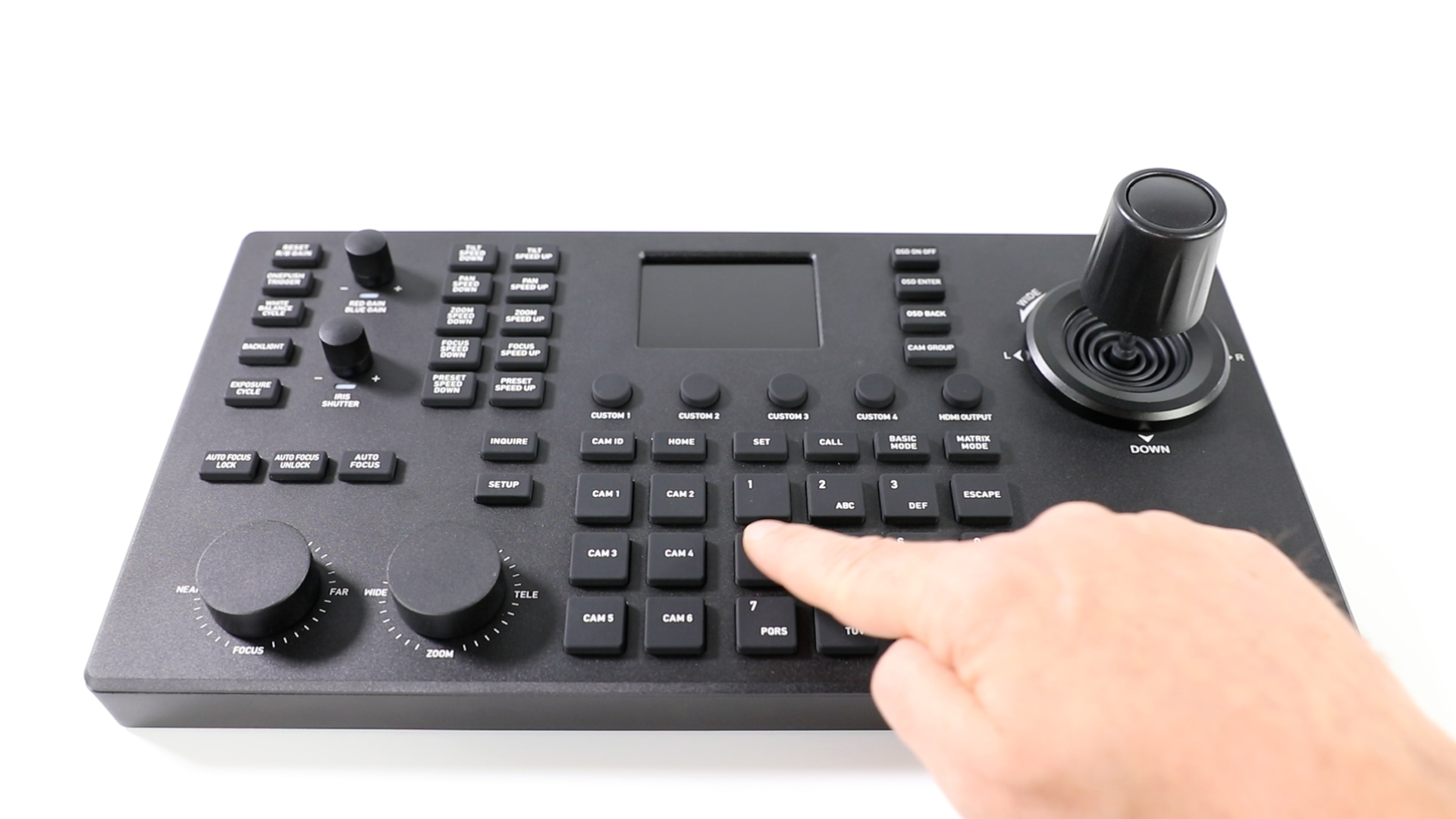
PTZOptics’ SuperJoy – bristling with buttons
The Digital Becomes Physical
A pair of announcements from the automotive industry at CES 2021 demonstrate both the power of buttons and the drawbacks of screens. Mercedes-Benz bet big on touchscreens by debuting the MBUX Hyperscreen, a 56-inch display that covers an entire sedan dashboard. The marketing for this component touts the 12 built-in actuators for haptic feedback, the special coating that reduces reflections and glare, the single navigation layer, with no nested menus. Guess what else provides haptic feedback, low glare, and a single navigation layer? Physical buttons. On the other hand, automotive systems supplier GHSP showed off control knobs intended to add a layer of tactile interaction to sleek glass dashboards like Mercedes-Benz’s. These dual stacked wheels are designed to integrate with touchscreen systems to allow drivers to control driving, safety, audio, or climate systems without taking their eyes off the road – returning the blind navigation capabilities lost with a touchscreen interface.
Embracing buttons doesn’t mean rejecting high-tech systems in favor of analog devices. The PTZOptics SuperJoy, the Logitech G502 mouse, and GHSP’s control knob are all intended to be flexible and programmable, like a touchscreen, but with all of the satisfaction and advantages of a tactile interface. They allow both fully customizable control – on the part of the carmaker for GHSP, or the end user for the G502 or the SuperJoy – and blind navigation. These are physical interfaces that support both learning and mastery for complex operations. Buttons like this aren’t retro: they’re the future.
Key Points:
- Sheets of touch-capacitive glass have become synonymous with modern, flexible design and universal control.
- While button-free control is a popular design feature on many products, neuroscientists and designers are of the view that sometimes, buttons are better than screens.
- Touch – tactile control – engages multiple senses. The feel of a button, and the audible click heard as it is pressed, helps our brains more easily encode the cause-and-effect sequence of events.
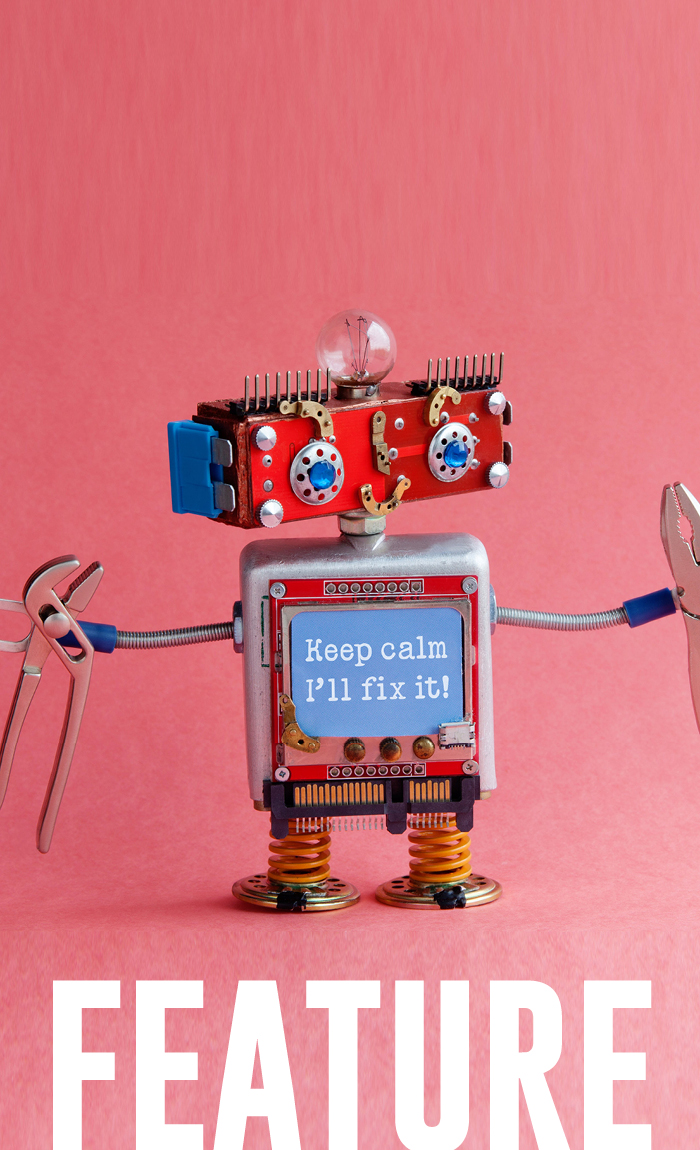
CUSTOMER ENGAGEMENT
Making the Right Call

By Paul Gipson, Director of Marketing Compliance Services for CompliancePoint, a subsidiary of PossibleNOW
External communications are one of the most important elements in business operations today. However, many businesses were not prepared to face a global pandemic, and communications can become more complicated in unprecedented times. This has left many companies to wonder the most appropriate ways to engage prospects and customers while maintaining legal compliance.
An important factor in effective communication is customer empowerment, meaning the customer feels their individual voice is heard, trust is built, and relationships are enriched. It is even more crucial for telemarketers to be knowledgeable about the laws that govern them, which includes the Telephone Consumer Protection Act (TCPA). When engaging in outbound communications, it’s important to understand the pandemic’s effect on TCPA guidelines. While the TCPA remains intact, there are several restrictions that have been implemented because of the pandemic.
A telemarketer’s biggest challenge is often ensuring effective communication in an environment where spam calls are prevalent. Robocallers are thriving on the large number of people working from home. Many can impersonate the IRS and health-insurance companies and collect funds. This leaves consumers feeling wary of telemarketers, and many often refrain from answering the phone entirely, especially when calls reflect no caller identification. This can have a drastic effect on a business and its sales if the business is reliant on telemarketing as a sales mechanism.
A best practice for effective telemarketers is to monitor practices to ensure they comply with any calling prohibitions outlined in the TCPA.
Rules of Engagement
The TCPA (Telephone Consumer Protection Act) and the TSR (Telemarketing Sales Rule) have specific requirements for sales call practices. One of these sales practices includes the prohibition of call abandonment. This means that when telemarketers dial in a “predictive manner,” a call is answered by a consumer but no agent is available to talk on the other end of the line. This happens when a predictive dialer places multiple calls at once and “predicts” that only one consumer will answer, but more than one actually answers. If companies are calling predictively, a message must be played to the consumer to indicate who was calling and why, as well as an automated opt-out mechanism. If the company does not have an automated message that is played, they are not within the compliance requirements of the TCPA and the TSR. Abandoning more than 3% of phone calls (per campaign per 30 days) is prohibited.
Companies must also be cognizant of calling times. Outbound calls can only be completed during the hours of 8 a.m. to 9 p.m., based on the consumer’s location. Further, telemarketers must also be aware of the customer’s time zone. In an instance where an address and phone number hail from alternate time zones, telemarketers would be best advised to use the time zone in which the address is placed. Addresses are more likely to be updated and changed over time.
It is crucial that telemarketers deliver a disclosure to the consumer stating the company’s name, reason for the call, and whether the call is being recorded. This allows for the avoidance of any illegal recordings, even if they were unintentionally illegal, that can lead to complaints and lawsuits.
Calling individuals against their will could lead to legal enforcement and will certainly reflect poorly on the business. The TCPA recommends keeping do-not-call requests for five years, so record-keeping is crucial when navigating calling lists.
Auto-dialing, originally deemed the dialing of random phone numbers, now includes predictive dialer calls. If a device has the capacity to dial phones without human-intervention, it is likely an auto-dialer. To send marketing messages/calls with an auto-dialer, prior written consent is needed. Of course, do-not-call lists still apply in these cases and should be observed.
During the COVID-19 pandemic, answer rates have been increasing. Despite changing restrictions due to state of emergency declarations, only New York and Louisiana have made restrictions on telemarketing. Calls about debt collection have additional restrictions in Massachusetts, Nevada, North Carolina, and Washington, D.C. As per state of emergency guidelines, all states must allow emergency calls, which includes robocalls. Emergency calls or text messages containing information affecting the health and safety of the consumer are allowed.
In the current pandemic, if a call or text is in relation to the virus, it is only deemed an emergency if it is from a hospital, healthcare provider, or state health official, or details an imminent safety risk. The national state of emergency is not a time to avoid call-restrictions and claim there is coronavirus relation. To ensure that dialing and texting records are maintained, company executives should listen in on calls. If an agent seems to have a lesser volume, organizations would be wise to investigate whether they are dialing on a personal line without record.
Home offices are now an extension of the office environment. Collecting information should be done through a different mechanism, for example, a transfer to a supervisor or putting the call through an interactive voice response.
Companies should be sure to educate employees on ongoing TCPA laws. They should further review third-party and client contractual requirements to ensure that security responsibilities are defined and addressed. Overall, this challenging time presents many changes, but staying compliant and communicative ensures a productive and cohesive work environment.
Learn more here: https://www.possiblenow.com/do-not-call-compliance
In Short:
- Especially during pandemic times, effective external customer communications must provide a sense of customer empowerment, meaning the customer feels their individual voice is heard; that way, trust is built, and relationships are enriched.
- Customers are especially wary of telemarketers in these times. The best remedy for this is to monitor internal customer outreach practices to ensure they comply with any calling prohibitions outlined in the Telephone Consumer Protection Act (TCPA).
- When navigating call lists, the TCPA recommends keeping do-not-call requests for five years, so record-keeping is crucial. Companies should also be cognizant of when outbound calling times must be completed, and also be aware of the customer’s time zone.

FINANCIAL ROUNDUP
Smoothing the Path to Purchase
How financial services companies serving the consumer electronics and appliances industries have responded to the growth of online sales in the yearlong pandemic cycle
COMPILED BY NANCY KLOSEK
Question:
Dealerscope: In what ways has the dramatic consumer shift during the pandemic period towards an eCommerce shopping experience impacted the retail finance sector – particularly for the consumer technology and appliance industries? And do you expect the shift to sustain, even after buyers are able to shop for their tech products in person?

Orlando Zayas, CEO, Katapult:
The pandemic forced financial service providers to shift focus from brick-and-mortar experiences to improving or creating a customer-centric ecommerce experience; it is not enough to just be online. The ecommerce experience and decision process is completely different from that of an in-store experience, it requires specific expertise and a strong understanding of the consumer. I anticipate that this trend will continue and ecommerce will continue to be an important segment to cater to.

Martin Kuhn, President, Tempoe/SmartPay:
Consumer buying behavior has moved aggressively toward ecommerce through the pandemic. In order for retailers make the most of each buying experience, offering a simple, integrated payment solution that reaches the widest potential customer base is critical. While we do expect a move back to more in-person shopping experiences, there is no doubt that a large portion of ecommerce buying behavior is now cemented into long-term consumer demands.

Chad Lyon, Head of Electronics & Appliances, Wells Fargo Distribution Finance:
The shift to an ecommerce shopping experience is one we’ve been following for some time. We expect this trend to continue, and feel the independent consumer technology and appliance retailers are well positioned for this movement. Seeing our retailers effectively add online capabilities to meet customer needs in a short period of time has been exciting to observe. They quickly invested in providing an omnichannel customer experience, one that is fully transactional with features aligning with evolving consumer behavior.
What major trends that have arisen recently are you keeping track of, with regard to leveraging them to tailor the particular products and services you offer to retailers to serve their consumer technology and appliance customers?
Kuhn: With the trend toward the BNPL (Buy Now Pay Later) products, consumers must be careful not to overextend themselves with these short-term payment solutions. At Tempoe/SmartPay, our product is similar in the fact that customers can obtain ownership in as little as 90 days, but we offer the opportunity to pay over extended terms so that customers are not forced into high short-term payments.
Lyon: One thing we’re watching is if consumer behavior continues to trend towards same-day and next-day delivery of ecommerce purchases. We’ve seen this evolution in other consumer markets where retailers changed their distribution model to deliver online orders the next day, and I think it’s quickly becoming a preference among consumers. Of course, if you could have your product delivered the next day, why wouldn’t you want that? However, the implications of this trend likely require retailers to stock more inventory to meet consumer demand, which our financing programs are designed to support.
How are your methods of training retail sales associates being handled these days to ensure that retailers are properly and effectively presenting your services to customers?
Kuhn: Virtual trainings have been essential for education of store associates. Videos, webinars and conference calls have replaced a portion of the “in-store trainings” once commonplace in our retail relationships. Partnering with retailers to get our solutions implemented into their in-house LMS (Learning Management System) has also been essential to keeping associates well informed on our products.
What are the biggest challenges your industry faces in the consumer technology and appliance spaces, and how are you addressing them? And what are the biggest benefits retailers can realize, when working with you to address consumer needs
Lyon: Our industry has a good challenge right now — high demand. Due to a few factors from COVID, including more time spent at home, increased utilization of appliances, and the booming housing market, we’ve seen a huge spike in demand for appliances. This increased demand has challenged the core values of the industry, which is accustomed to meeting consumer expectations on product availability. We felt the impacts of this challenge as well, as our financing programs play a key role in our retailers’ ability to acquire inventory. We continue to support our customers through flexibility on our programs, process changes, and consistent communication. All great opportunities come with challenges, and we feel confident this market will meet these challenges.
Zayas: Educating retailers is crucial to ensuring that the nonprime customer, which represents one-third of Americans, has access to purchase the items they need when they need them. By implementing lease-purchase options, you can bring these nonprime consumers the same buying power as a prime consumer and capture a new customer base. Our retail partners see increased transactions, higher average order value, reduced cart abandonment and an increase in customer satisfaction.
Kuhn: With the shift to more online shopping, there has been a significant increase in fraudulent behavior, which significantly puts payment providers at risk. Introducing advanced underwriting solutions to combat this fraud is essential to maintain a strong program. At Tempoe/Smart Pay, we have built the proprietary underwriting solutions and fraud prevention tools to maximize our customers’ sales, while reducing this negative impact of fraudulent behavior – and without negatively impacting the consumer experience.
What is the outlook for your business for the rest of 2021? And what kind of above-and-beyond assistance can retailers count on you for, moving into the end of this year and into next year?
Lyon: We have a favorable outlook for 2021. We see retail and replacement sales remaining above trend as consumers are staying home and increasing usage of their appliances. Discretionary sales will benefit as high savings rates in the U.S. find their way into home investments. Additionally, new home construction is expanding, creating more demand for product. Retailers can continue to count on our programs to deliver an uninterrupted flow of goods from OEMs to retailers, ensuring they have the products they need to meet consumer demand.
Kuhn: We are bullish on the rest of 2021 and beyond, with the expectation that more consumers will be back into the market. A hyperactive real estate market creates need for new consumer products and the continued support from the stimulus programs will keep sales moving in the right direction. Additionally, we see more and more companies shift their operations to full ecommerce channels with less dependence on brick-and-mortar locations, which keeps the pressure on payment providers to drive innovation and the evolution of retail payments with technology solutions. We feel we are ahead of most when it comes to how we adapted.
Zayas: I am excited about the year ahead; 2021 will be another year of growth and innovation for Katapult as we stay focused on providing retailers the payment solutions they need to serve their customers. Katapult works very closely with our retail partners to provide support and strategies and we will continue to do so. We are the leading e-commerce fintech platform focused on the subprime customer, because of the hands-on support we provide.
Fact Checker:
- The financial services sector of the consumer tech industry has been quick to answer the challenges presented by buying behaviors that have gravitated to ecommerce during the pandemic, with supportive programs geared to online and omnichannel purchases.
- With the stay-at-home trend during COVID-19 has come increased home investment and increased appliance and CE product demand – stimuli that have bolstered consumers’ need for financial services.
- Executives are optimistic that the waning of the pandemic along with the infusion of financial support from government stimulus programs, among other positive factors, will cause more consumers to return to the market.
NATIONWIDE MEGA WRAP-UP
Virtual PrimeTime a Hit
The second online show saw big attendance gains.
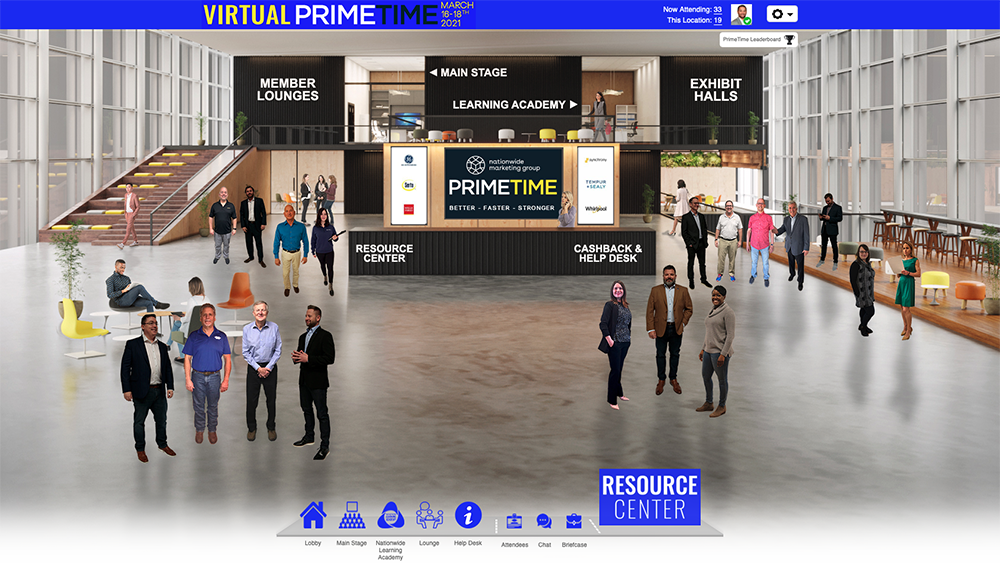
Under the theme “Better. Faster. Stronger.,” Nationwide Marketing Group hosted its second Virtual PrimeTime event that was equal parts educational and opportunistic. The three-day event, held March 16-18, tackled topics including appliances, marketing, selling to women, and more, and was all-around well-received with the numbers to prove it.
More than 2,500 attendees logged into the Virtual PrimeTime platform, including more than 1,400 representatives from over 1,100 member companies. Of the 100 free-to-attend Nationwide Learning Academy sessions and keynote presentations, members attended more than 34,000 total sessions, representing an increase of 112 percent over the October Virtual PrimeTime show. On average, attendees viewed 110 minutes of education and attended roughly 12.5 sessions each during the show. For the next month, these numbers will continue to rise as Nationwide offers these sessions on-demand for its members.
“This isn’t the time to go dark,” Nationwide Chief Member Advocate Tom Hickman told members during the State of Nationwide address. “This is the time to make sure your website is the best and most engaging in your market. This is the time to make sure your brand is competing for awareness and a place in the consumer’s conscience. What you invest today isn’t just about driving traffic this weekend. Today’s investment pays off weeks and months down the road – or even a year from now.”
On the vendor side, booth visits rose nearly 20 percent and retailer orders are already on pace to surpass the October Virtual PrimeTime, which saw more than $3 million in Cash Back rewards doled out to dealers. The return of PrimeTime Palooza during Virtual PrimeTime contributed to this increased spend by engaging attendees with show specials and limited-time purchasing opportunities.
Ending the show on a high note, Nationwide split a grand cash prize of $100,000 between 20 of its members. The Bed Store was also presented $10,000 to put toward a cause of their choice.
“Virtual PrimeTime has enabled us to remain connected with our members during the pandemic and offer them the best possible education, networking and buying opportunities while staying socially distanced,” adds Nationwide’s Vice President of Member Experience Melissa Stenson. “That said, while PrimeTime will continue to have some virtual aspect moving forward, we can’t wait to meet with our members again in person and are eagerly looking forward to our next PrimeTime show in Nashville in August.”

Nationwide Marketing Group‘s second remote-only Virtual PrimeTime wrapped up last month with sessions on everything from smart luxury appliances to finding opportunity in the challenges caused by COVID, but one thing was clear: Digital prowess is key for retailers not only during the current pandemic, but also well after it subsides.
“Consumers have spent the last 12 months doing literally everything online…and 2020 was their masterclass in how to live in the digital age” said NMG President and Chief Member Advocate Tom Hickman in his kick-off speech, citing encouraging statistics around the ever-increasing number of vaccinated Americans, which is slowly helping brick-and-mortar businesses reopen. “But just because stores, restaurants, schools, and theme parks are becoming safer to visit, it’s unrealistic to expect consumers to suddenly abandon their newfound love and proficiency in the online shopping experience.” This is likely clear to many Nationwide members that achieved record growth last year. According to Hickman, members that worked with Nationwide service partners RWS (Retailer Web Services) and Site on Time experienced 27 percent more sales—an additional $270,000, to be more specific–than retailers on competing platforms, leading to an additional $67,005 in profit.
Hickman also zeroed in on the third round of economic stimulus payments that started going out to consumers this past week, and reminded members of the traffic spikes to their sites when the first stimulus payments went out in April 2020. “I encourage you to get active, if you aren’t already, around that $1,499 price point,” he said, offering examples of packages in the furniture, laundry, sleep, and grilling categories that generally clock in around that price. “The $1,499 price point is one consumers are predisposed to hone in right now. So leverage the speed of digital to merchandise, leaning into it online and look to replicate that in-store.” In other words, just because brick-and-mortar locations may be open, it’s still all about the digital doorways into those locations.
While most members have had no choice but to step up their digital game and have seen much success as a result—sometimes even struggling to fill orders–they have slacked in other important areas: namely, marketing. “Today, consumers are exposed to many thousands of brand messages a day, and those interactions build awareness,” said Hickman. “If we go dark on our marketing efforts, we stop building awareness of our businesses with shoppers who aren’t in the market toda. We’re surrendering those shoppers, to those who remain active.”
In other words, and in some cases, to big-box retailers such as Best Buy that have doubled-down on online ad spending since 2020. “In short, this isn’t a time to go dark,” said Hickman. “When it comes to marketing, your brand is either appearing, or it’s disappearing.”
Here are a few of the highlights:

Digital Is Here to Stay, Says Nationwide’s Hickman
Nationwide Marketing Group‘s second remote-only Virtual PrimeTime wrapped up earlier this week with sessions on everything from smart luxury appliances to finding opportunity in the challenges caused by COVID, but one thing was clear: Digital prowess is key for retailers not only during the current pandemic, but also well after it subsides. “Consumers have spent the last 12 months doing...
Continue to read
Strategies for Selling to Women Spotlighted at Nationwide Virtual PrimeTime
Bridget Brennan, author of “Why She Buys: Winning Her Business and Why,” stated in her presentation to retailers at Nationwide Marketing Group’s PrimeTime event March 18 that while certain conditions were not within their control – most notably, the pandemic, that they were “100 percent in control of customer experiences.” With that assumption, she proceeded...
Continue to read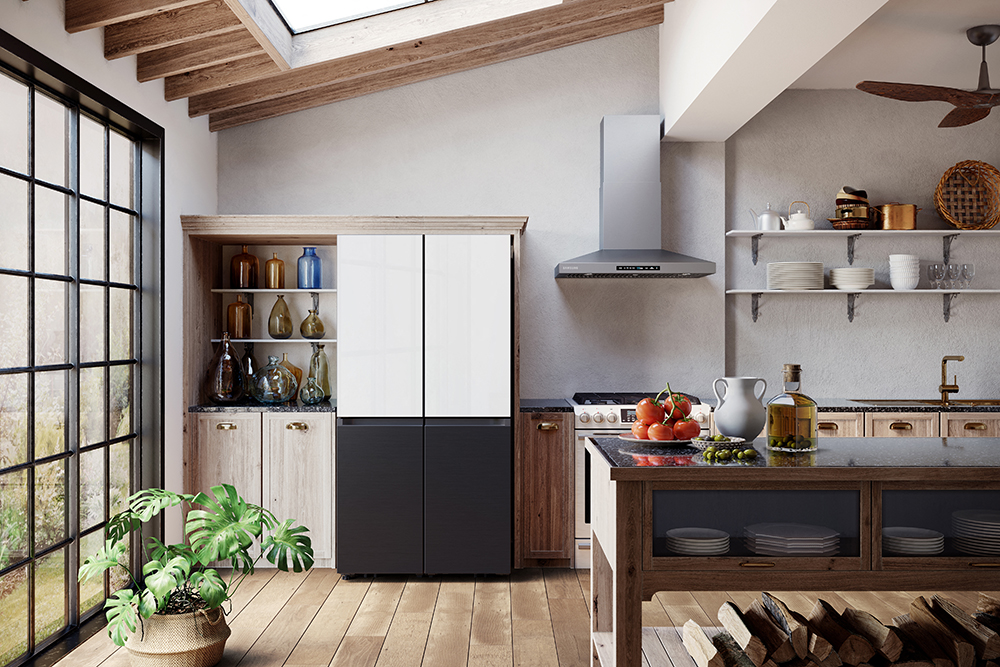
Nationwide Dazzles with Intelligent Luxury Appliances at PrimeTime
The biggest news coming out of the custom integration space for Nationwide was its partnership with CEDIA. Expanding education opportunities for members has long been a goal for Nationwide. When it comes to distinguished certifications, CEDIA was an obvious choice, Alexander explained. Better education for dealers, Alexander says, is a win-win for everyone. Nationwide members...
Continue to read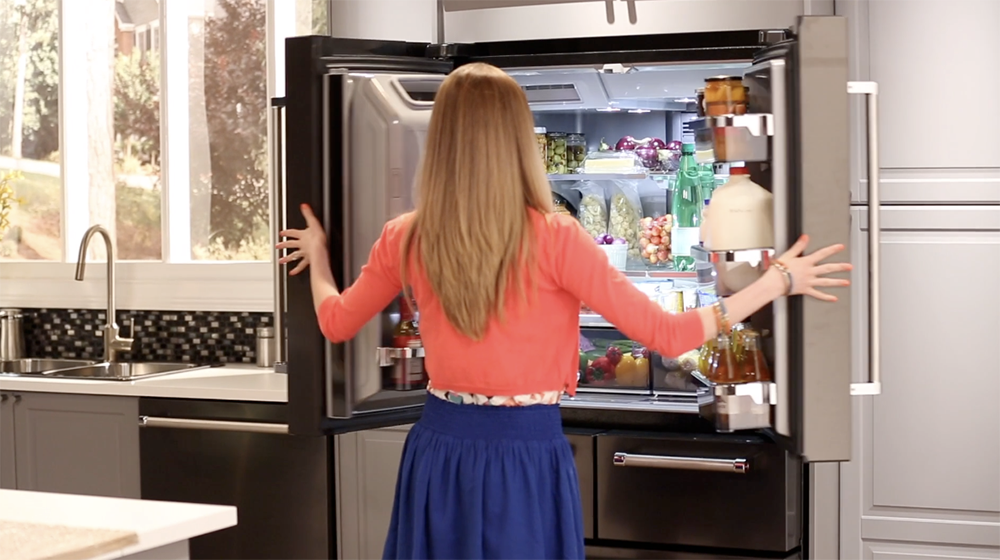
Nationwide’s Wrede Projects ‘Continued Momentum’ in 2021 Appliance Sales
Since the onset of the pandemic in 2020, consumers have spent a record amount of time cloistered in their homes. But it has not only taxed their health and their stamina. COVID took a heavy toll, too, on their appliances, setting the stage for breakage, replacement and even upgrades – and providing the independent member...
Continue to read
Harnessing the Power of Google for Retail Success
On a special episode of the Independent Thinking Podcast hosted live from Nationwide’s Virtual PrimeTime, Patrick Tam, Strategic Partner Manager at Google, discussed digital trends as they relate to retail and the ways retailers can use Google’s suite of tools to stay ahead of them. During the discussion led by Rob Stott, Corporate Communications Manager...
Continue to read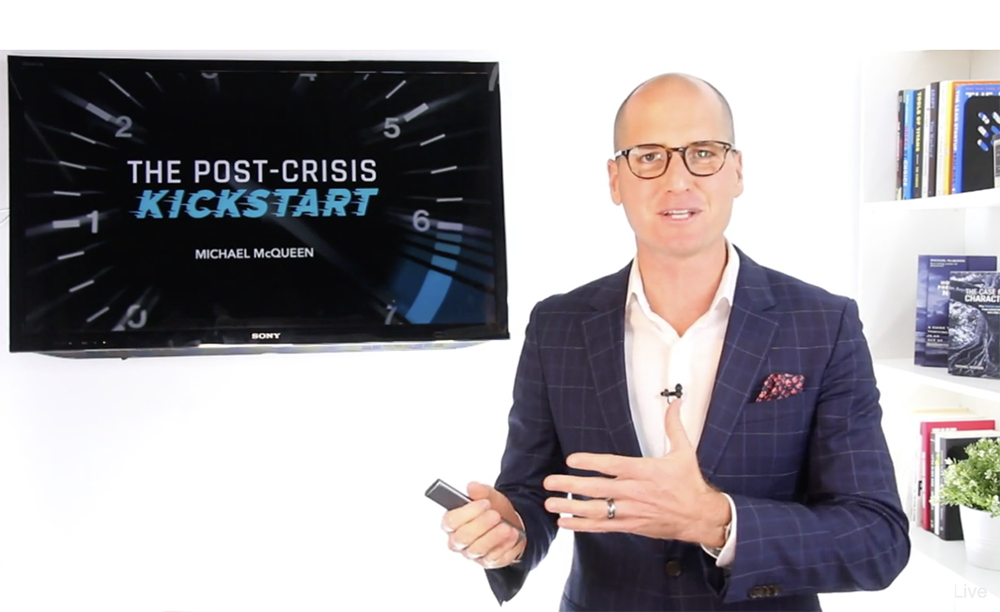
Nationwide PrimeTime Talk Focuses on Disruption as Opportunity
Trends forecaster Michael McQueen, in his Synchrony-sponsored “Post-Crisis Kickstart” presentation to Nationwide Virtual PrimeTime attendees March 17, offered the buying group retail members some powerful advice about turning adversity into opportunity – particularly germane in wake of what has perhaps been the most disruptive year ever for their businesses. “You need to respond to disruption...
Continue to read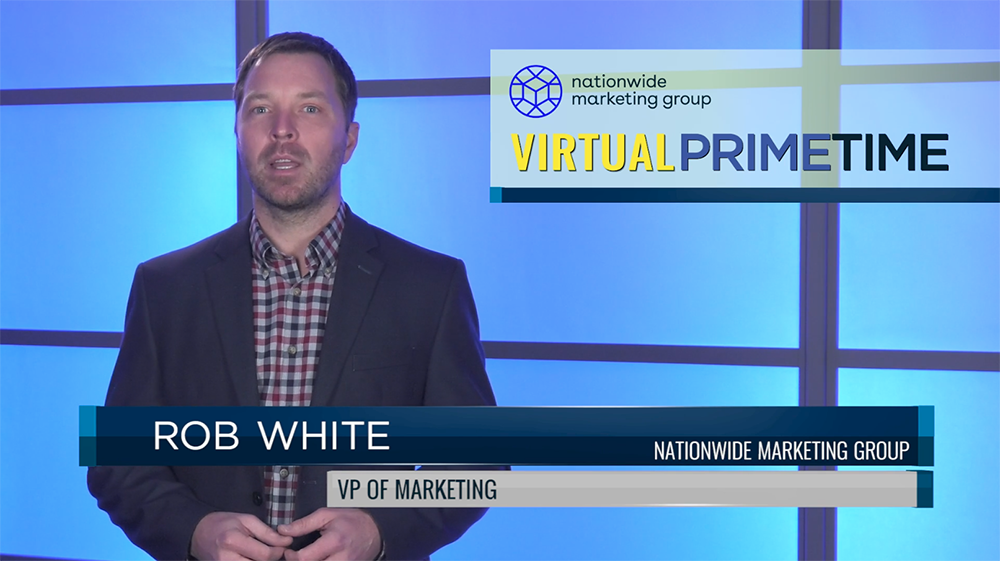
Nationwide Virtual PrimeTime Zones In on the Customer Journey
Rob White, vice president of marketing for Nationwide Marketing Group, took viewers of the Virtual PrimeTime Show March 17 on a walkthrough of the changes in consumer purchasing habits in the year since the effects of COVID-19 began to be felt. The overarching message in his talk, “Understanding the Customer Journey & the Impact of...
Continue to read
Nationwide Virtual PrimeTime Talk Views State of the Economy
In a Wells Fargo-sponsored webinar at the mid-March-held Nationwide Virtual PrimeTime, Sarah House, the company’s senior economist and director, presented group members with figures to back up her contention that things are looking up for the economy. The nation is benefiting from “tailwinds” such as increased vaccine distribution, falling COVID case numbers, and the cumulative...
Continue to read
CUSTOMER SUPPORT
Learning Curves
Preparing to Meet the Rising Tide of Early Adopters

By Lance Rosenzweig, CEO, Support.com
About the Author: Lance Rosenzweig is President & CEO of Support.com, a leader in customer and technical support solutions delivered by home-based employees. Previously, he had been CEO of three leading business process outsourcing companies, including Startek, Aegis, and PeopleSupport, and is also an entrepreneur and board member, with a track record of building great companies and generating substantial shareholder returns.
Social distancing requirements relating to COVID-19 have lasted far longer than anyone originally projected. Stay-at-home measures that we hoped would be over after a month or two have now been in place for almost a year. Psychologists estimate that it takes an average of 66 days to form an automatic habit. After a year, the behaviors people have adopted in response to the pandemic have become fully ingrained.
For retailers, the shopping behaviors of 2020 are no longer an anomalous emergency response, but are a harbinger of the future. The past year created new habits in how people shop and what they buy. Retailers and customer support BPOs (business processing outsourcers) need to build capacity and new capabilities now to handle sustained demand and new challenges in readiness for the post-COVID consumer.
Tech Purchases Helped Fuel the E-Commerce Boom
E-commerce grew 44% in 2020, dwarfing any previous years’ growth. Across age demographics, shoppers grew more comfortable shopping online, even for perishable items like groceries, and long-term investments like furniture. Social-distancing may have started this transformation, but the sheer convenience of e-commerce allowed it to continue, especially as home-based workers no longer need to worry about losing packages to porch pirates, or missing work to receive valuable or large deliveries.
Although there were certainly short-term surges for items like disinfectant and paper products at the beginning of the pandemic, some interesting long-term patterns emerged over the course of the year. Specifically, people have been buying tech. Best Buy jumped from the tenth largest online retailer in 2019 to the fifth largest in 2020; in fact, three of the top five largest e-commerce sellers – Apple, Dell, and Best Buy – are tech-focused.
Pandemic Purchases Set Off a Long-Term Trend
Clearly, many of these purchases were driven by consumers working and attending school from home over the past year. These tech purchases could be seen as yet another emergency supply, like hand sanitizer or toilet paper, if they weren’t accompanied by a telling change in sentiment. In 2016, a Pew survey found that 28% of Americans identified as strong early adopters of technology – people who must have the newest tech before other people have it, and enjoy talking about their new tech experiences. One of the findings of this study was that openness to new experiences was correlated with early tech adoption. Could it be that, as so many other types of new experiences became unavailable in the pandemic, people have formed a new habit of early technology adoption?
A study commissioned in 2020 by Mojo indicates that this is likely. In Mojo’s survey, 43% of respondents fell into the “first adopter” category, a significant jump from the 28% who fell into the similar “early adopter” category in Pew’s 2016 survey. Regardless of whether respondents identified as first adopters, they reported purchasing more new technology and feeling more dependent on it than before the pandemic. A large majority of first adopters are likely to continue their increased rate of technology purchases once the pandemic subsides; interestingly, 41% of “Later Adopters” agree. The study projects that the COVID-19 pandemic will cause a significant cultural shift towards early tech adoption.
In combination, the trends of increased e-commerce and earlier tech adoption imply that consumers will buy more cutting-edge technology without even first seeing or trying it in a store. This is undoubtedly an exciting prospect for tech retailers, until they consider what happens after the product arrives on the customer’s doorstep. These brand new, high-tech devices are going to require a lot of customer support.
Support Services are Critical for Early Adopters
As the leader of a company providing customer and technical support services, I look at these trends in terms of how the customer support industry needs to evolve. Recent research from Parks Associates highlights the extent and importance of the customer support required for tech consumers. In their “Supporting Connected Consumers” whitepaper, Parks reveals that 13% of consumer electronics owners have never attempted to set up a device themselves, and that 22% of those who do attempt DIY setup encounter problems. In the smart home category, the numbers are even starker, at 37% and 31%, respectively. Customer support of smart home devices is incredibly complex, because the expert must be able to troubleshoot not just the devices, but the network and other integrated devices connected to it.
The problems consumers encounter in setting up and troubleshooting these devices can have a major impact on brands. After all, the “late majority” is largely waiting on “first adopter” feedback before making purchasing decisions. In order to appropriately support the rising tide of early adopters, retailers, OEMs, and emerging tech companies need customer and technical support experts who are deeply knowledgeable and experienced with the products and the ecosystems in which they reside. This is a tall order when the products are by nature brand new, and support personnel are increasingly working remotely across the globe.
Remote Support for Remote Consumers
The pandemic has decentralized customer support services, pushing jobs that were once primarily performed at brick-and-mortar call centers towards home-based models. For early-adopter tech support, that could be a very good thing. The IT-savvy, networking background, device fluency, and mental agility required for high-quality tech support of emerging devices – particularly IoT devices – means that these roles should be occupied by skilled knowledge workers. Overwhelmingly, knowledge workers prefer to work at home. Even before the pandemic, 74% of knowledge workers surveyed by Zapier said they would quit their current job for an opportunity to work from home. Since COVID-19, further studies have found that such workers are both reluctant to return to physical offices and more productive when working from home. The shift toward home-based technical support means BPOs with a homesourced “expert anywhere” model – that is, an employment model organized around an entirely home-based workforce – have a distinct advantages with respect to recruiting, training, managing, and supporting staff to ensure excellent customer experiences.
BPOs with an expert anywhere model can hire technical support experts from anywhere in the world – wherever these experts want to live. Moreover, since they don’t have to commute, these homesourced workers have access to flexible scheduling options, such as part-time, split shift, or flexible schedules. A homesourcing organization therefore has access to deep pools of talent: parents who have left the workforce in the U.S. due to childcare responsibilities; college-educated call center workers in the Philippines who no longer wish to spend four hours per day commuting; the untapped female workforce in India, where women rarely work outside the home; disabled military veterans with deep technological expertise who find navigating office facilities challenging. The people who can provide the expert support are out there. They just need the systems and practices in place to support them. Homesourced experts need online learning that allows them to quickly get up to speed on new technologies. They also need tools that will help them resolve complex problems in context. For example, Support.com leverages live training sessions, asynchronous training that allows experts to practice on their own, and a proprietary Guided PathsTM system that uses dynamic decision points to help experts quickly identify the root cause of a problem. Our systems were designed specifically to allow home-based experts to master new technology quickly, and intelligently support them as they assist customers.
Even the most sophisticated BPOs will need to evolve to meet the needs of tomorrow’s early adopters. Just as 3D graphics and AR rendering have made e-commerce more like brick-and-mortar retail, the development of virtual product labs will simulate hands-on product training for home-based customer support experts. Remote experts should have the opportunity to examine and operate products in a realistic digital environment so they can assist customers from a position of authority. With virtual product labs, teams will be able to more quickly get up to speed on new product releases or updates, and practice complex situations such as the product’s interaction or integration with other devices.
More than learning from home or even working from home, shopping from home may be the most indelible new habit of the pandemic. Combined with increased enthusiasm for technology, customer support services need to innovate quickly to keep these new early adopters happy. It’s a virtuous cycle: to benefit from the explosive growth in technology e-commerce, the industry needs to do a little early adoption of its own.
Summary:
- 2020 brought a massive surge not just for e-commerce in general, but for technology in particular.
- Studies indicate the consumers are shifting their buying habits toward earlier technology adoption.
- The customer support industry must focus on developing new approaches that increase agents’ mastery of emerging technologies to be ready to serve these new early adopters.
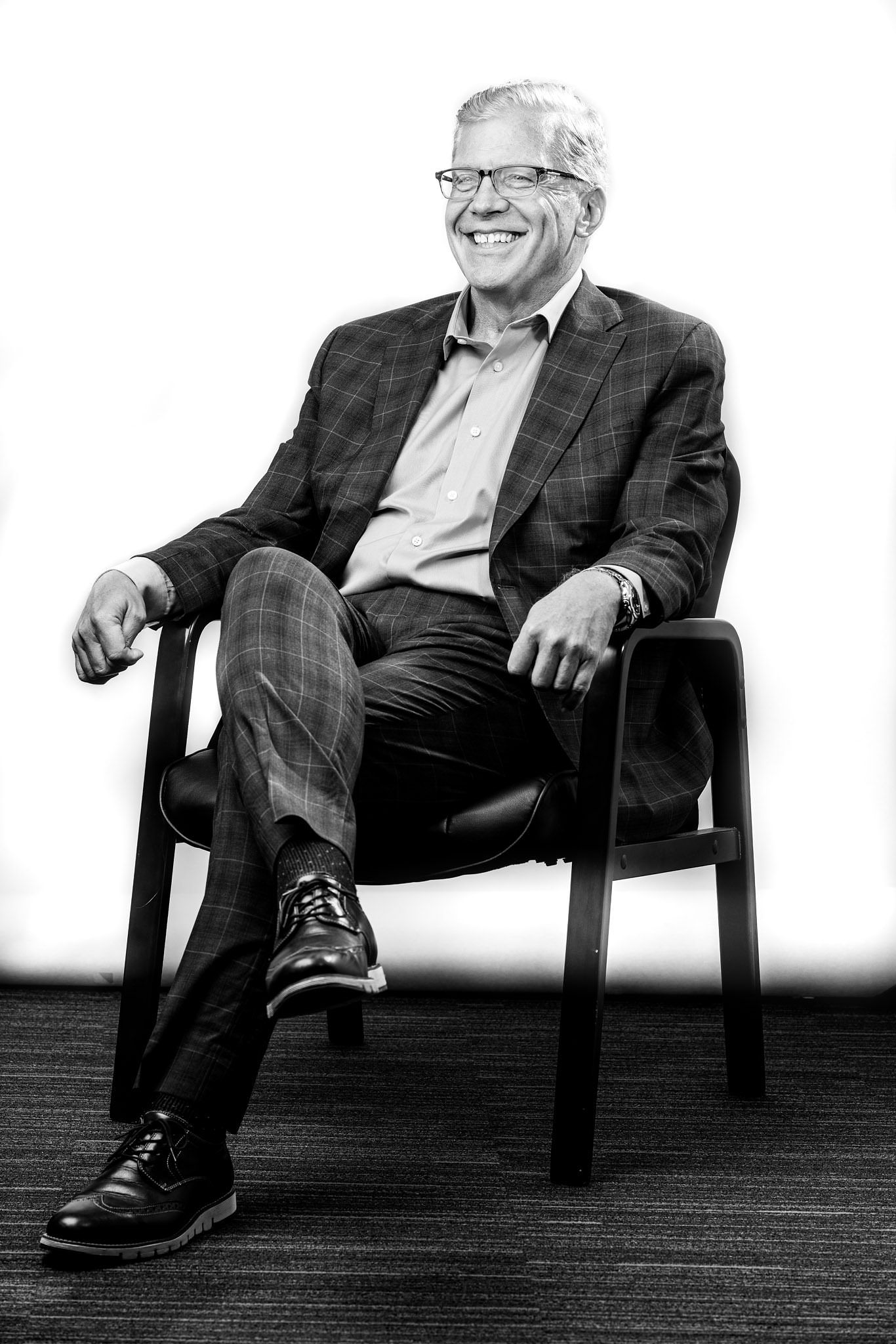
RETAIL ON THE RUN
A Store Visit With John Riddle, CEO, Howard's
INTERVIEW BY TOM SAMILJAN

What’s the history of Howard’s?
This year marks our 75th anniversary. Our first store was in San Gabriel [Calif.], which our founder, Howard Roach, opened in 1946. We are, I believe, one of the five oldest employee-owned corporations in America. The Howard’s ESOP (Employee Stock Ownership Plan) was formed in 1976 and that means there is no major shareholder; the company is entirely owned by employees.
What distinguishes Howard’s from the competition?
The experience center model, which we launched here in Long Beach last September, is distinct. The store is full of different vignettes, or stations, with fully working versions of different appliances. You can come in here and experience any product or see a demonstration. Sort of like Tesla in the automotive space, the idea behind this model is to offer a cool, unique experience that will simplify and enable people to feel comfortable with appliance shopping.
As for the competition, the vast majority of the core products for all these appliance brands are primarily sold through retailers that have cement floors. You’re usually in a warehouse club and can’t find someone to help you, and if you do find someone, they’re not going to know very much, or, as at the car dealership, the pitch is on the warranty and there’s a game played on pricing.
And then the other part of the appliance retail business is premium and luxury, and in those stores, you’re made to feel stupid if you don’t have your designer or architect with you to spend two days looking at showerheads. What these stores don’t get is that customers, especially after nesting at home for the past 12 months of a pandemic, are increasingly educated about IoT and pricing and that they really just need to help facilitate the process or get some hands-on with products. So it’s a hassle.
It’s just the opposite of what we’re trying to provide at Howard’s. What we’re doing with this concept of the experience center is having a sales staff that’s not compensated to sell you a particular brand or model but instead has heavy inside-Howard’s training and technology and product education. And then we want the consumer to get comfortable turning stuff on and playing with the technology we have in the store. If you want to try out a gas burner, you can turn on the gas burner. Or you can do your laundry in our new LG WashTower station. It’s kind of like a playground experience, and it’s working—this approach drove a 44 percent comp store increase last year from our business.
We also see a lot of potential, once the pandemic subsides, to do a lot of event marketing related to teaching and education. All of these vignettes are set up with cameras and TV screens, so we can showcase cooking events and that sort of thing.
How many stores do you have?
We have 12 stores throughout Los Angeles, Riverside, San Bernardino, and Orange counties, which is where our headquarters are located in La Habra. We are also opening up a brand-new store at 900 North La Brea Boulevard in September, which is our first foray into that part of Los Angeles. It’s located in a hip little area with coffee bars, restaurants, and mixed-use developments. It’s right on a corner, so we’ll be able to have a vertical sign that’ll be more visible from either direction on the street. There’s a Tartine around the corner, a Sprouts across the street, and a Best Buy about a block away in West Hollywood that’s either the second or third largest in volume in the United States, so we’ll be targeting them. The store is about half the size of our Long Beach store, which is 22,000 square feet, but it’ll also have the same experience center setup. We’ll be incorporating this model into our Huntington Beach location, also in September, as well as in Irvine.
We also have an outlet store, where we sell Class B product, that’s connected to our 172,000-square-foot distribution center in Pico Rivera. Having our distribution center in that location, which is kind of central to all the people living in Southern California, is a huge advantage strategically. Unlike most of our competitors, which have distribution centers in Fontana, Riverside, or other parts of the Inland Empire, we don’t have trucks sitting on the road in traffic for two or three hours. We have the capability to get to someone’s home at a regular hour of the day, rather than knocking on their door at 8 or 9 at night with a delivery.
What about online?
The goal with our dot-com, or website, has always been to have a place where customers can go to experience product and not just to see the pricing of product. That means to see a product working and to be able to compare it to other products, as well as give them options for shopping in-store. So our dot-com is meant to be a support system to give the customer enough information to drive them into the store, but if they want to transact on the website, they can do that. We offer both delivery and curbside pickup. Bringing the customer into the store is important, but ultimately they need to shop the way that they want to shop, so we launched a virtual shopping feature where a customer can set up a one-on-one appointment to have someone with an iPad take them around the store and show them different products. If you want to come into the store, the same offering is available: You can also set up a personalized one-on-one appointment to meet with an expert in-store and get all your questions answered.
Simplifying the process has always been what we’re about. We want to get down to this combination of our website and our brick-and-mortar feeding each other. We work to help facilitate the experiential side of both the website and our brick and mortar.
What are the top three things that the management team at Howard’s has implemented that you attribute to the success of the store?
First off, redefining the experience of the consumer, serving them in a more proactive way and making it easier and more fun for them to try out and discover appliances in our stores. Second, we redirected the key performance indicators of the employees and changed their compensation to focus on the customer’s needs, instead of commissions, or spiffs, around sales. We’ve also changed the metrics around how an employee is evaluated around here — so putting, say, Vinson, on a pedestal for having the most five-star reviews versus for selling $500,000 worth of high-margin items. And I think third is that we’ve launched three different websites in two years. We modernized our web experience to suit Howard’s and leaned into the digital implications that come with that.
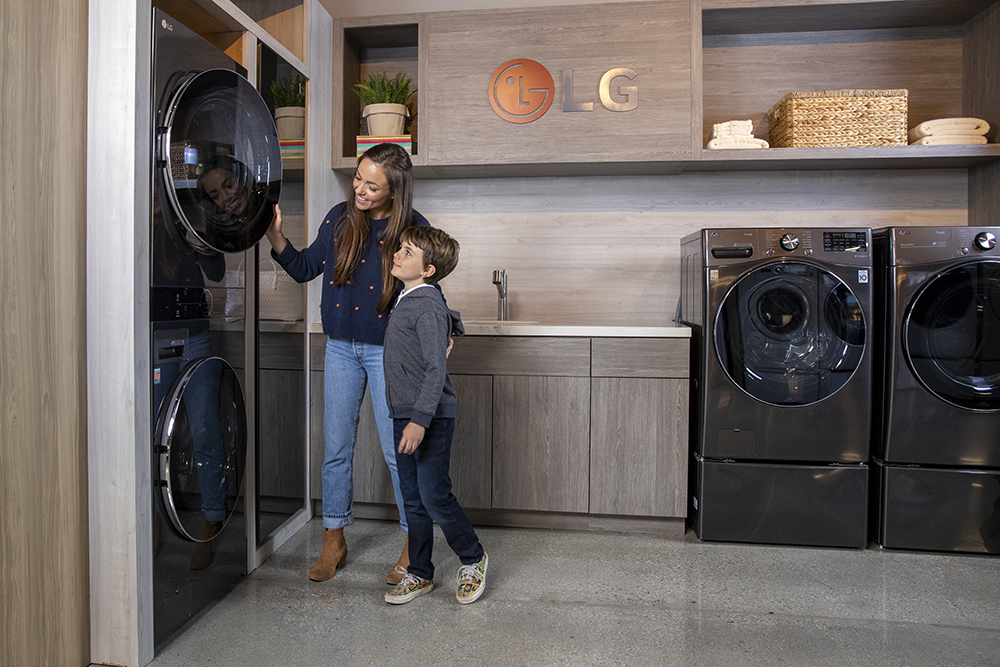
What are the top three things that the management team at Howard’s has implemented that you attribute to the success of the store?
First off, redefining the experience of the consumer, serving them in a more proactive way and making it easier and more fun for them to try out and discover appliances in our stores. Second, we redirected the key performance indicators of the employees and changed their compensation to focus on the customer’s needs, instead of commissions, or spiffs, around sales. We’ve also changed the metrics around how an employee is evaluated around here — so putting, say, Vinson, on a pedestal for having the most five-star reviews versus for selling $500,000 worth of high-margin items. And I think third is that we’ve launched three different websites in two years. We modernized our web experience to suit Howard’s and leaned into the digital implications that come with that.
What are your goals this year?
From a metrics standpoint, the goals would be to increase from a 3.96 rating on our Yelp and Google reviews to a 4.25 this year. So that’s number one. We also want to try and develop an understanding of a couple of other large markets in California for expansion. San Diego would be on the front end so far, but Northern California offers a lot of positives for us because it’s had more closures of retailers than we have had down here, and also partly because Fry’s was based up there and Pacific Sales closed all their stores up there. So that certainly has a portal, but San Diego is the eighth largest market in the United States and there are no other large regional players down there.
Are you looking to expand in any other ways or sell other categories?
Yes, we’re on our way to expanding into small appliances, including premium small appliances. We want to do more around this idea of urban kitchen design, with built-in coffee makers and the like, but also things that might go on a counter. So, for example, we’re going to work with GE on its Café brand, which has a new line of small appliances — a coffee maker and a toaster — that are colorful and chic, with a unique kind of design that I think is really cool. But we’ll also work with KitchenAid and other brands on juicers, mixers, and those kinds of products.
Is there anything in the building of your business that did not go with the way you expected, and that you learned from?
Well, just trying to get permits to build this store, for example. This is Long Beach, but over the past 12 months it’s been tough in any city to get permits, set up inspections, or all the other stuff you need to do with electrical and other building codes — particularly with this experience center, which used to be a Sports Authority. Besides all the working appliances, we’re doing live displays, all of which are interactive. This led and continues to lead to huge delays. The redesign of our Huntington Beach store was supposed to be done by now, but we’ve pushed it back to September.

Is there something unique about what you offer or how you do retail?
Besides the experience center model, we focus on customer service. We have a full-time customer service staff. They operate the same hours as the stores, which are open seven days a week. They’re there to do whatever is necessary, including something we started in the spring of 2019 when I came here.
My family had an appliance store when I was growing up. One thing I remember is that whenever a customer called and their refrigerator was out, or something happened with their washer, I’d go with my Dad to the store and we would pull a product out of inventory. Then we’d put it on a truck and deliver it to that customer so that they had something to use until we got a technician out to their house. And so now at Howard’s, we have a loaner program, which is free of charge, for those scenarios. As long as you’ve bought something from us, or you’re in a current purchasing mode, you’re eligible for the program.
What’s your favorite corner of the store?
I particularly like the Jenn Air experience center. It’s designed with an element of art to showcase product, because product is king for the consumer. I also believe that retail should be interactive, so you should be able to use technology to look for different things that you want to showcase that maybe aren’t here. So there are interactive screens all around. Getting people to think outside the box around product that also combines technology: I like that sort of mix.
How does Dealerscope help you in your everyday business?
The usual stuff – staying up to speed with news about vendors and other retailers. A friend of mine who ran a company in Utah was away on a three-year missionary trip with his wife in Sacramento. He just recently came back as CEO of the business and I didn’t even know that until I saw it in Dealerscope. So, you know, those sorts of updates and news you would get from a newspaper, magazine, or website.

SXSW WRAP-UP
Pandemic Ushers In a New Era of Immersive AR/VR Retail
BY STEPHEN SILVER

As has been the case with most creatively-minded technology and film festivals over the past half-decade, virtual reality (VR), augmented reality (AR), and cross-reality (XR) were the subject of several panels at this year’s virtual SXSW. Topics included XR in the sports fan experience, how various reality apps might be used by soldiers, and the best ways to make your own VR apps.
XR is a kind of mix of AR and VR — a mostly- or fully-rendered virtual world that’s tied to the environment around it. As this was a virtual conference, one panel — “XR at a Crossroads: Maintaining Empathy” — took place in the XR environment itself, with avatars of the panelists inviting one another to their environments. Meanwhile, a press preview before the event featured a virtual tour of Austin’s Red River Cultural District.
Beyond those fully immersive gee-whiz events, plenty of standard Zoom-style panels and keynotes looked at a wide variety of topics dealing with the intersection of technology and just about everything, including business and specifically, retail. Here are the highlights.
‘In-store’ takes on new meaning after COVID-19.
On the conference’s first day, a panel was held on “Immersive Retail: Connected Shopping in a New Era.” Moderated by Kevin O’Malley of TechTalk Studio, the panel included Tony Parisi, the AR/VR Ad Innovation head of Unity Technologies, and Silke Meixner, digital strategy partner with IBM Global Business Services.
The panelists shared their thoughts on what the retail sector can learn from the experience of the pandemic, and how it can move forward.
Parisi is considered a leading figure in the development of virtual reality, and his company, which is best known for its video game development software, has spent the last few years looking at using 3D technology to drive sales online, often by incorporating augmented and virtual reality (VR) technologies. In terms of that being applied to retail, he said, what was seen by many as a luxury until recently was made into more of a necessity after stores were suddenly forced to close due to the pandemic.
“So now imagine 3D digital twins of physical items — everything from a complex item like a car, which would be a very considered purchase if you did it online, to something simple like a piece of consumer electronics or a home appliance,” Parisi said.
Rendering of companies’ products virtually, in a way that can be included in advertising and also social sharing, is a big component of what Unity is doing with retail.
“Imagine all those things having a 3D equivalent, not just an image, and a consumer being able to interact with and learn more about those products, and possibly share those with their friends,” he said. “All of the technologies are now being looked at, with a lot of scrutiny, to see if they can help sell products. And early returns are looking pretty good.”
The company’s eponymous gaming engine has already been used by retailers such as Shopify, Ikea, Houzz, and others to build “interactive try-ons of products.”
The early adopter gets the worm.
Fellow panelist Meixner shared what her retail clients at IBM’s business and technology consulting division have been telling her, agreeing that robust virtual 3D shopping experiences have begun to move from “something nice to have” to something more essential.
Those immersive ideas, in the pandemic, have become “almost overnight, top of the agenda” for marketers she works with.
“The question [is]: Will this be temporary, or will this change ultimately how we interact as brands with our consumers?” Meixner said. “The answer that we give to our clients, across different sectors, is that it’s here to stay.”
Meixner went on to say that the retail environment has been a “pioneer” for such technologies, especially with furniture, as the technology allows customers to visualize the items in their home through AR apps that make use of their smartphone camera viewfinders. But there are many other potential applications.
“A lot of the retail industry is looking into the omnichannel experience to be as seamless as possible, so you might in your pre-shopping experience look and research, but immediately you might then want to see what it looks like in the virtual environment,” she added.
Parisi also spoke of the success of retailers who innovated on the digital front early. Many of these early adopters were able to better weather the pandemic than those who did not. After all, a long list of retailers ended up in bankruptcy during the pandemic, while others — including Fry’s Electronics, Modell’s Sporting Goods, and Lord & Taylor — went out of business altogether.
“Folks who were already planning on a certain amount of digital transformation have managed to find ways to reach their customers during this terrible period. Those that did not, maybe the writing was on the wall for a lot of these retailers anyway.”
The panelists also discussed the ways that gaming technology has influenced retail technology — and how the sales experience has migrated to video games, where in-game purchases and upgrades are integral to the business model of massively popular online “free-to-play” games such as Fortnite and Roblox.
There was also talk of the far future of retail.
“I don’t think stores are gonna go away,” Parisi said. “Especially right now. I think we all realize what we are missing, being able to go into a physical venue to the extent that we would like…. that said, I think they are going to transform.” Such a transformation could take many forms — including AR and VR — but will at the very least involve applying the lessons learned during the pandemic to a future when stores are open.
Conclusion:
- At the virtual SXSW, panels about business and technology included one focused on the role of AR, VR, and XR in retail’s post-pandemic future.
- Retailers that were already thinking digitally fared well during the past 12 months of shutdowns.
- The same technology used to create 3D worlds in video games is being used to create immersive retail experiences.
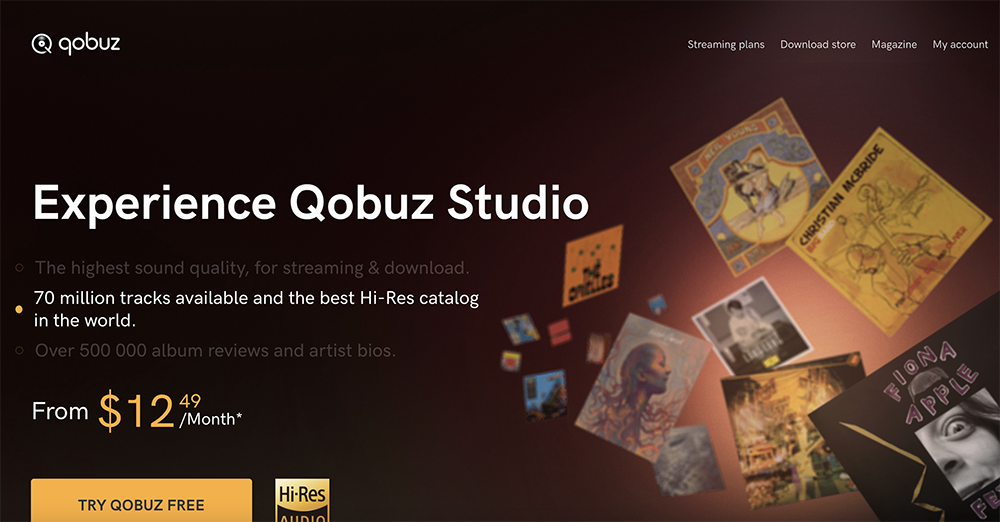
Audio Is Hot Again
SXSW panel focuses on a much broader category that now includes high-res streaming services and apps like Clubhouse and Calm
Continue to read
CONSUMER TECHNOLOGY CALENDAR
Upcoming Events
HTSA Spring 2021 Virtual Conference: Ahead of the Curve:
April 5, 2021
https://hsta.configio.com/
—
Azione Spring Conference:
Late April 2021 (Date TBA)
https://www.azioneunlimited.com/
—
Philly Tech Week:
May 7-15, 2021
https://2021.phillytechweek.com/
—
Parks Associates CONNECTIONS 2021:
Supporting Remote Workers with a Smarter Home:
May 12, 2021
http://www.parksassociates.com/events/connections-us
—
Parks Associates CONNECTIONS 2021:
State of the Smart Home; Pro-Installers and Home Technologies:
May 25
http://www.parksassociates.com/events/connections-us
STAT SHOT
CE Industry By Numbers

…boxes an hour that Stretch, Boston Dynamic’s first commercial robot, can move. Unlike traditional warehouse and distribution center robots, the multipurpose robot’s advanced computer vision lets it maneuver around any space and easily recognize boxes on the fly without the need for costly automation infrastructure or training.
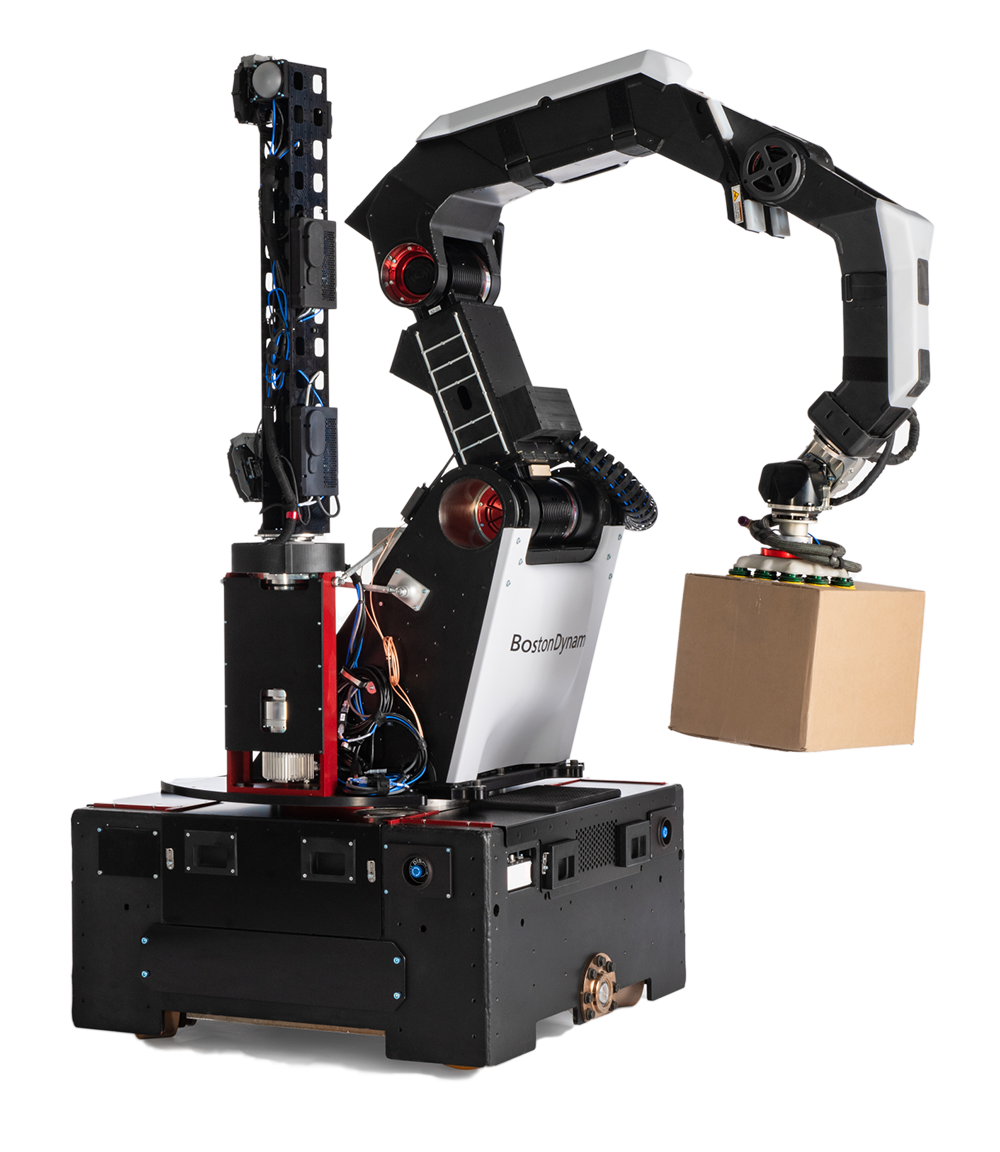

…store openings announced by retailers for 2021, versus 2,548 closures, per Coresight Research. With the exception of Five Below, Marshall’s, and TJ Maxx, the bulk of those stores are exclusively in the apparel and grocery categories.
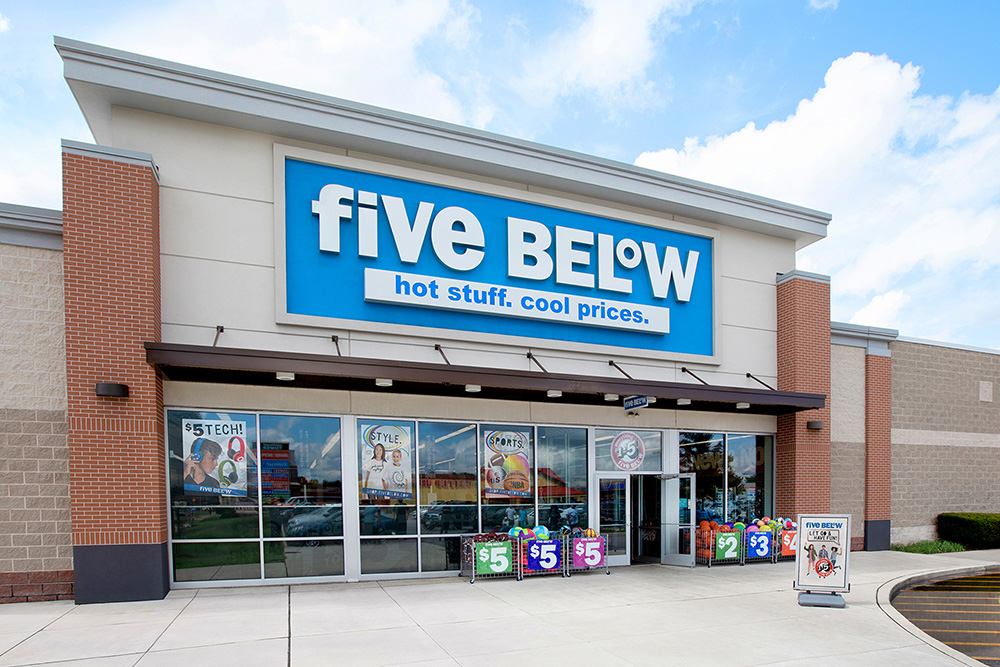

…estimated loss in dollars by Office Depot’s parent company, OBD Corporation, as a result of a March 1 malware data breach at its CompuCom managed services provider (MSP), which provides IT services to various companies, including retailers Home Depot, Lowes, and Target

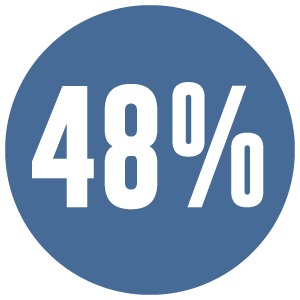
…fewer accidents by Amazon delivery drivers after the company piloted a 2020 program whereby AI-enabled in-vehicle smart cameras track 16 different behaviors, including driver drowsiness, distraction, and seat-belt compliance. The company has since dropped “face mask compliance” as a tracked behavior, but is already deploying the cameras in the vehicles of independent delivery service partners.
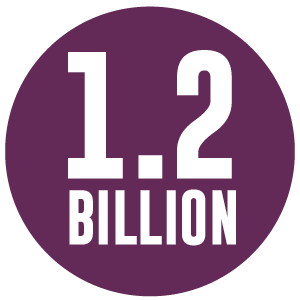
…additional pieces of package volume at the United States Post Office in 2020. The 18.8 percent rise in package volume also contributed to a $2 billion rise in revenue from 2019 to 2020, and comes just as Postmaster General and CEO Louis DeJoy announced controversial cost-cutting plans that will lengthen the guaranteed delivery window of first-class mail and close individual post office locations.

Refresh Your Subscription!
Get Dealerscope and Connected Design delivered to your doorstep or to your email.
How, where and when we work has changed dramatically. We realize that these changes in your work habits may have impacted how you receive your issues.
Click on the links below to update how and where you receive your issues! Change your mailing address or request a change from print to digital, or just head to our websites.
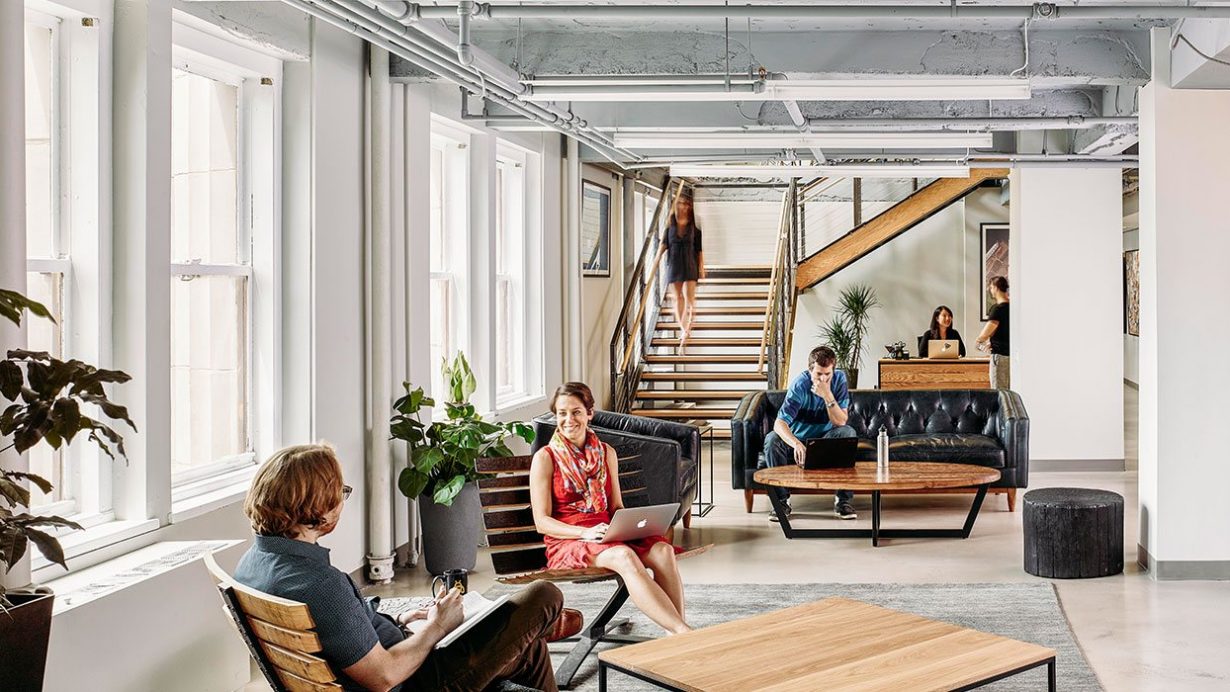
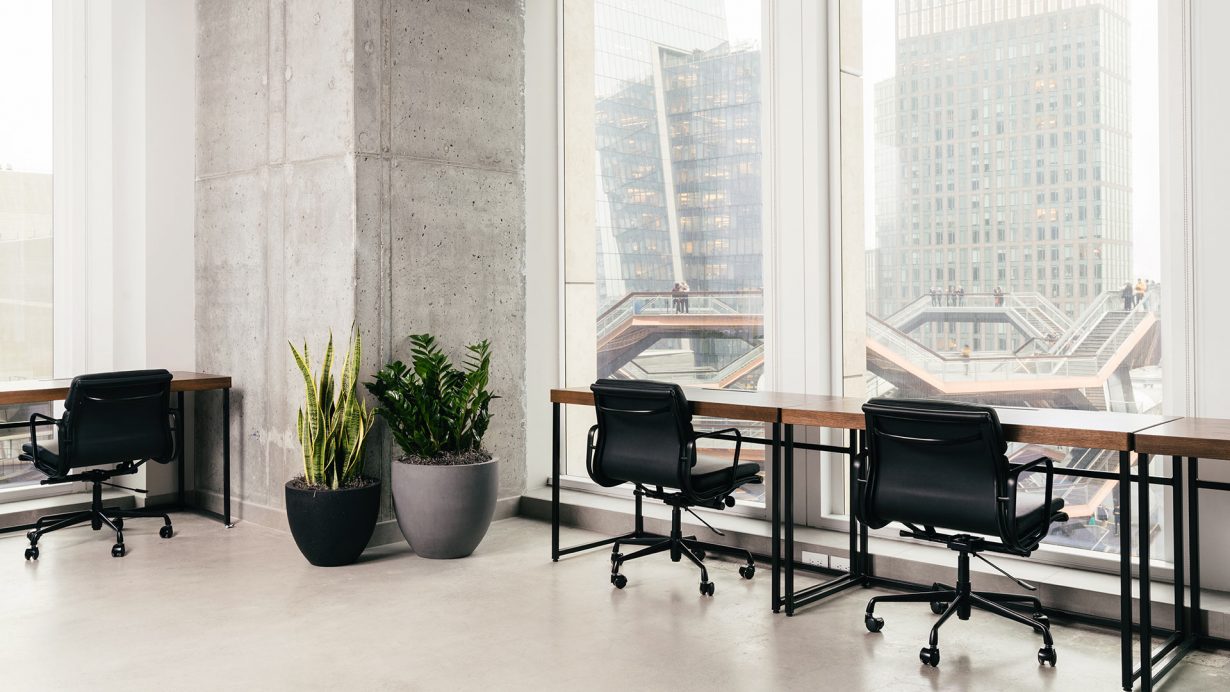

PA OFFICE:
230 South Broad Street, 17th floor
Philadelphia, PA 19102
NY OFFICE:
31 Hudson Yards, New York, NY 10001
E-Mail: dealerscope@ctlab.media
EDITORIAL
EDITOR IN CHIEF
Tom Samiljan
tsamiljan@ctlab.media
SENIOR MANAGING EDITOR
Stephanie Adamow
sadamow@ctlab.media
CHIEF EDITOR DIGITAL CT LAB
Jessica Guyon
(267) 266-1432
jguyon@ctlab.media
CONTRIBUTING EDITORS
Paul Gipson
Nancy Klosek
Paul Richards
Lance Rosenzweig
Stephen Silver
Brett Solomon
Giles Sutton
CREATIVE
Astrid von Krenski
(940) 727 8595
avkrenski@ctlab.media
EDITORIAL OFFICES
230 South Broad Street, 17th Floor
Philadelphia, PA 19102
www.dealerscope.com
SALES & MARKETING
CHIEF OPERATING OFFICER
Alice Schmalzl
(940) 612-9581
aschmalzl@ctlab.media
PUBLISHER
Tony Monteleone
(718) 216-2046
tmonteleone@ctlab.media
PUBLISHER
Maryellen Oswald
(951) 677-9189
moswald@ctlab.media
SALES
Alexander Dailey
adailey@ctlab.media
SOCIAL MEDIA & VIDEO
Alexander Oswald
aoswald@ctlab.media
OPERATIONS MANAGER
Vicki Manucci
vmanucci@ctlab.media
CIRCULATION & DISTRIBUTION
Carrianne Ramsey
cramsey@ctlab.media
Reprints
Contact Publisher
List Rental, Postal/E-mail
Contact Publisher
Publisher of Dealerscope, and Connected Design
Copyright ©2021 CT Lab Global Media LLC
CT Lab Global Media is a diversified publisher of business and professional magazines. This publication is provided with the express understanding and agreement that the information and data within it will be solely for internal use and will not be used for the creation or updating of mailing lists for sale or distribution to third parties. Printed in the U.S.A.

